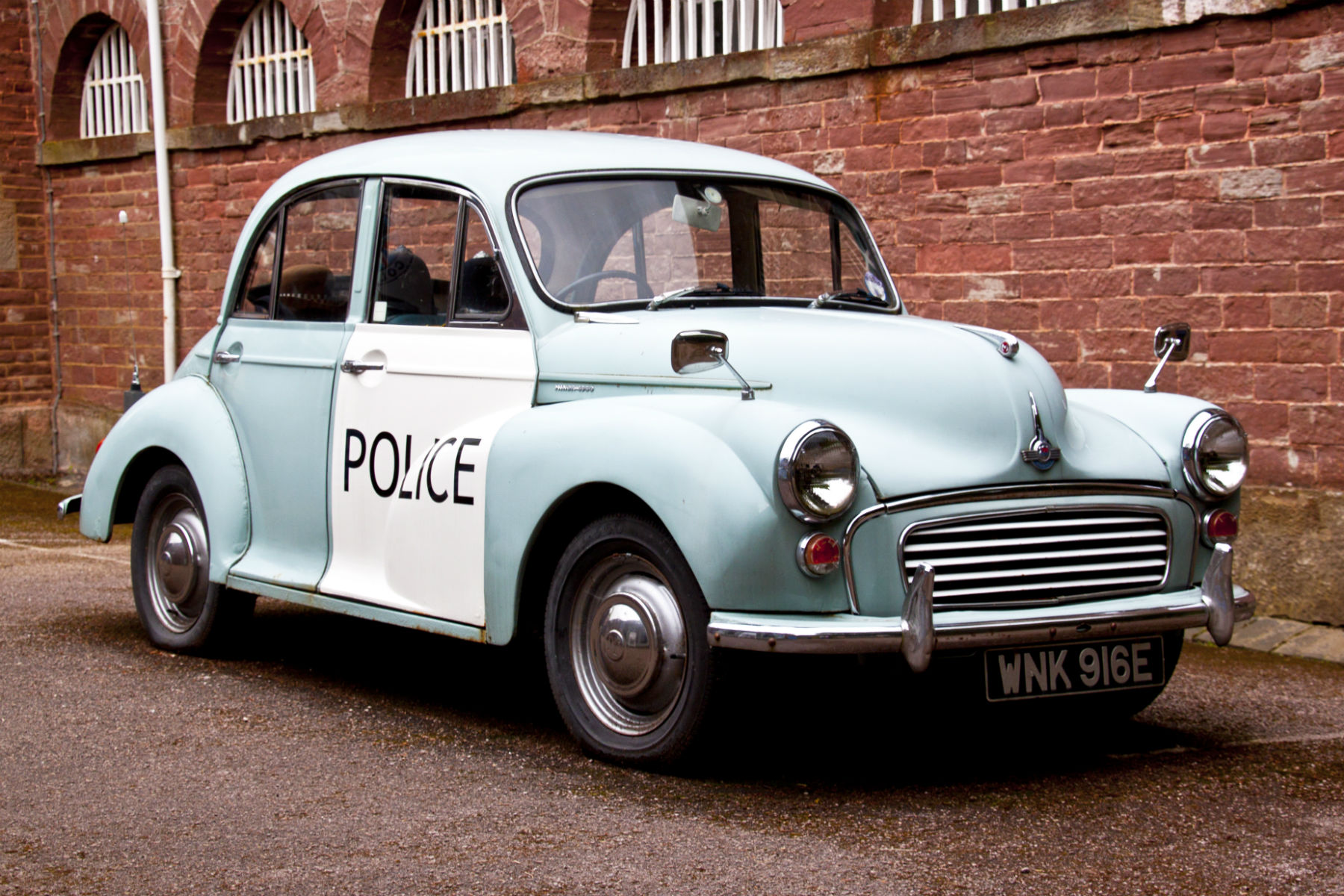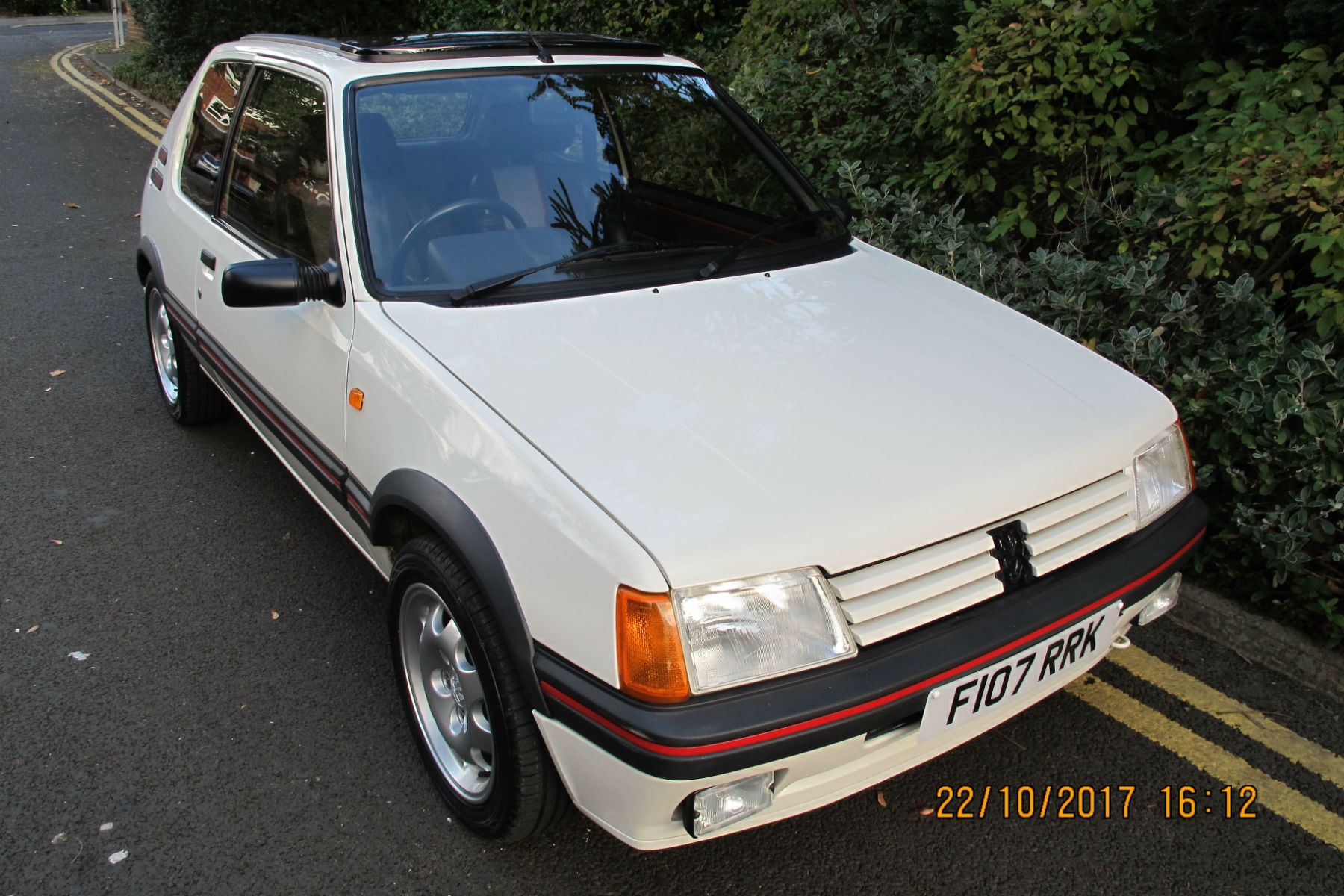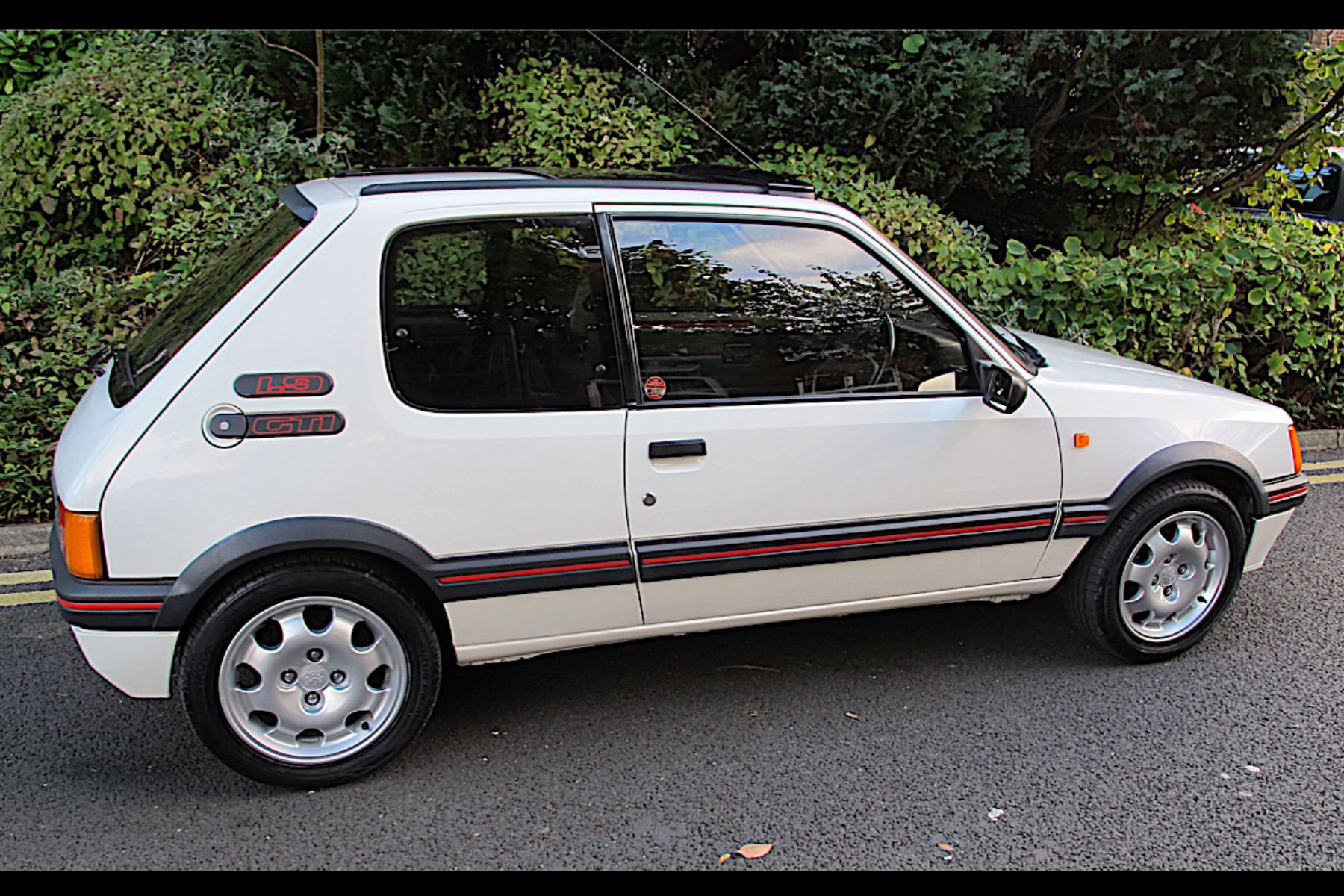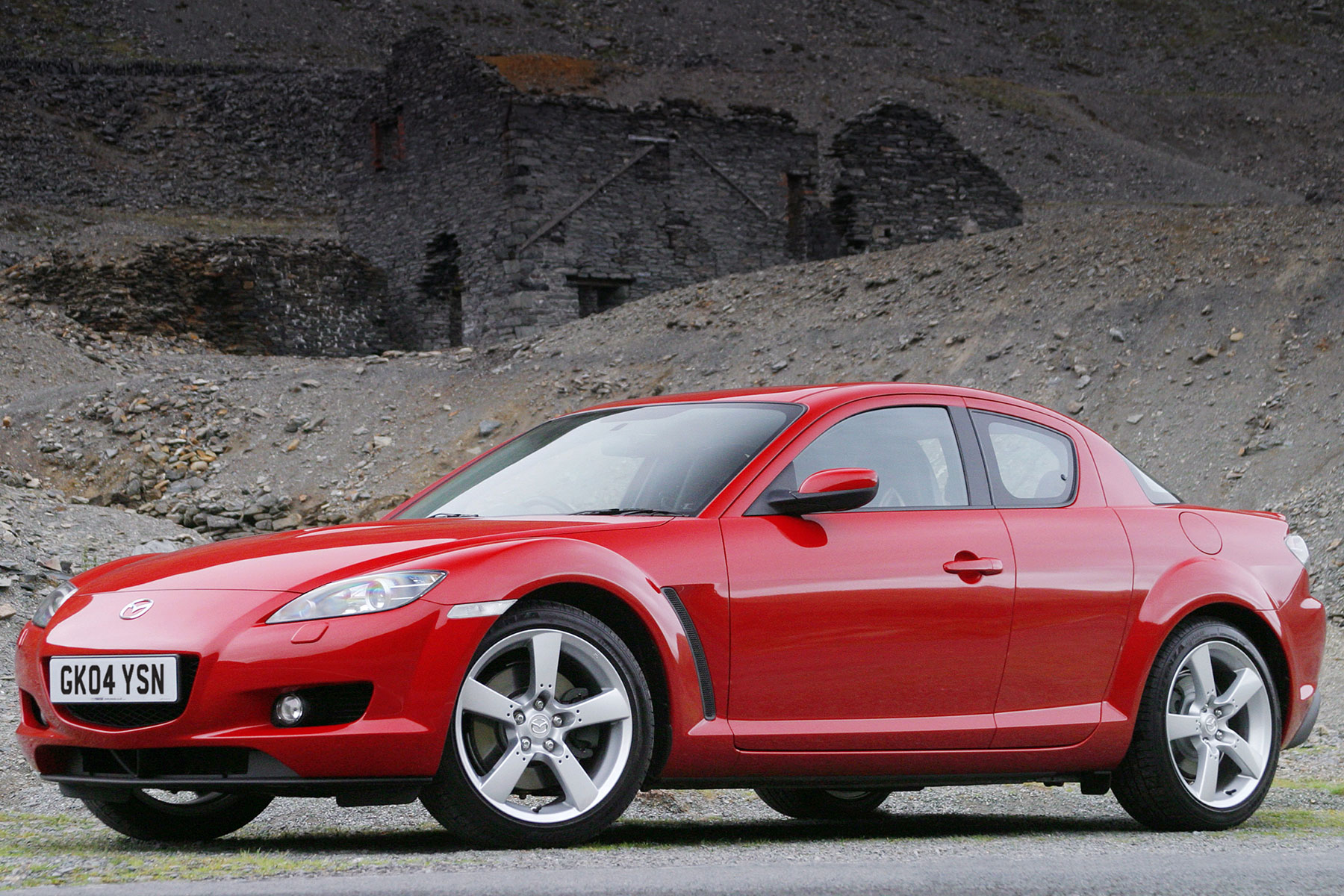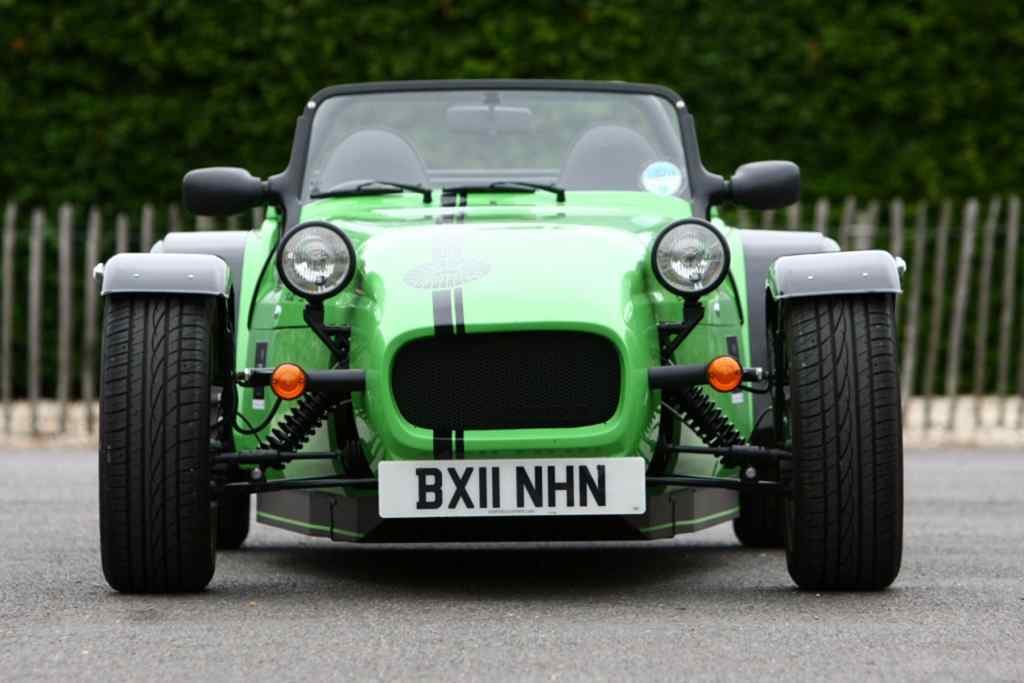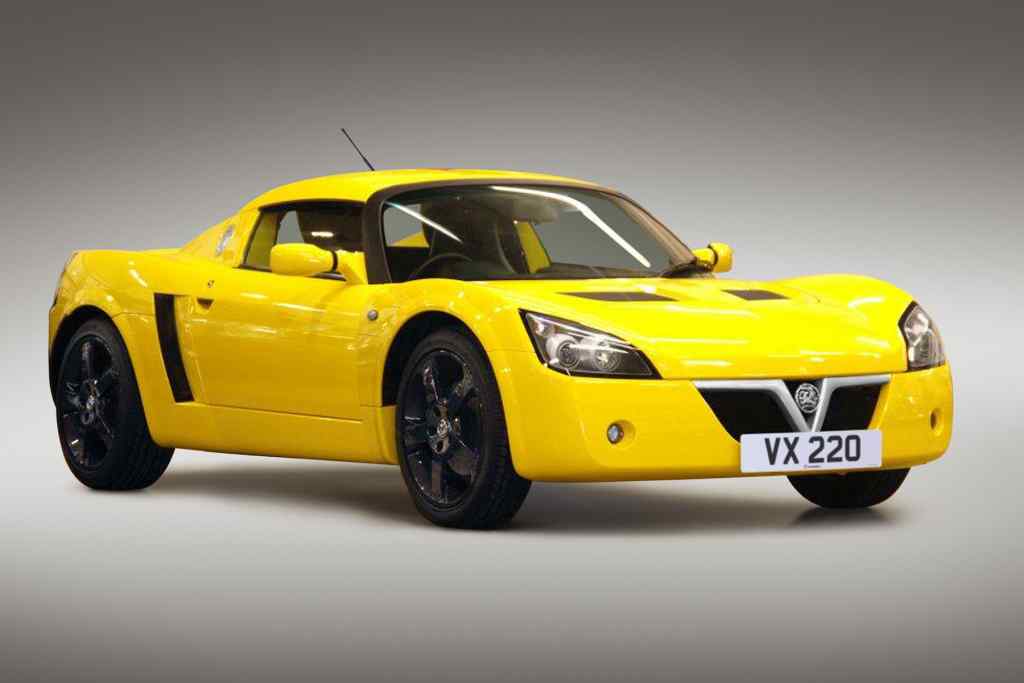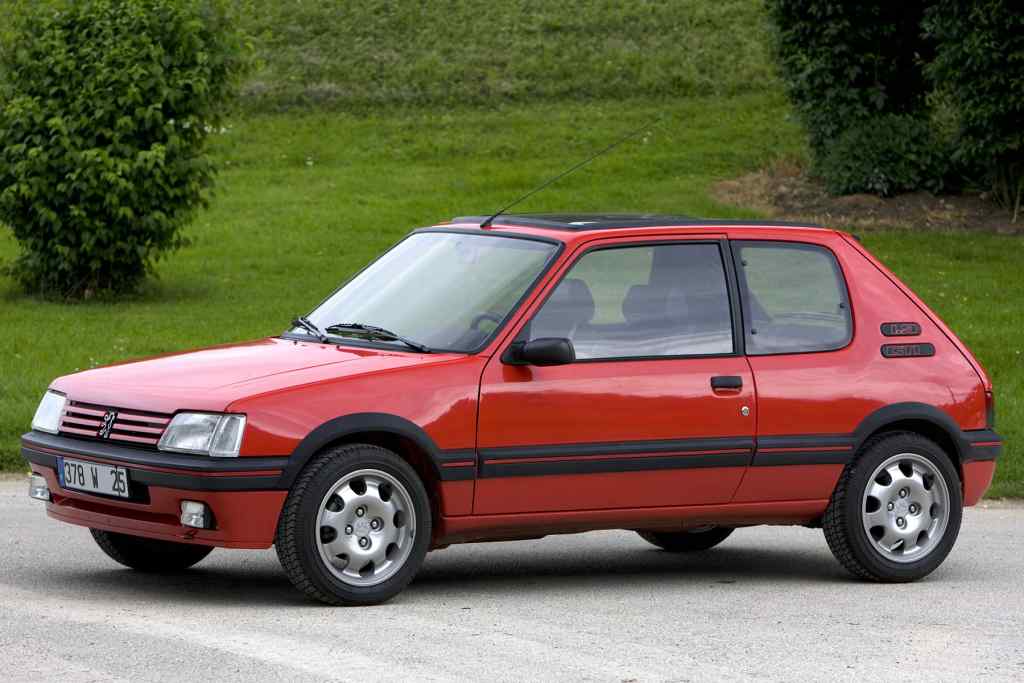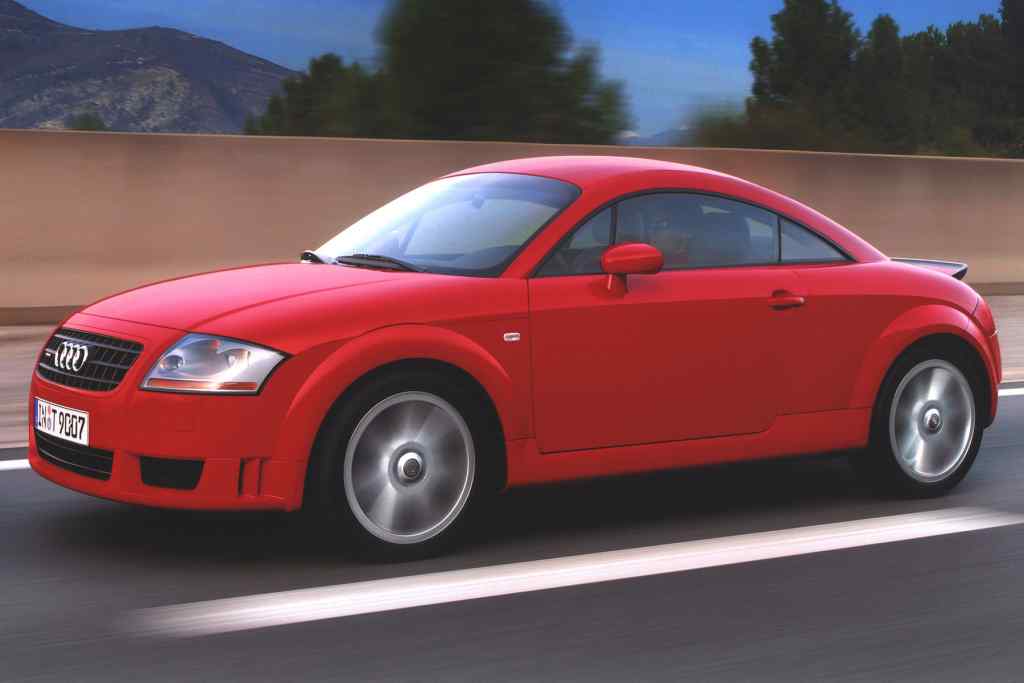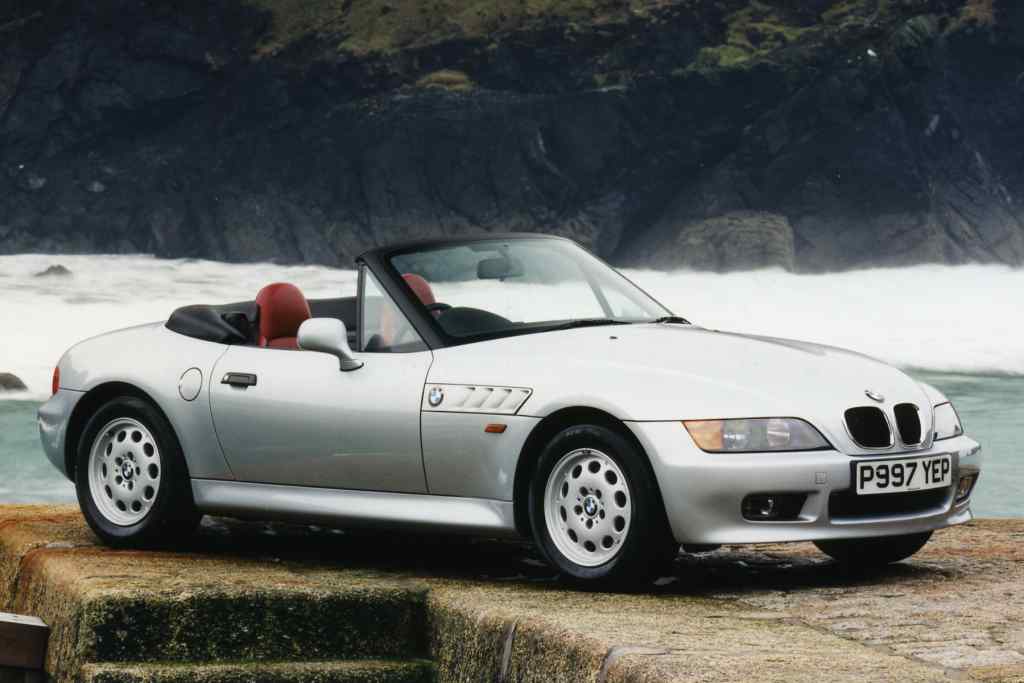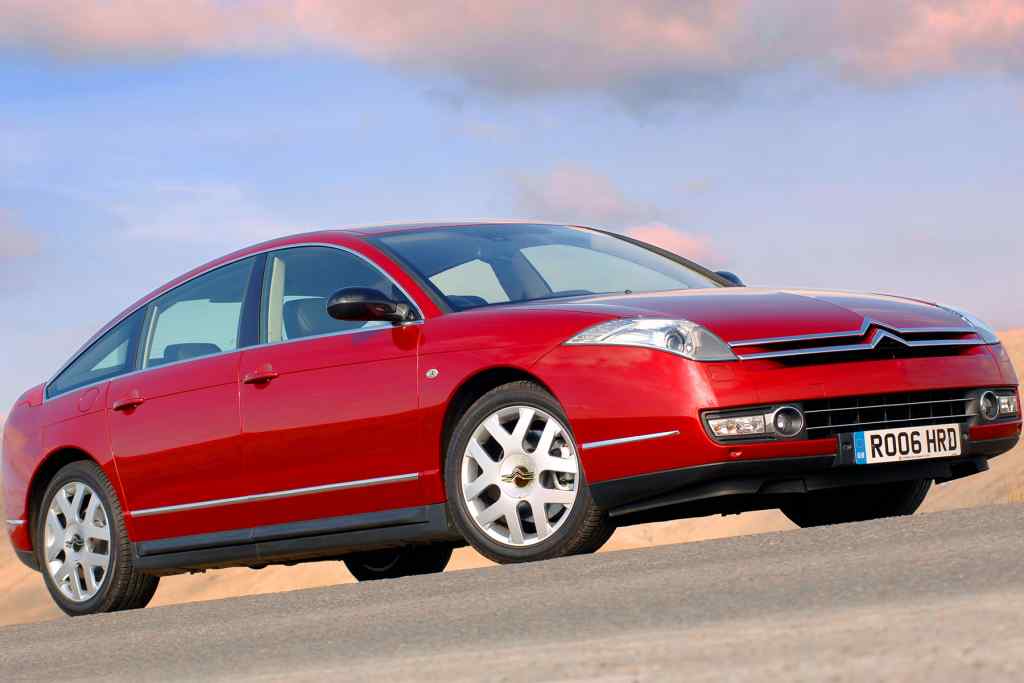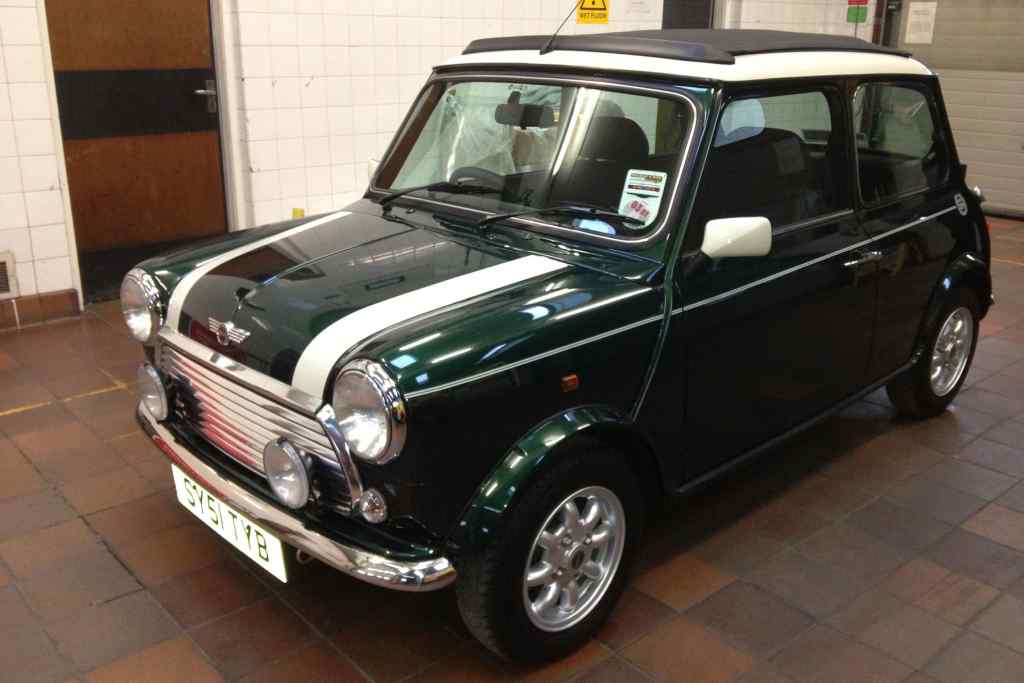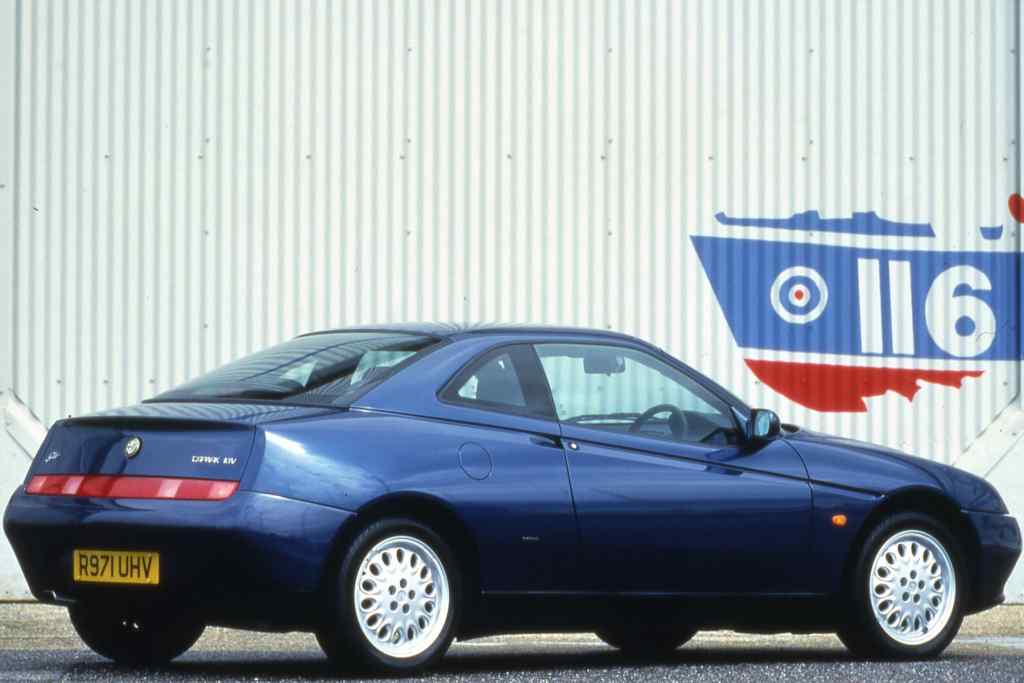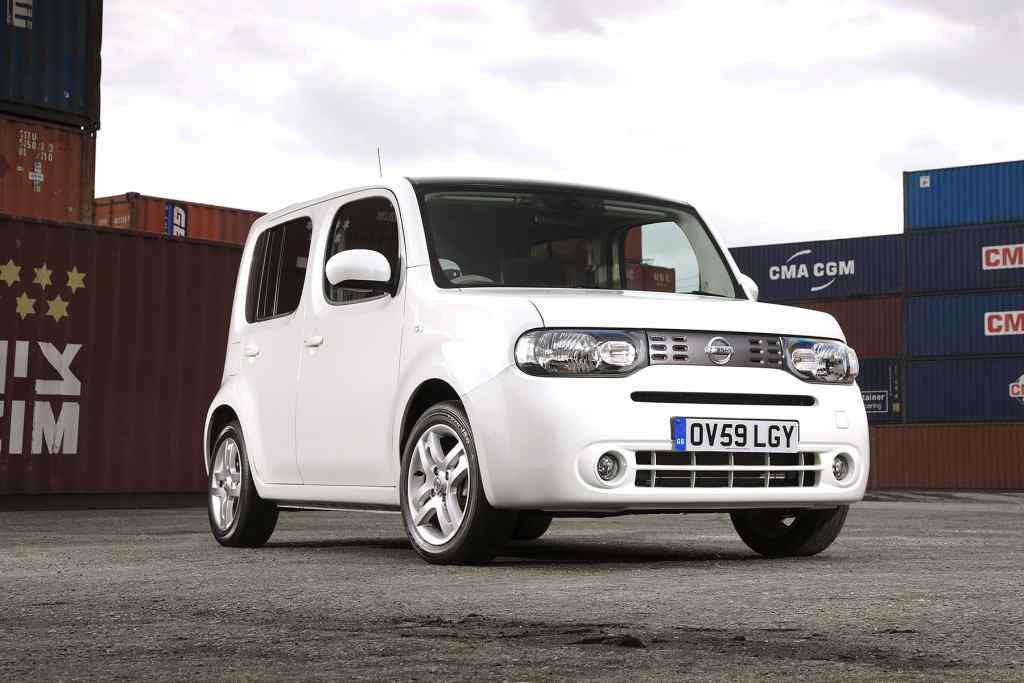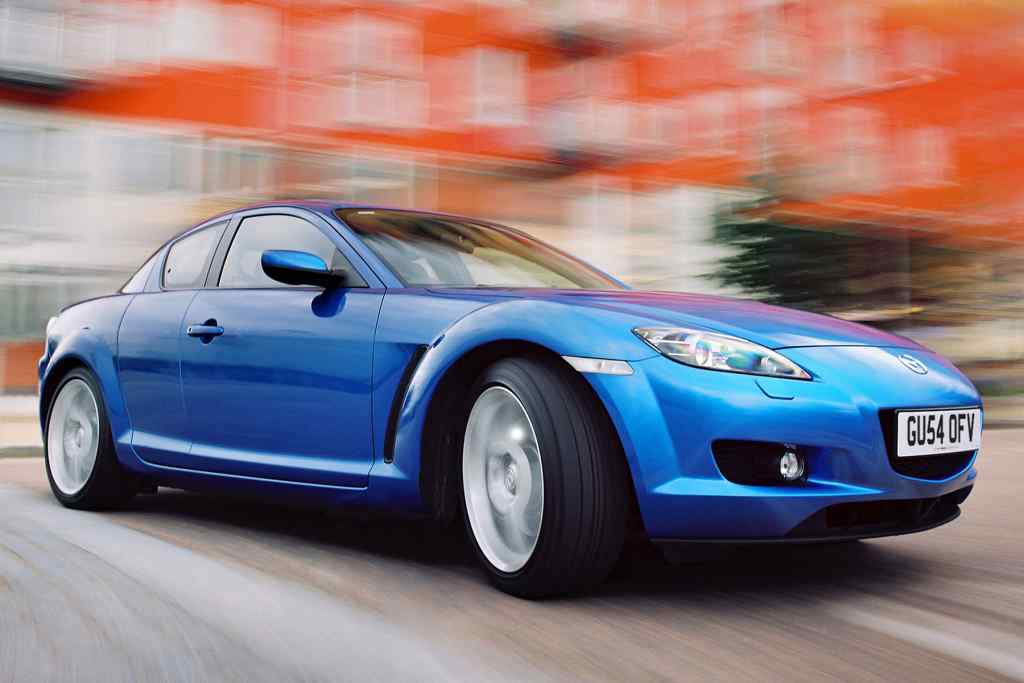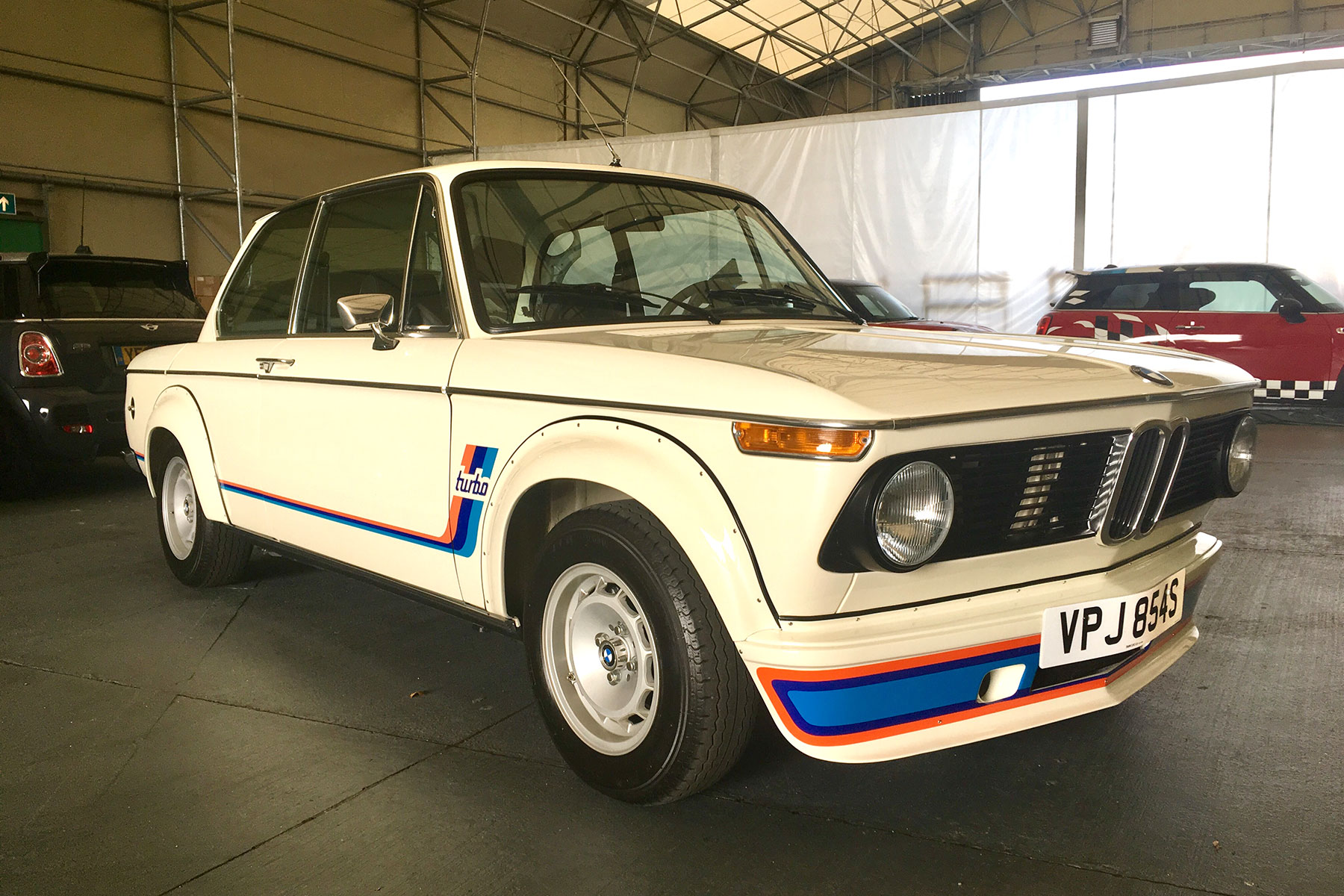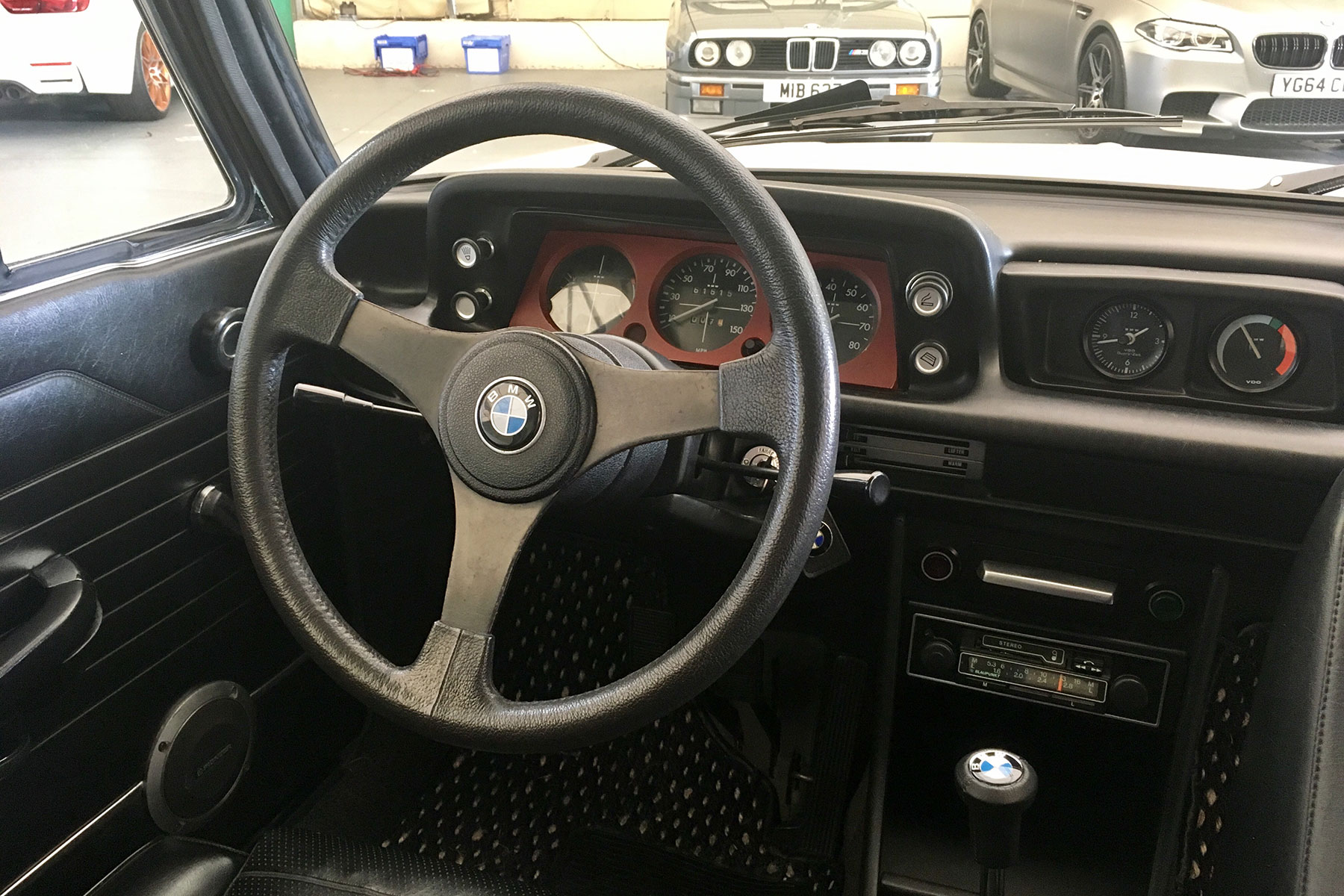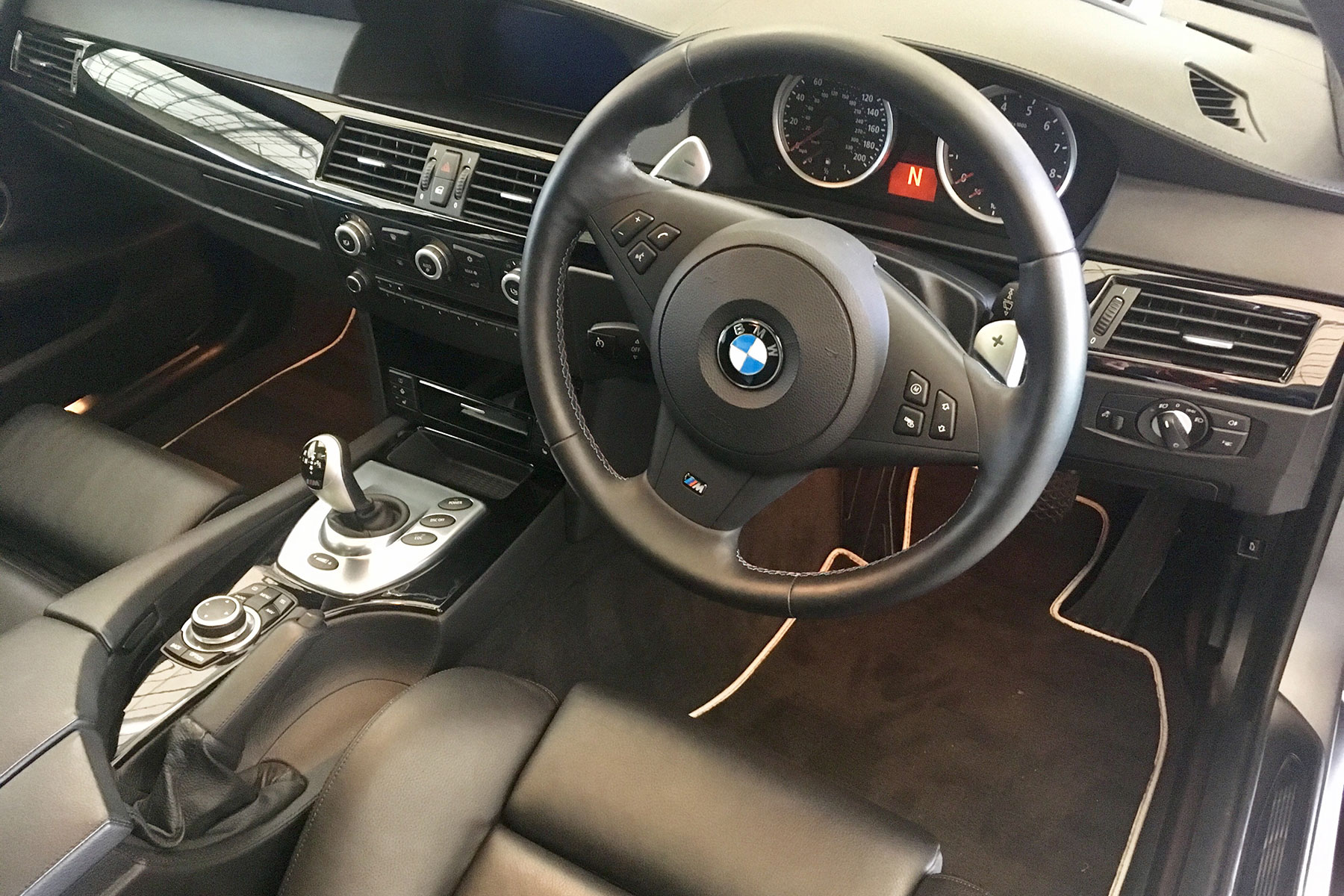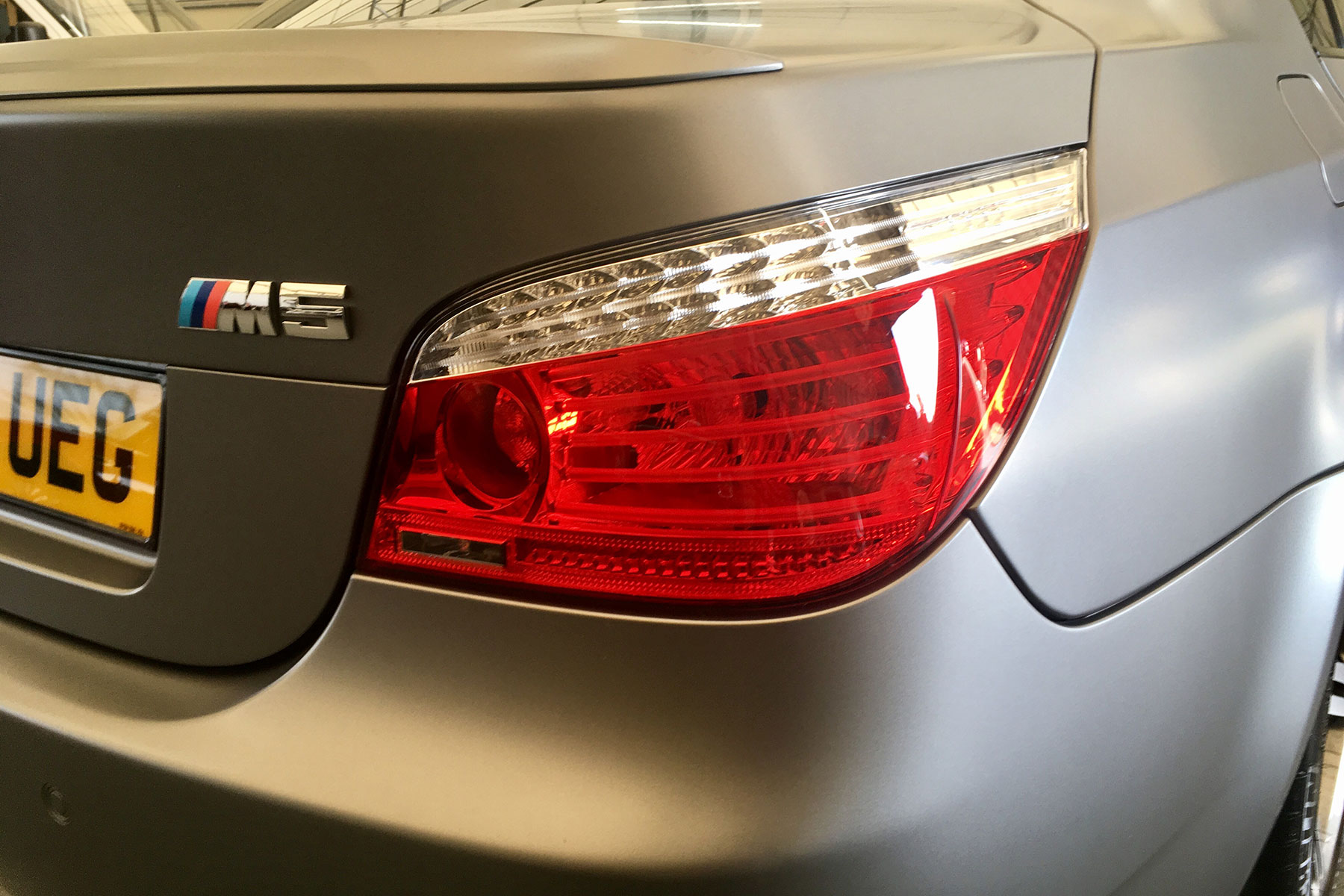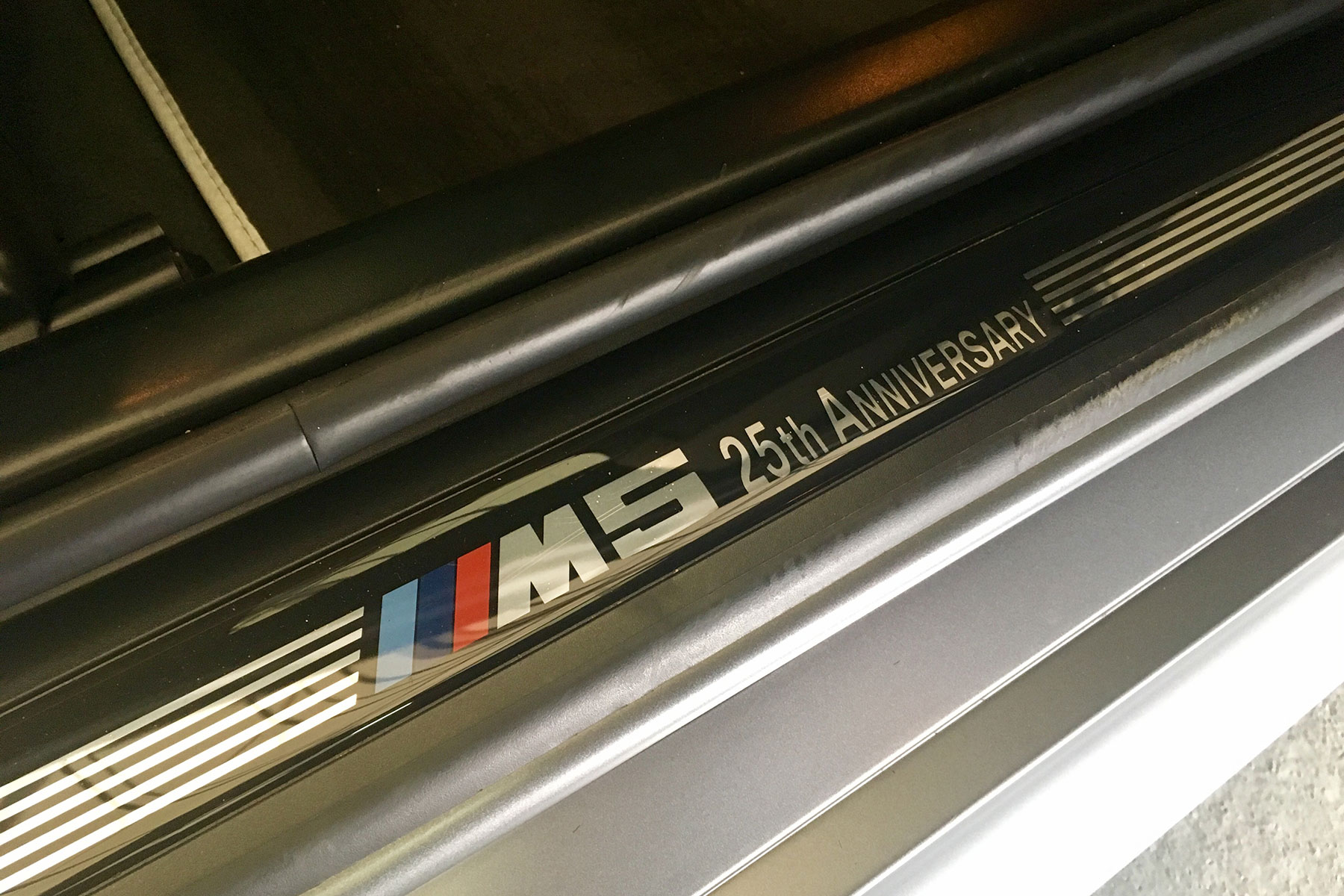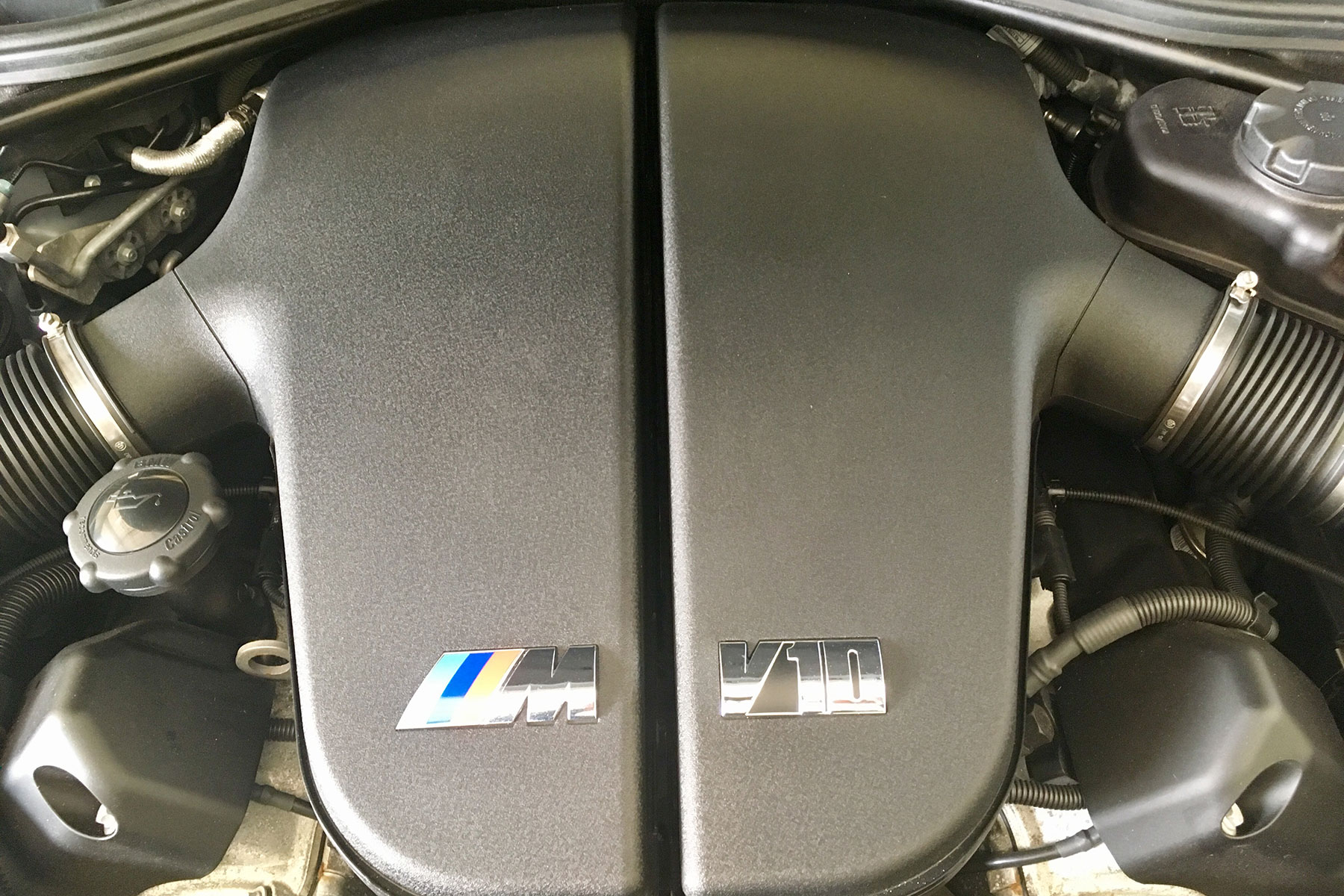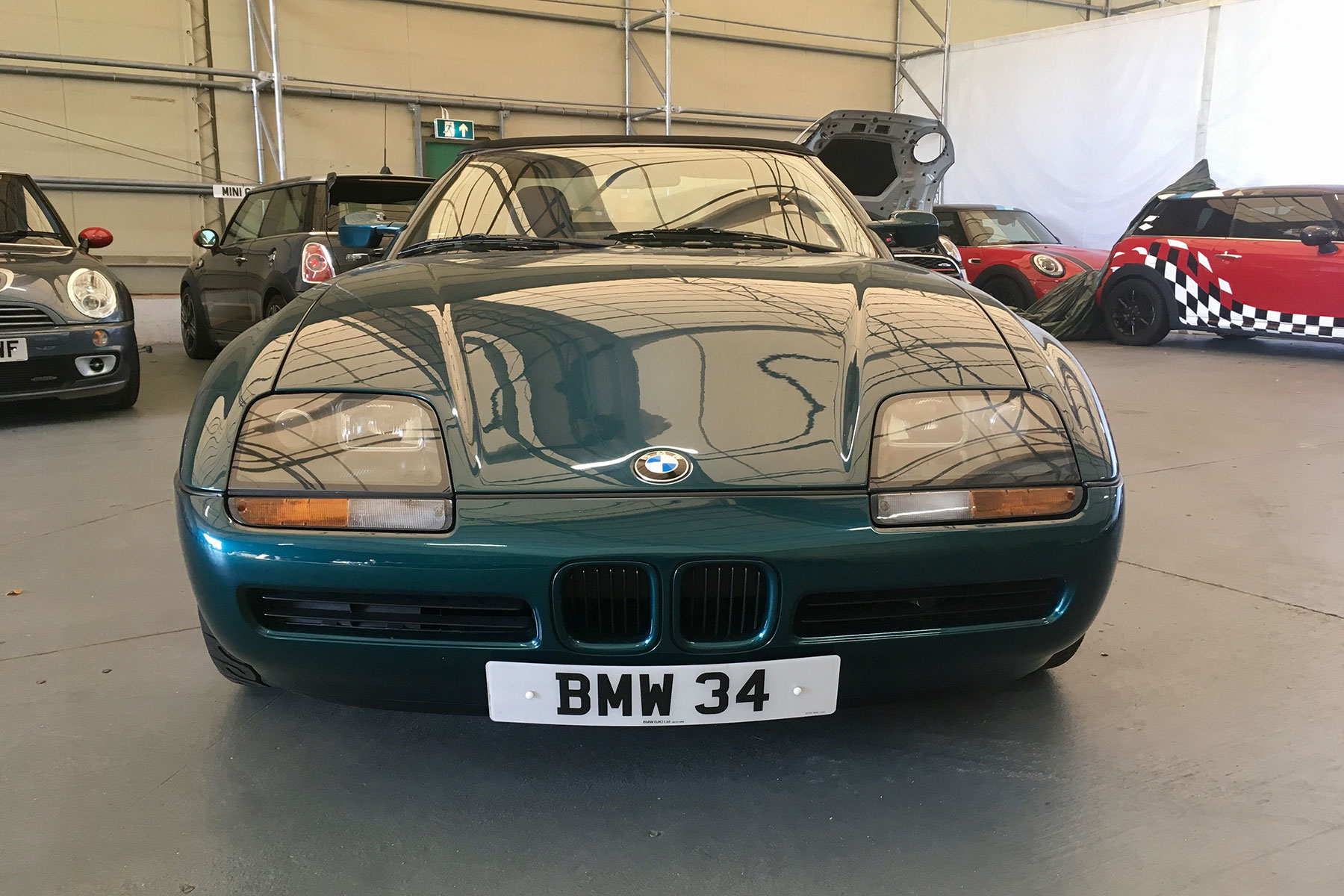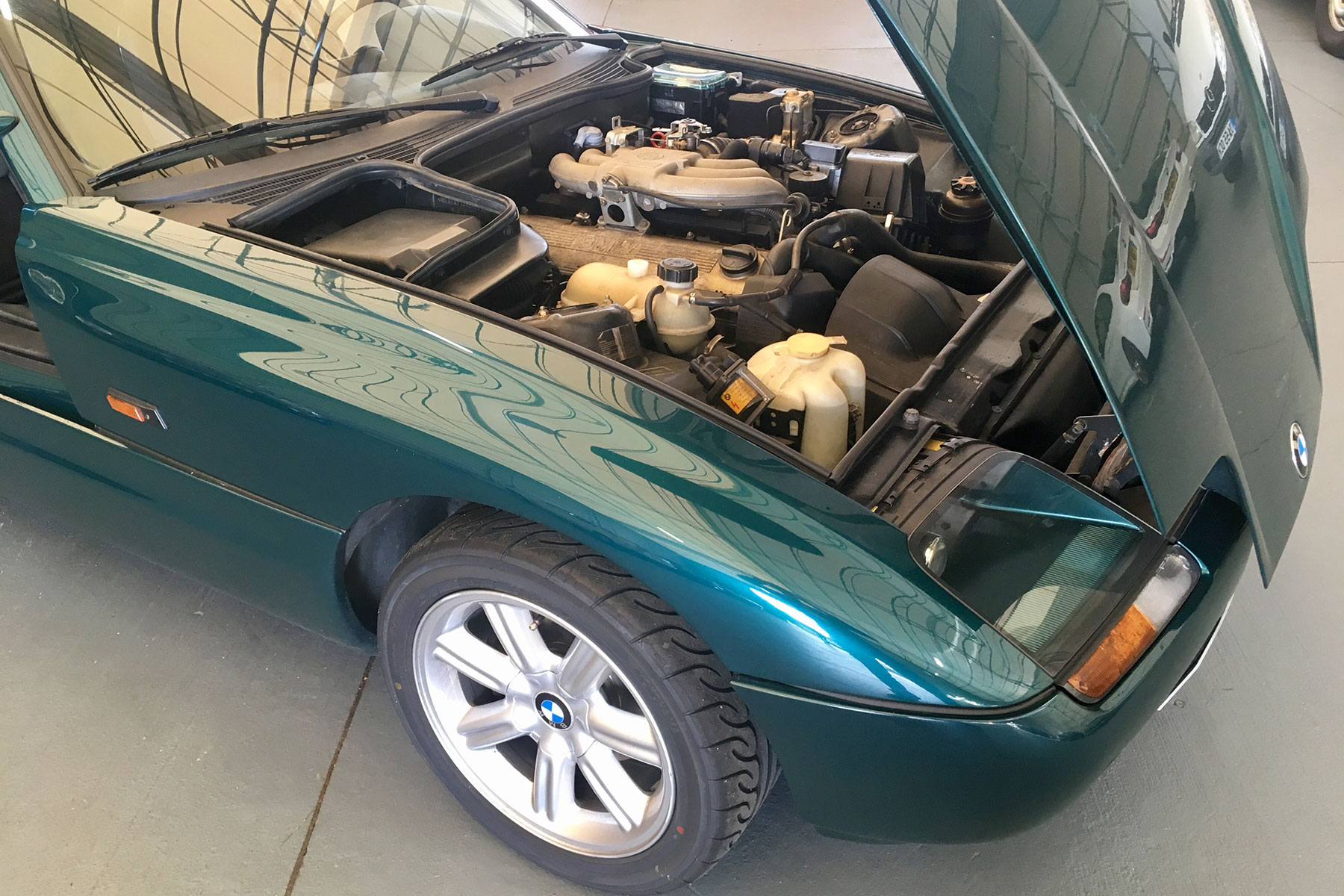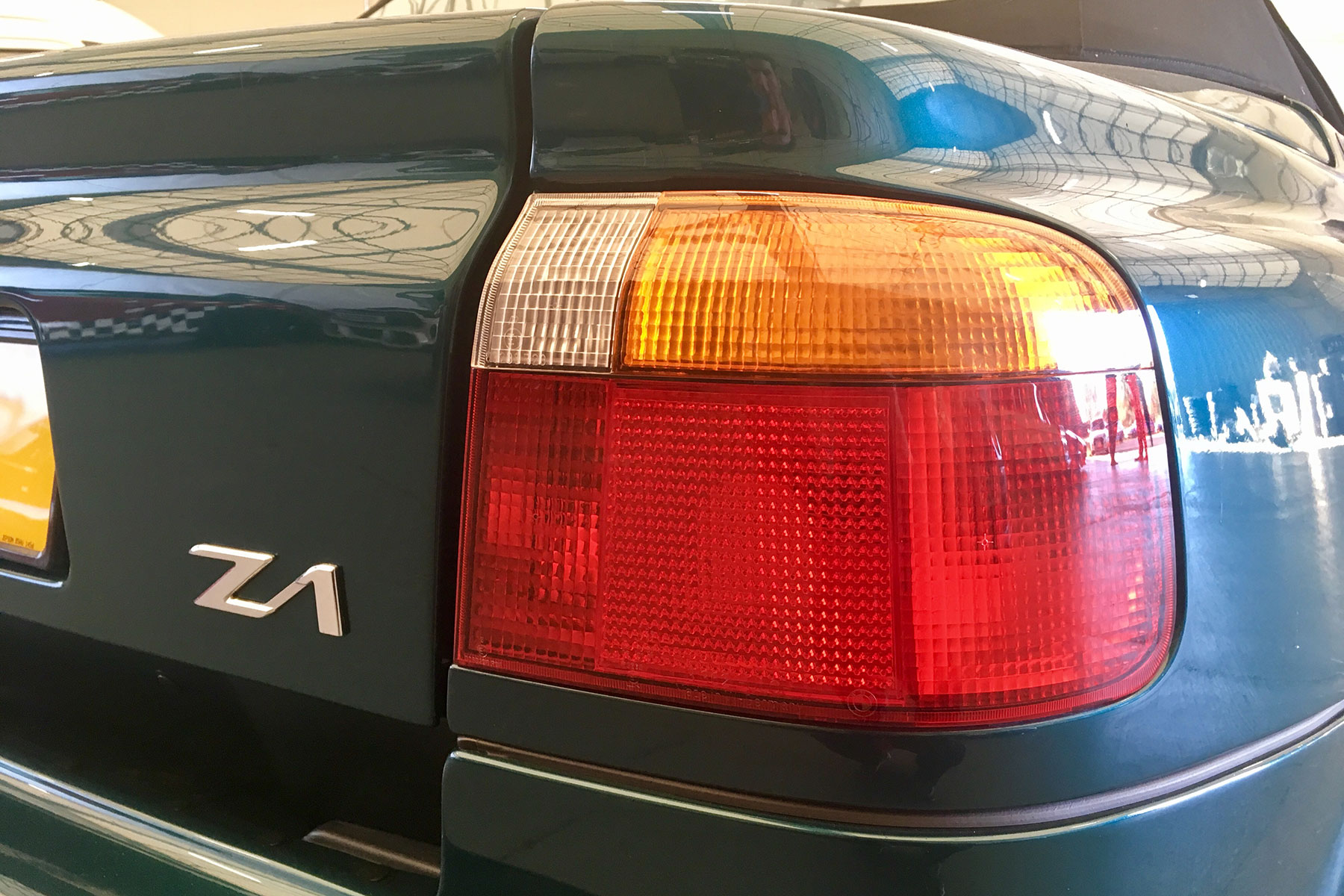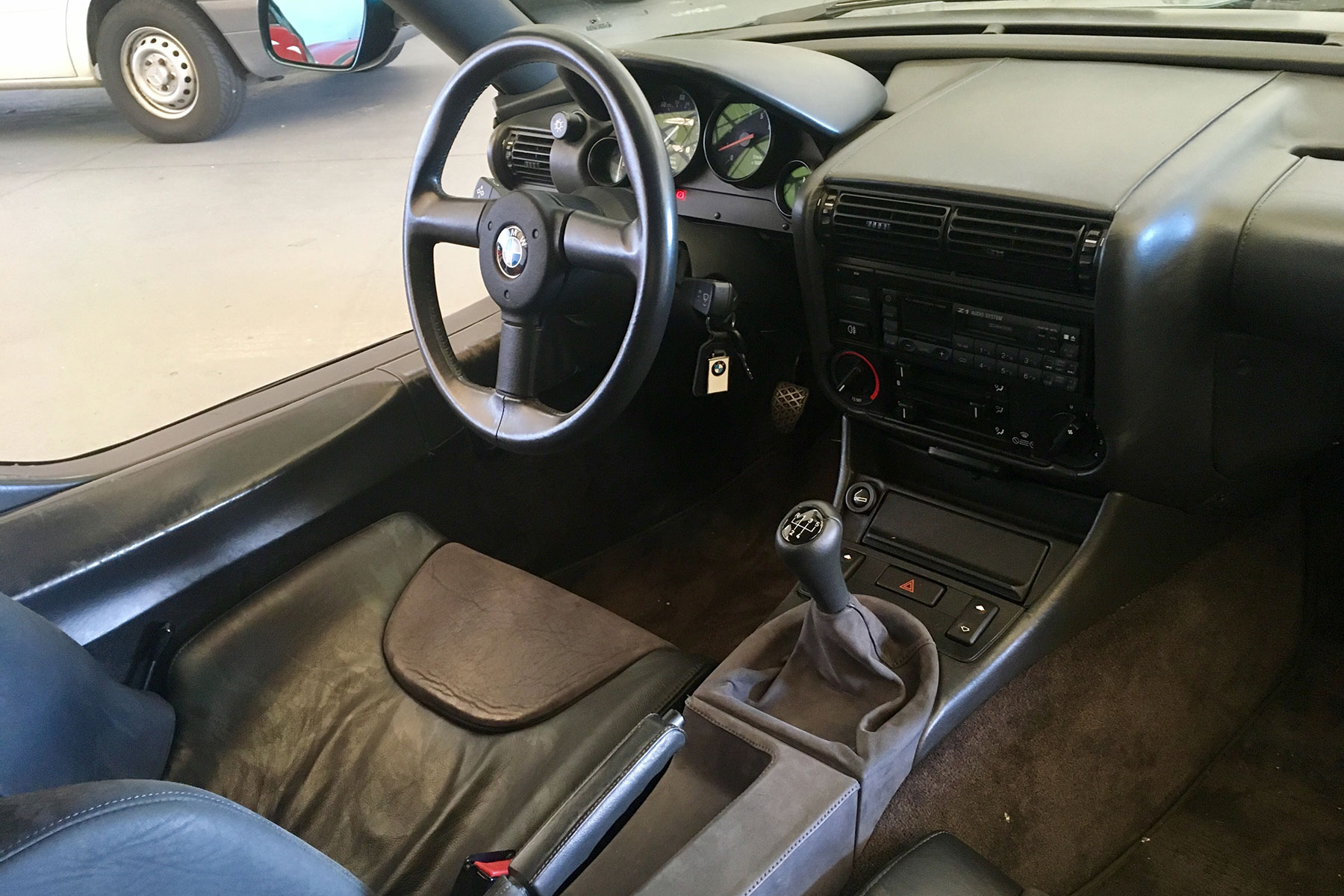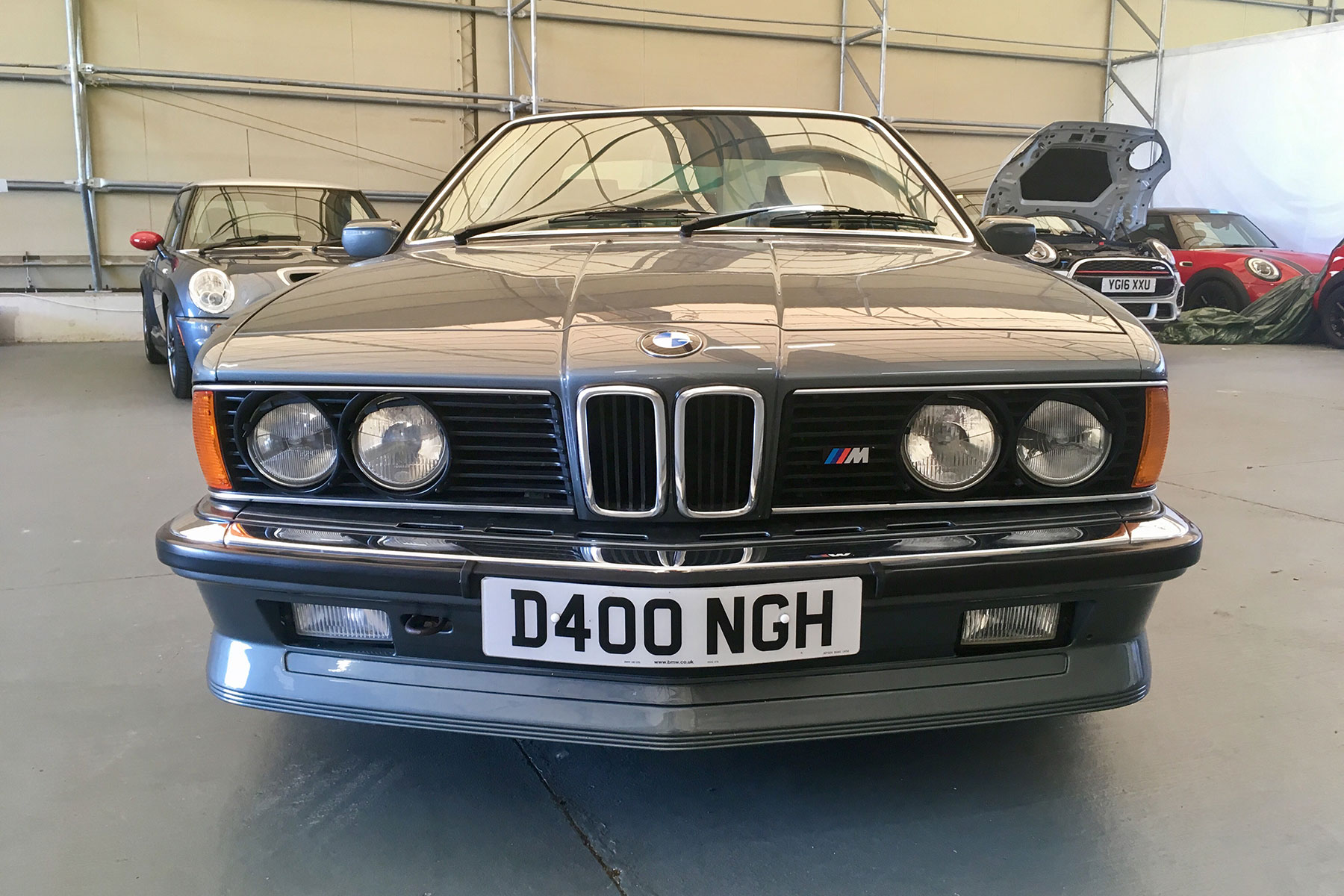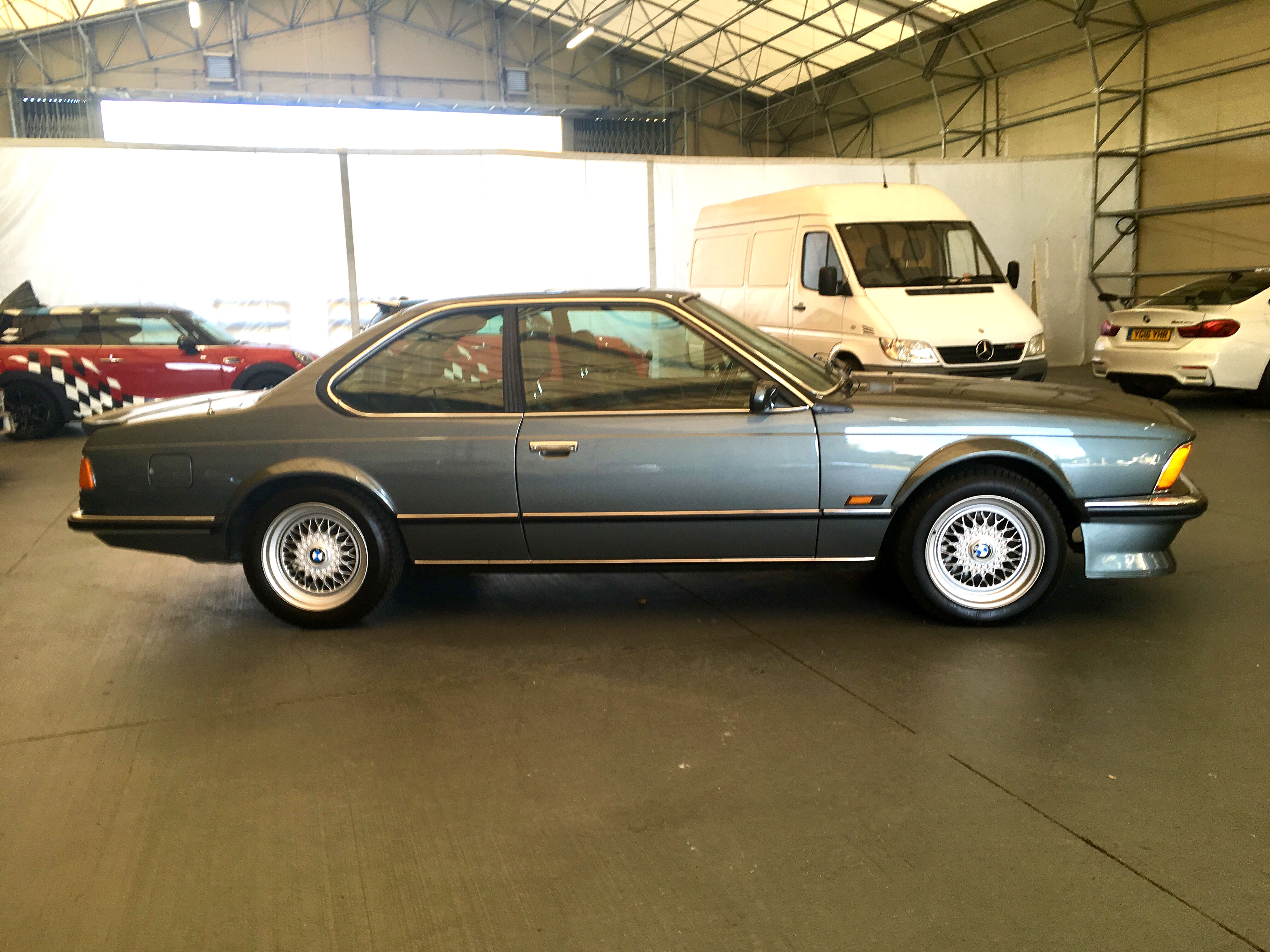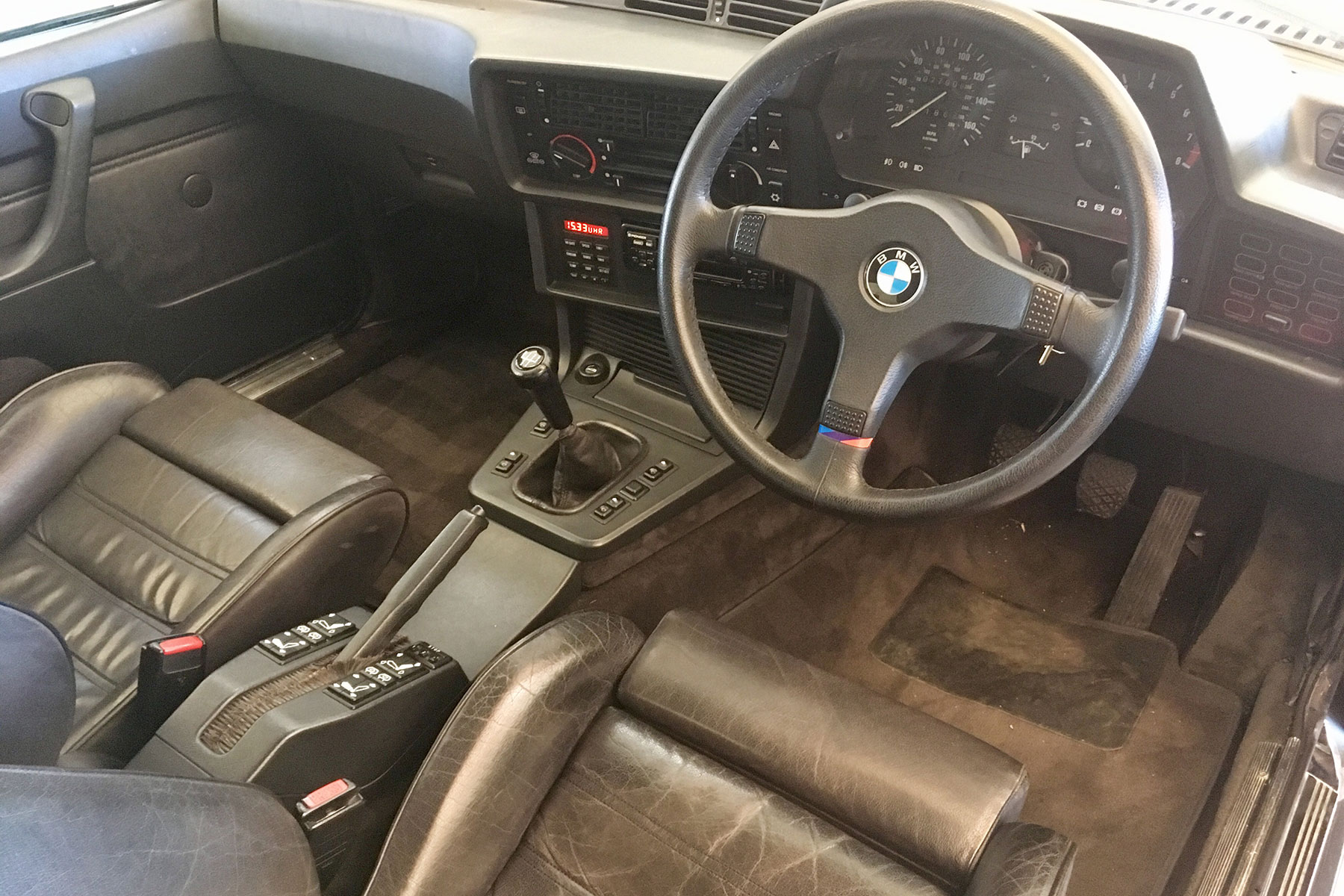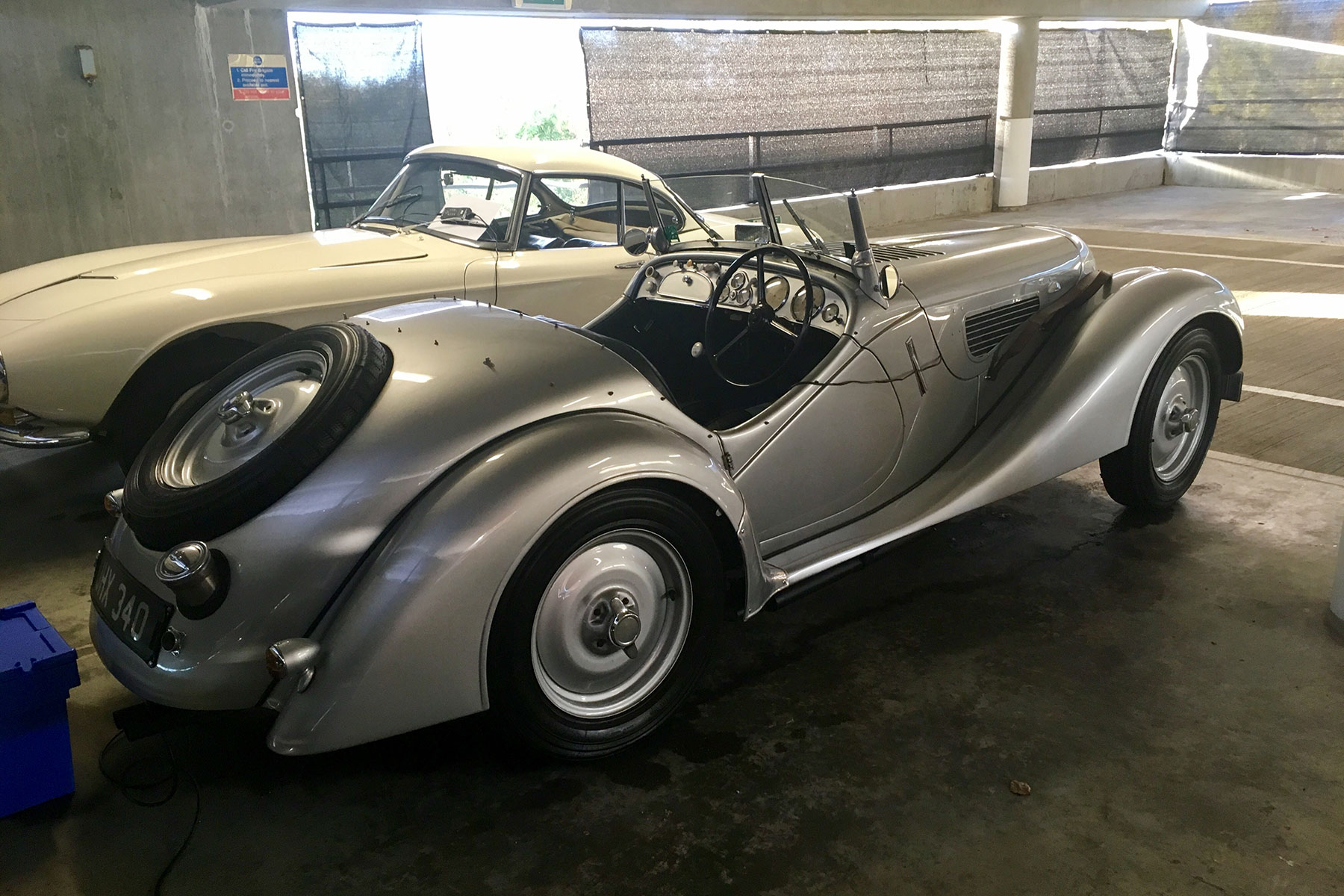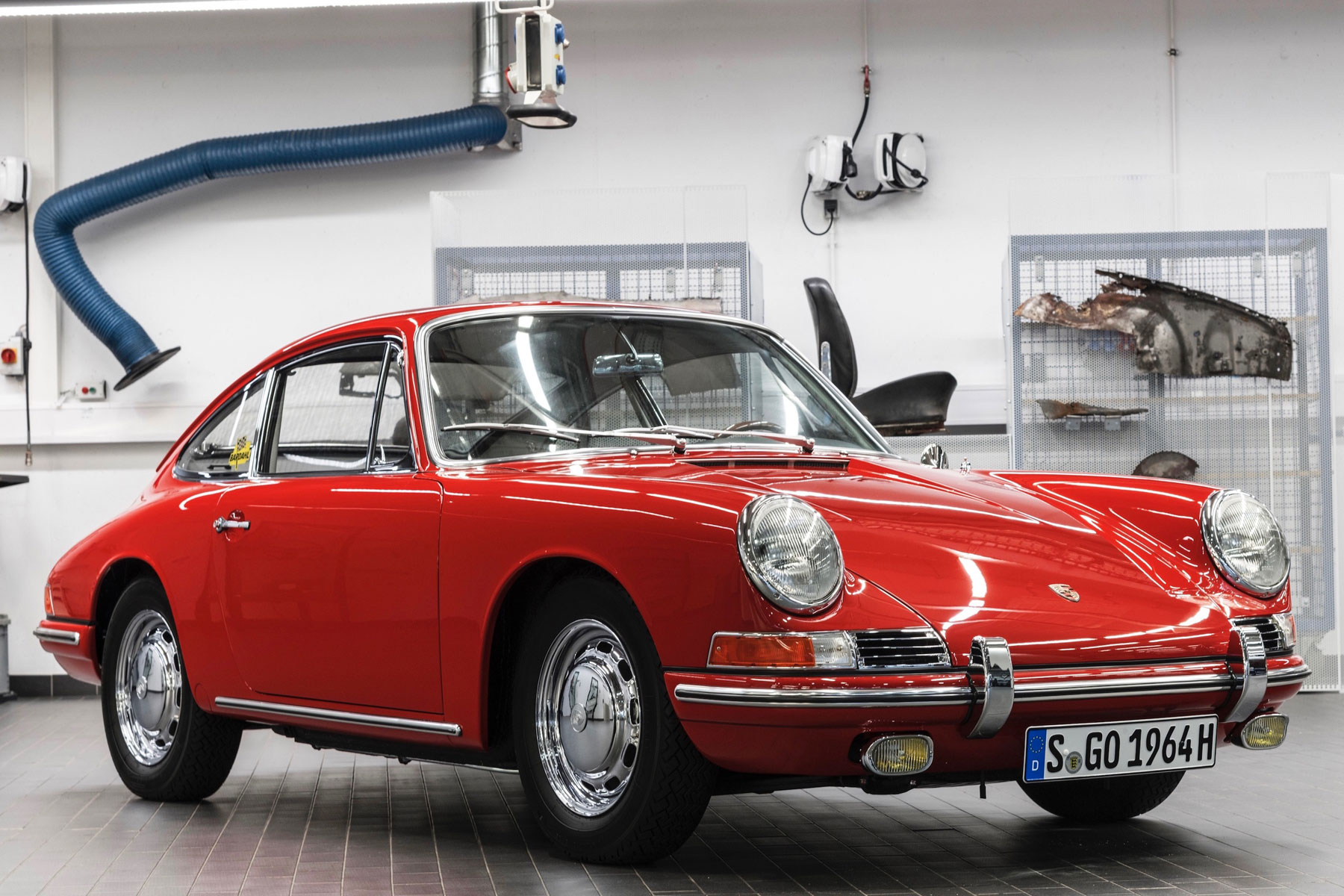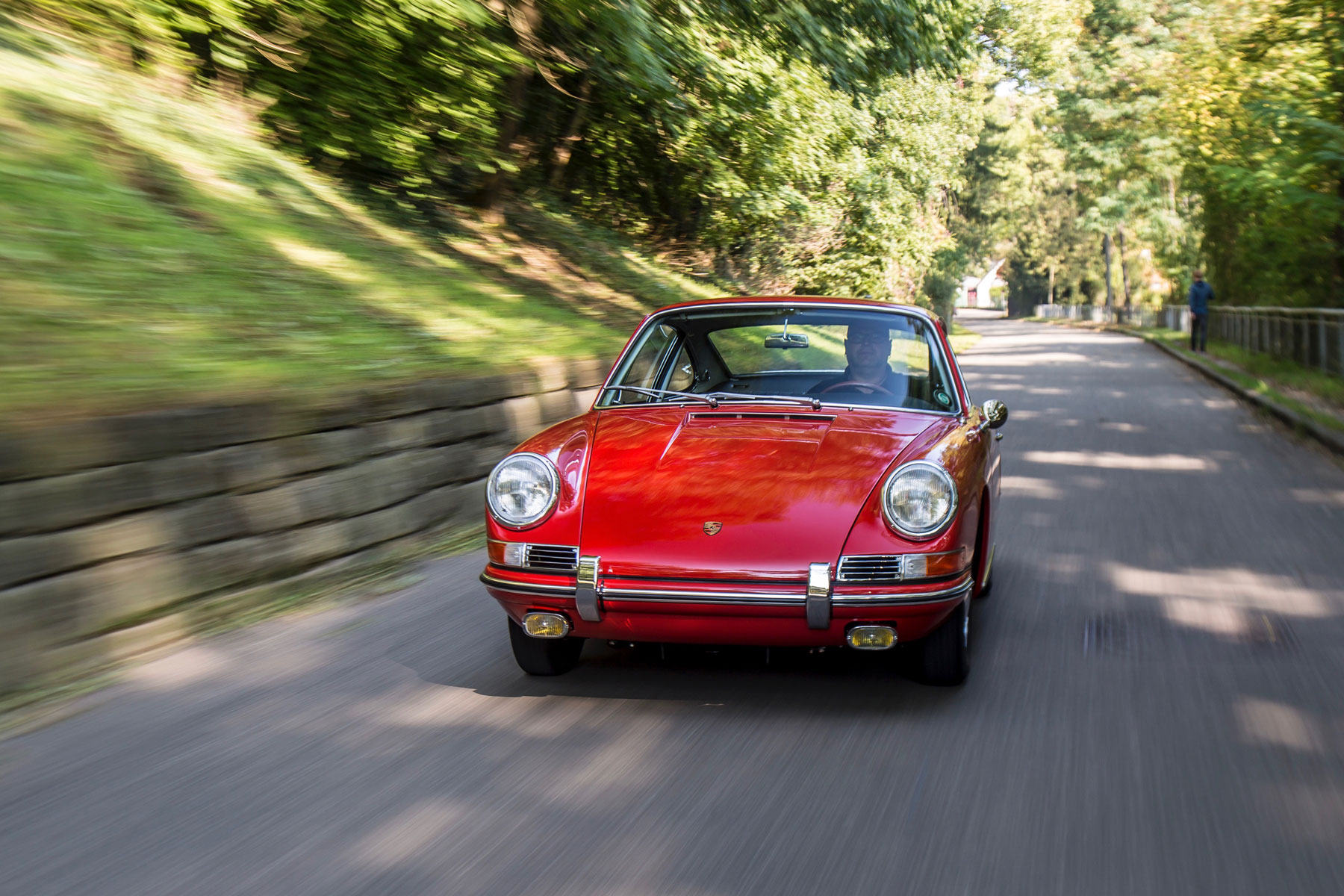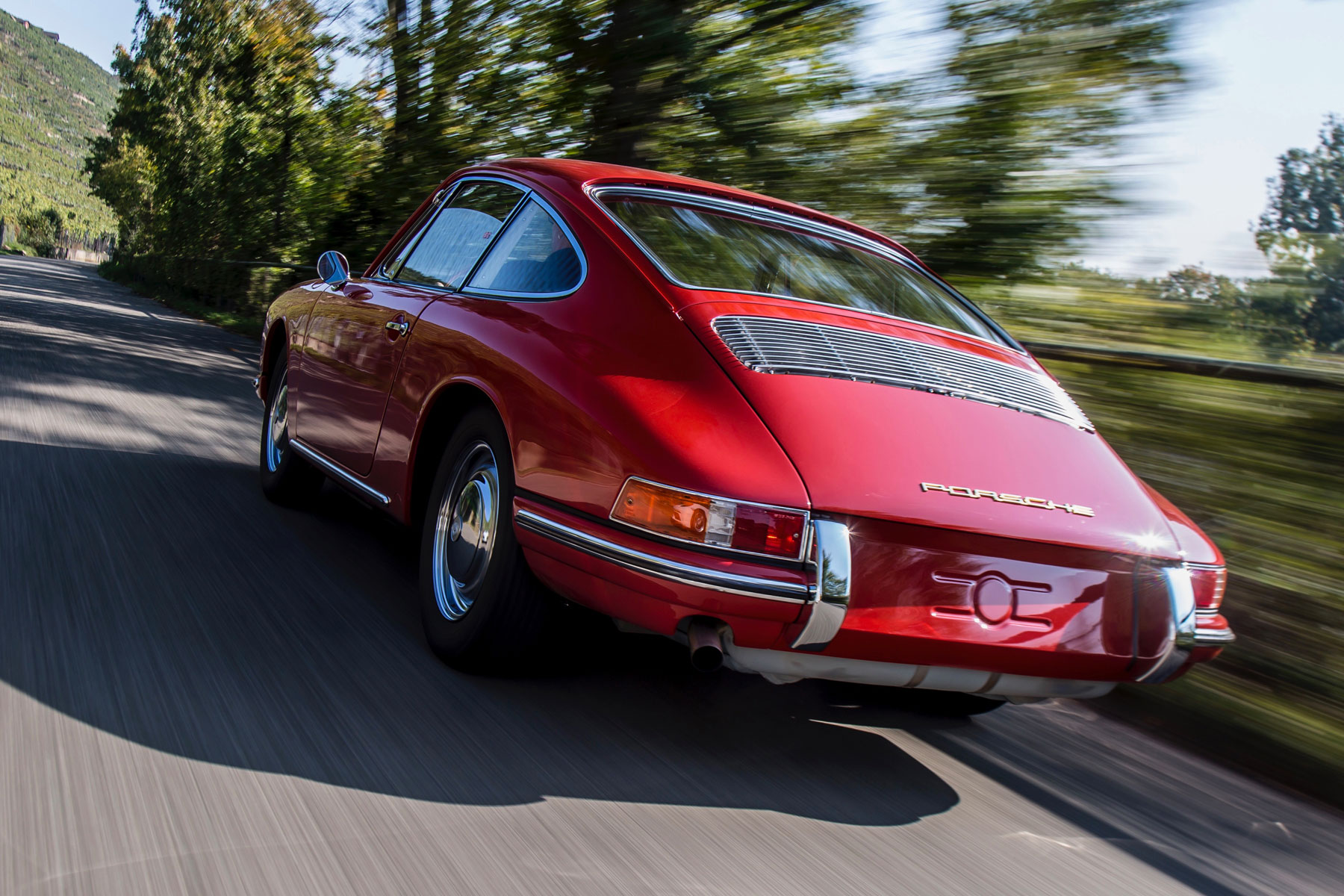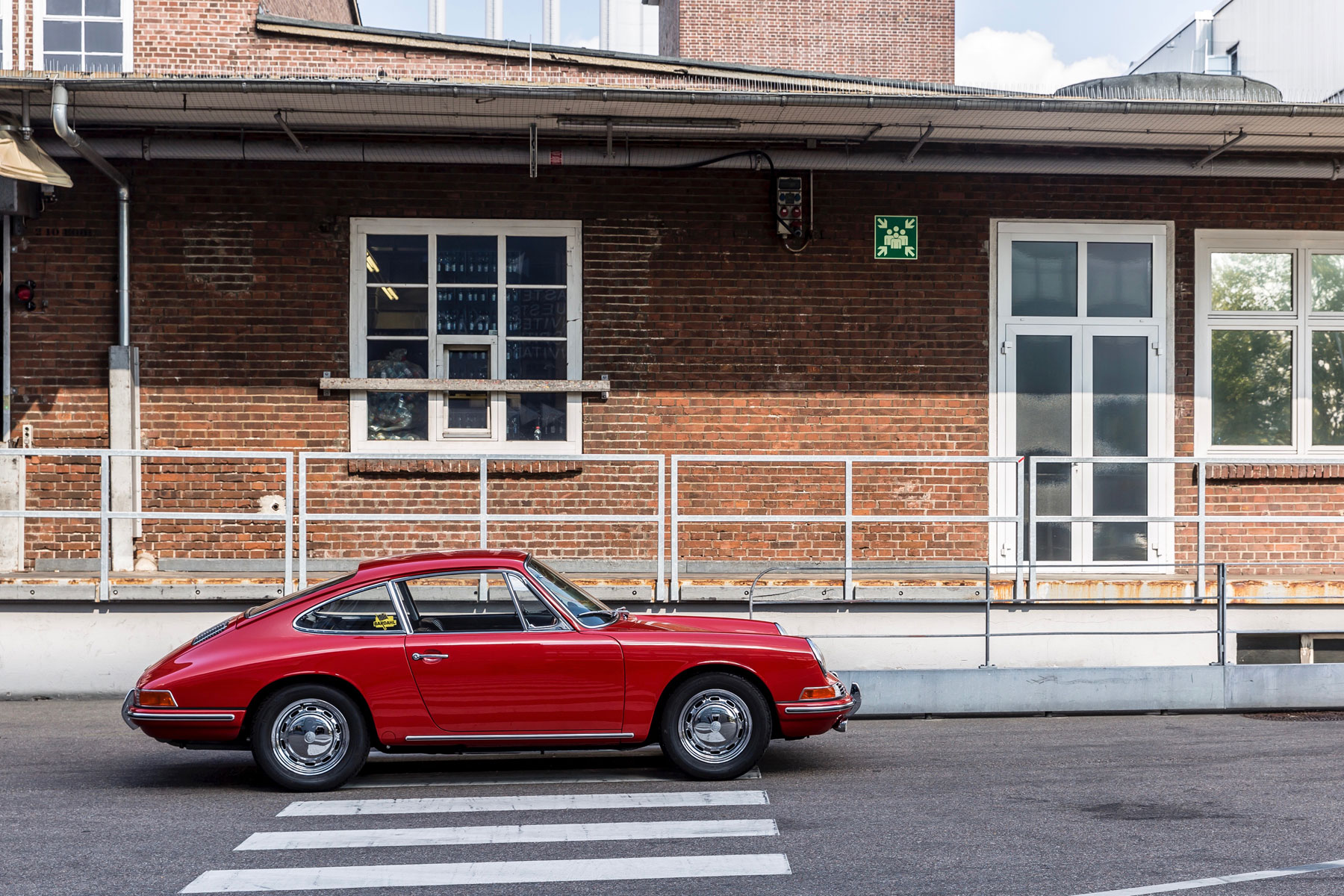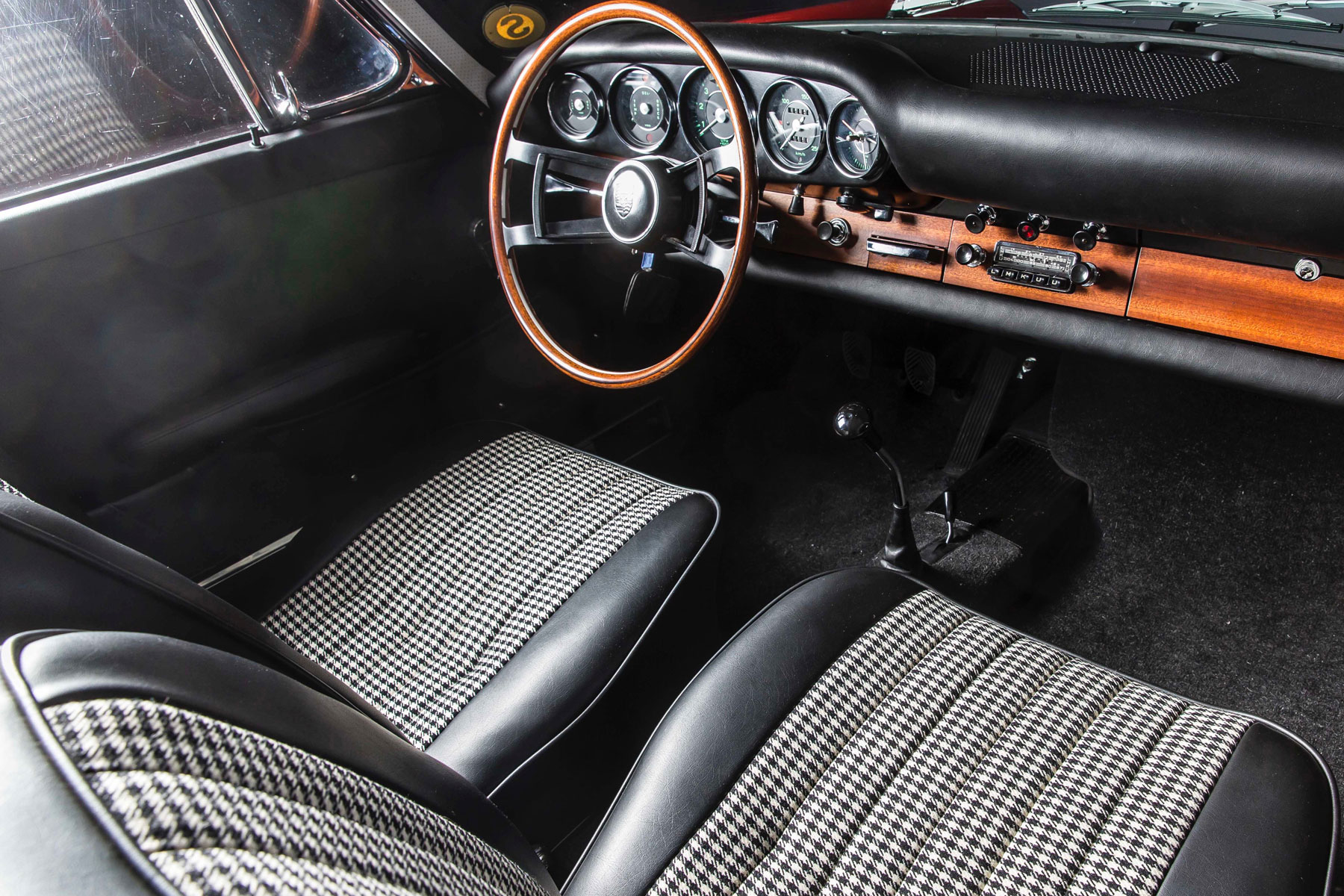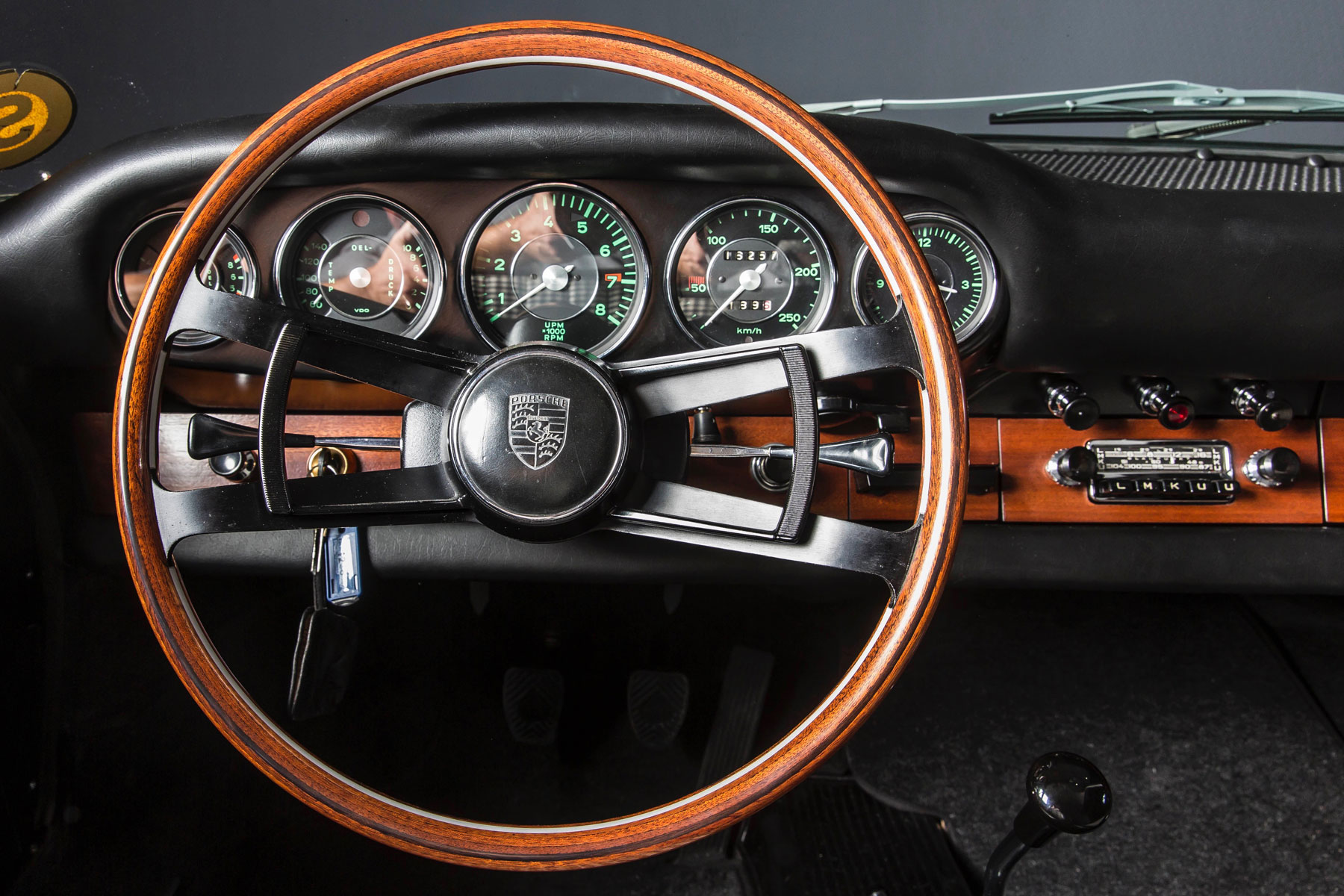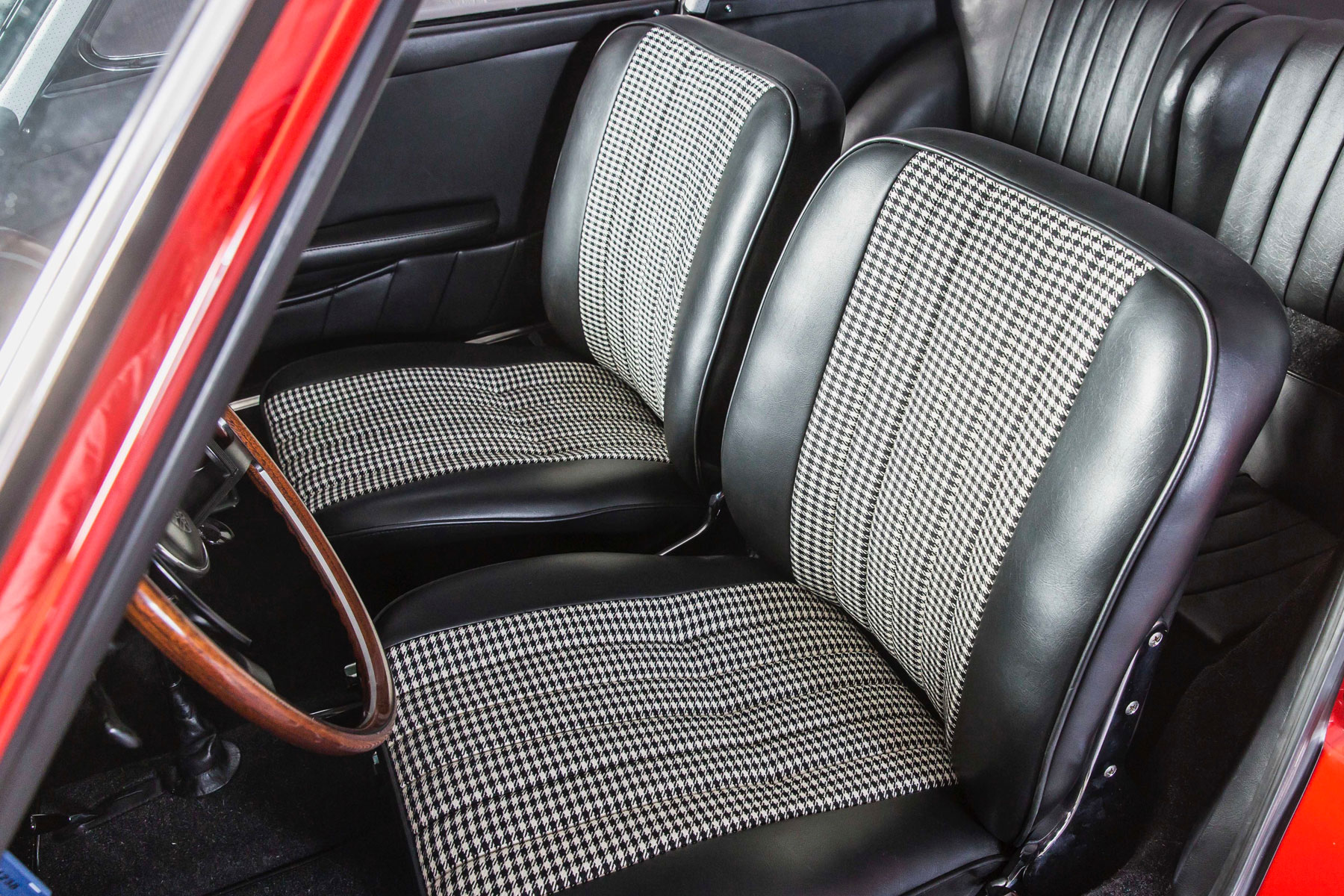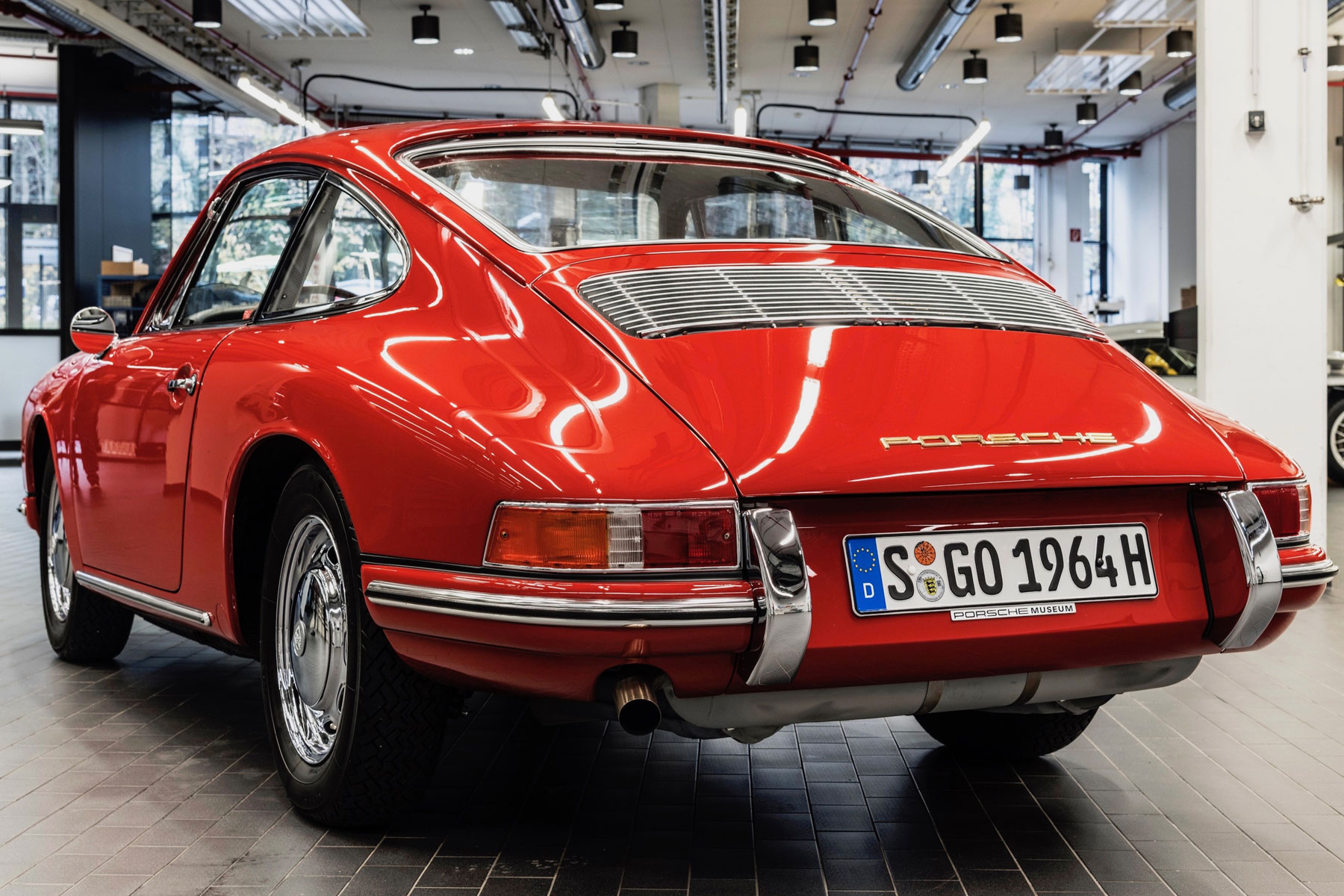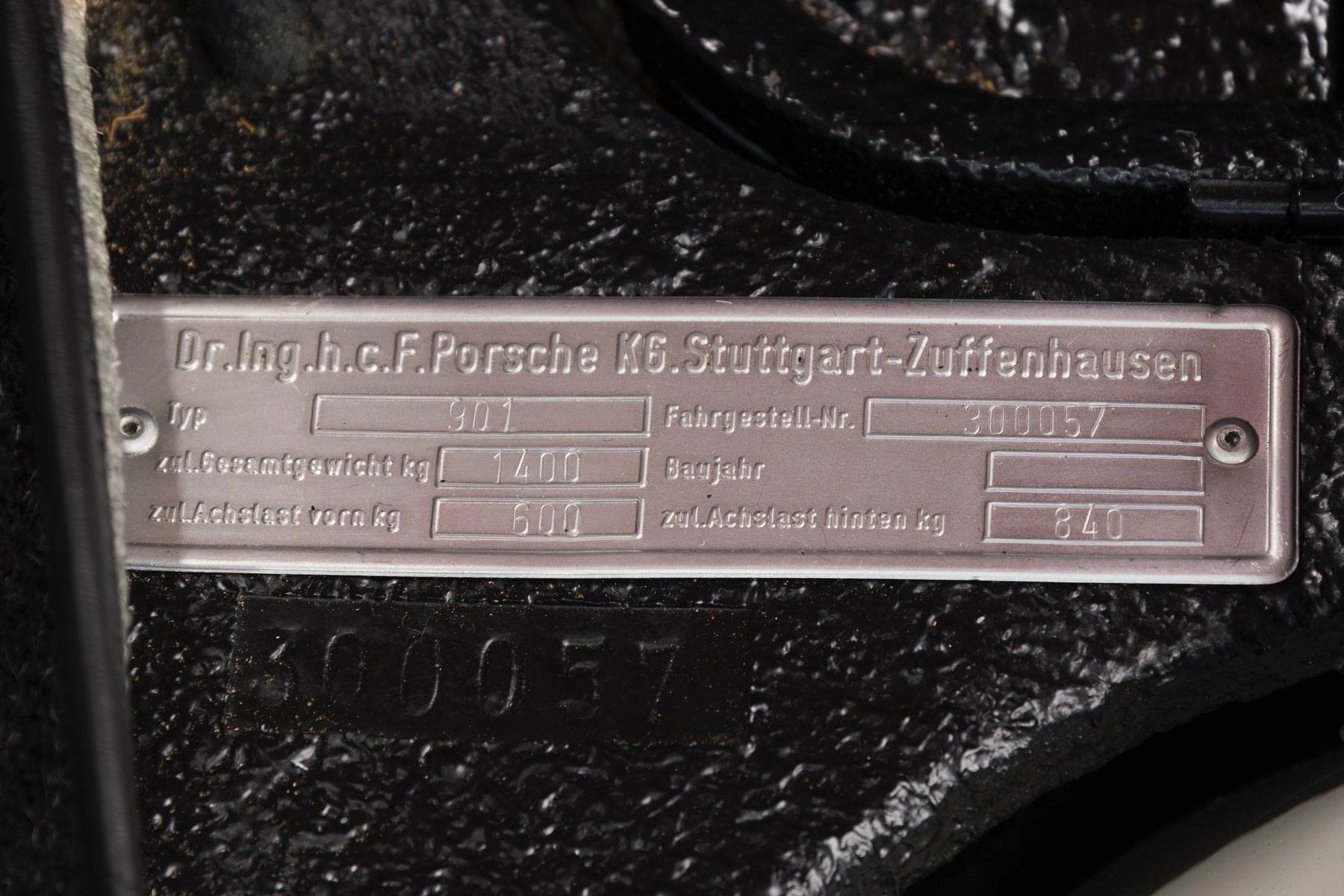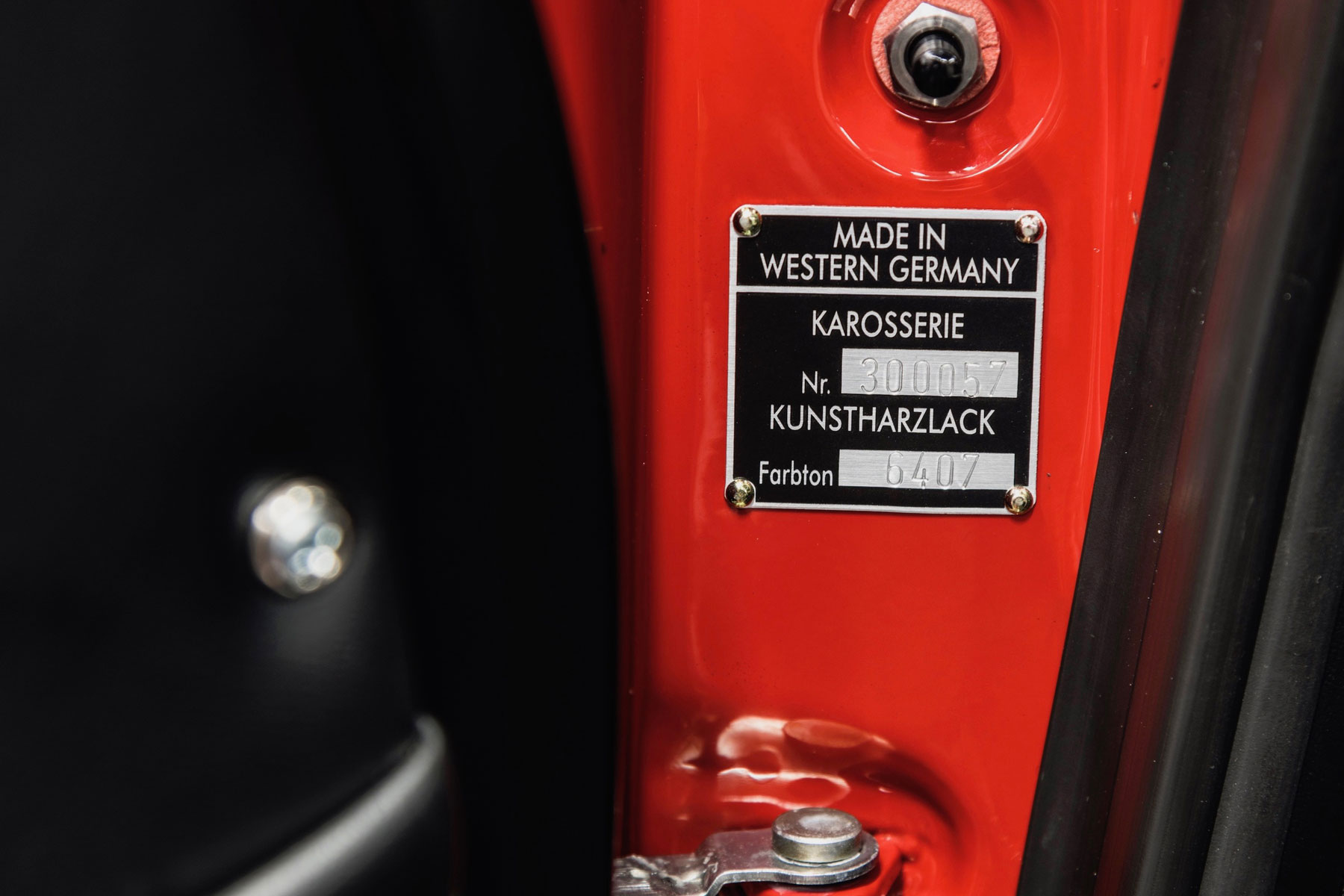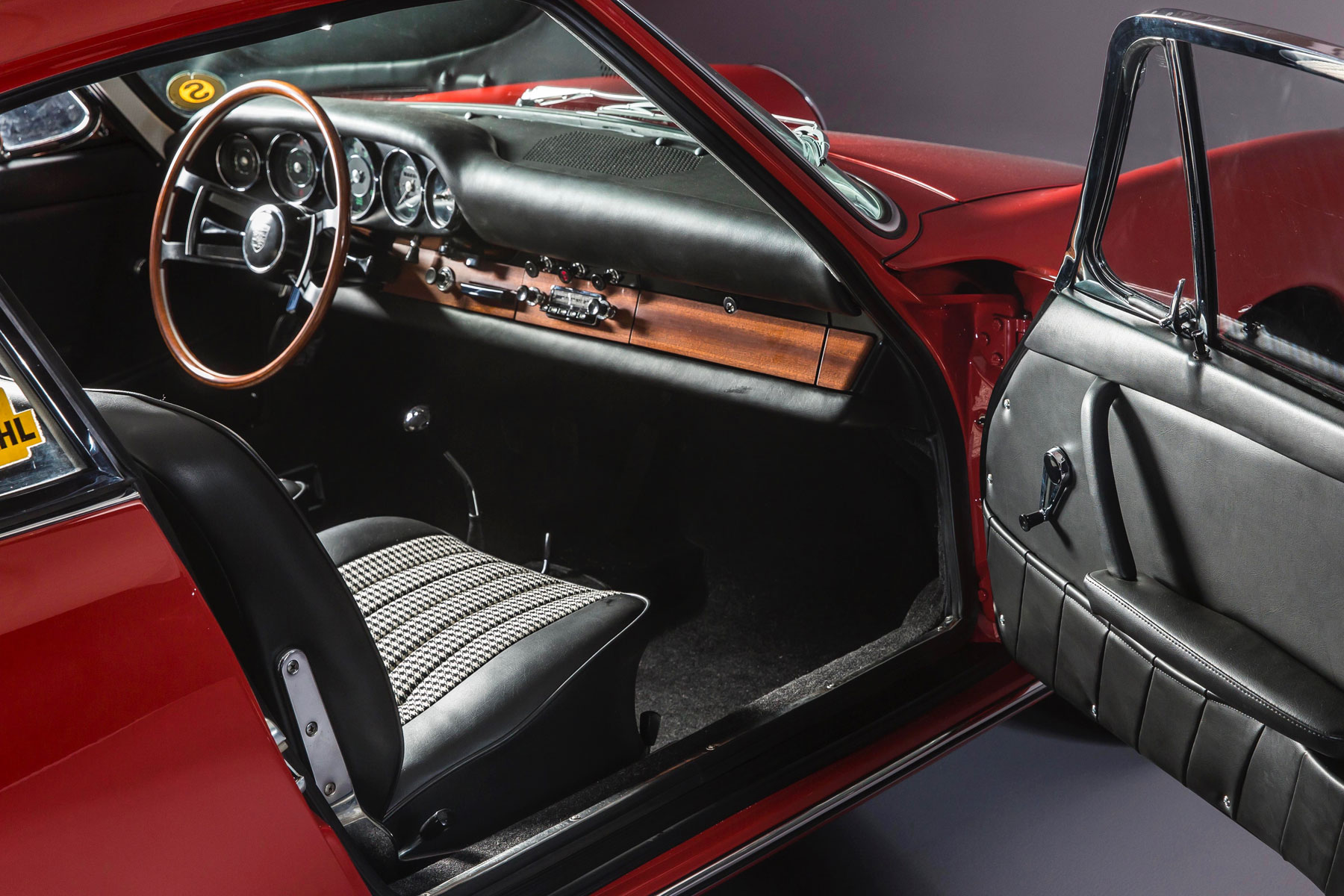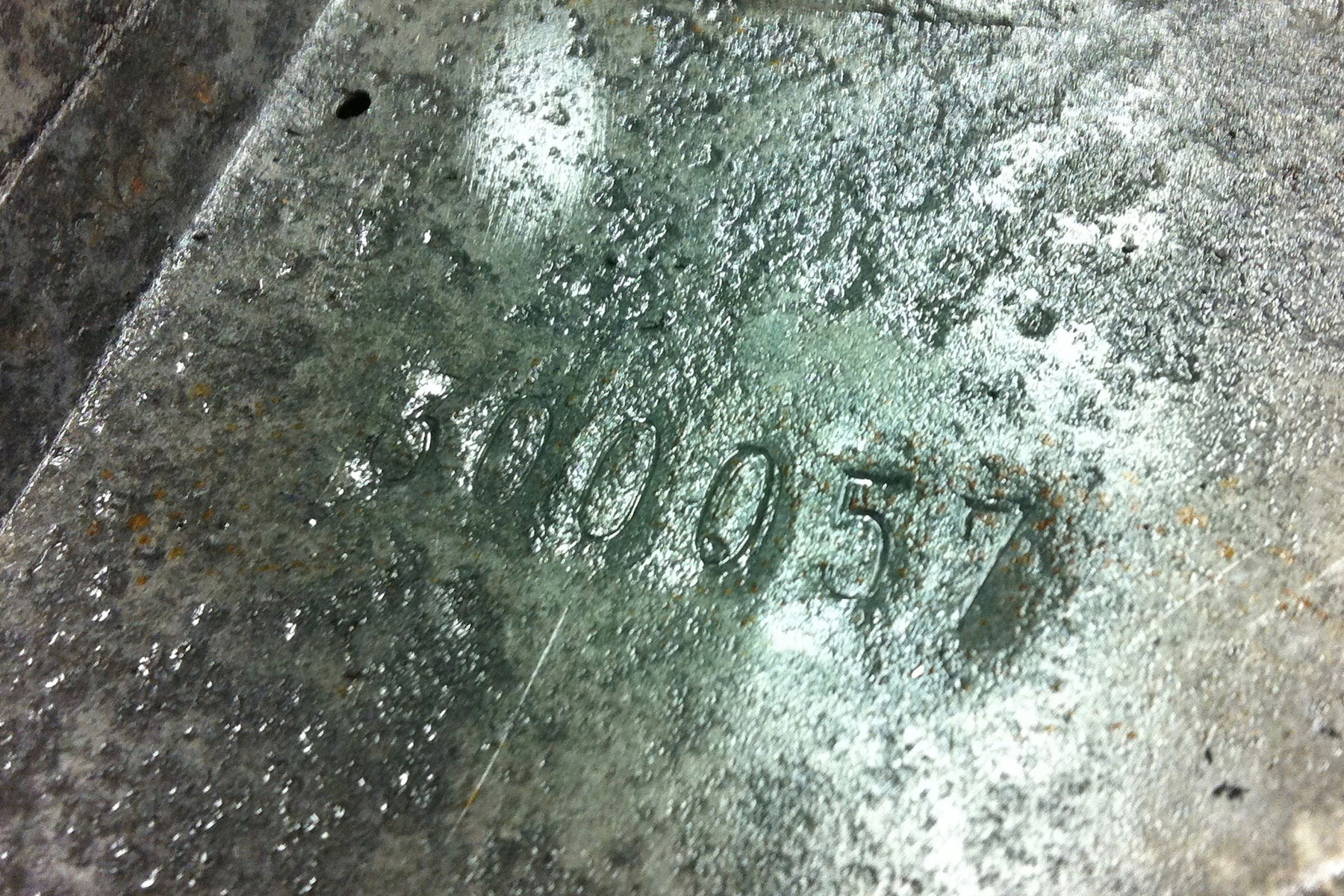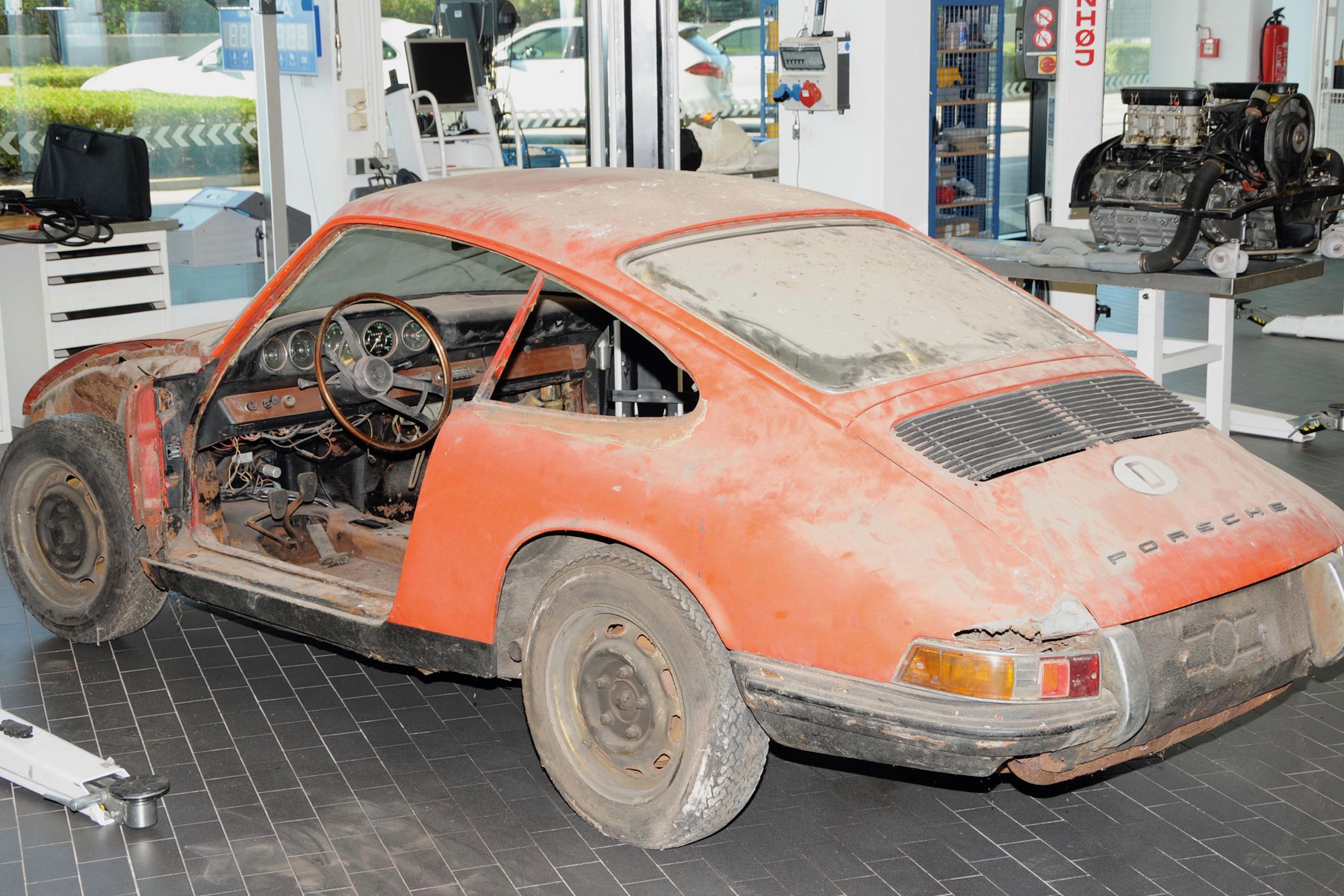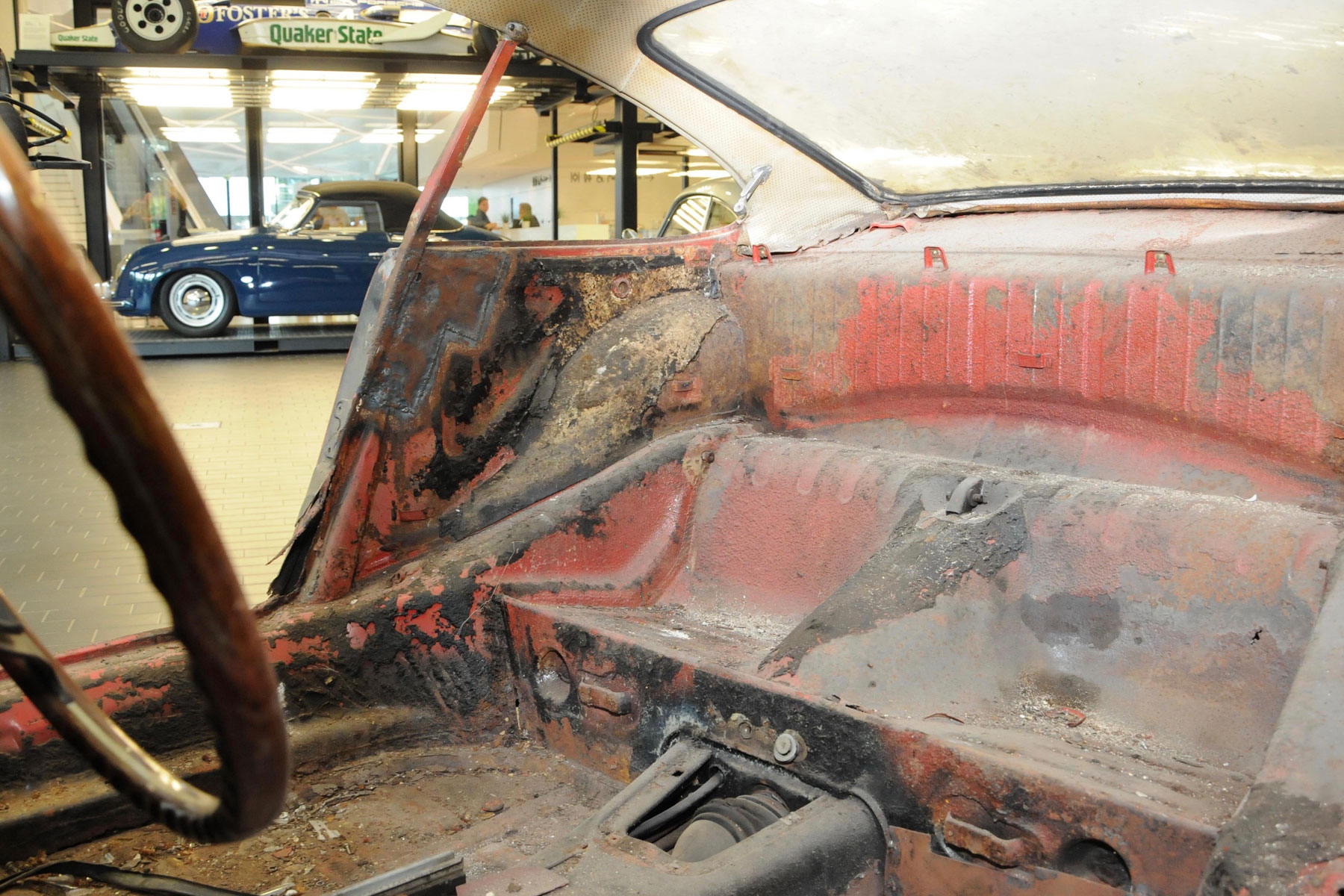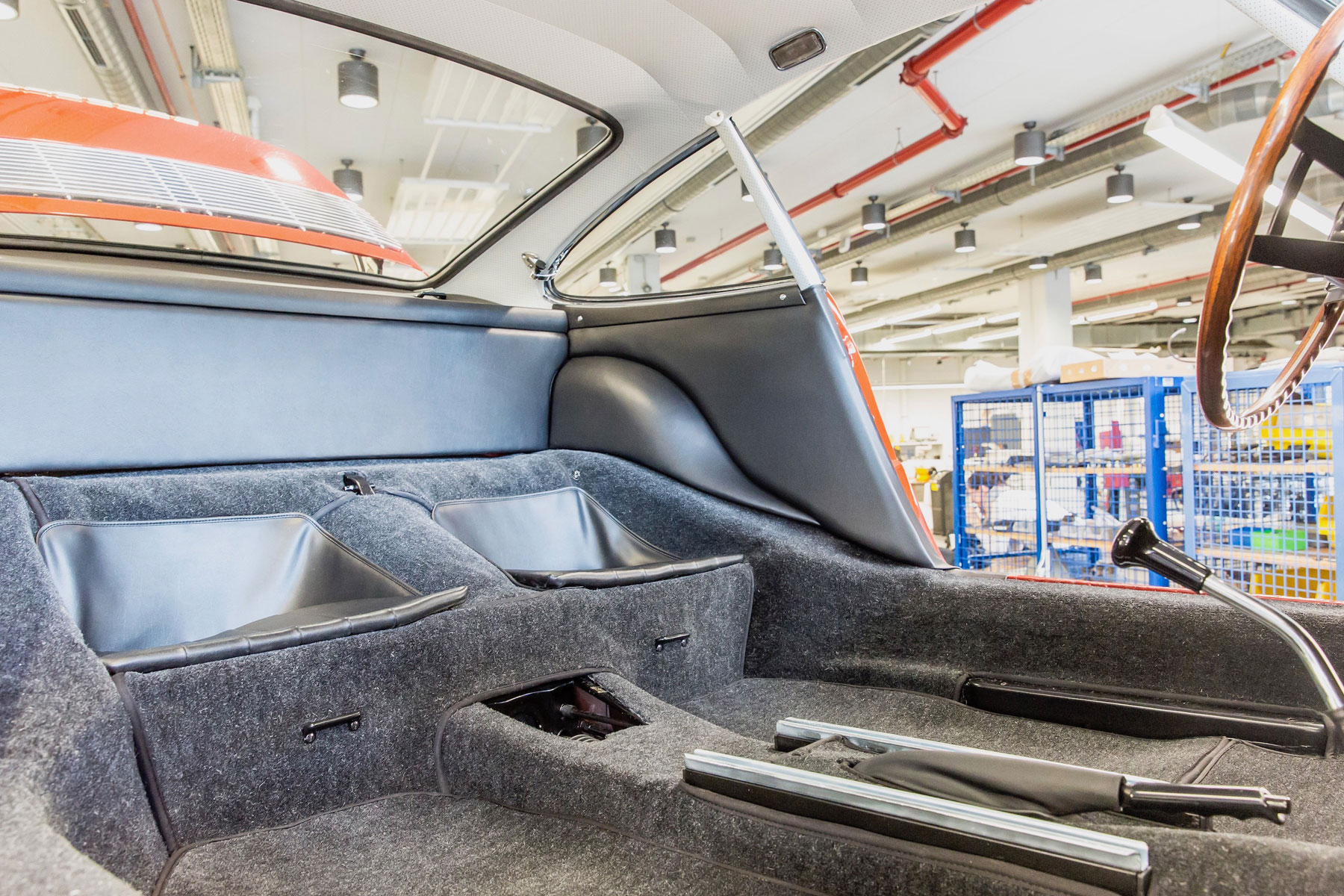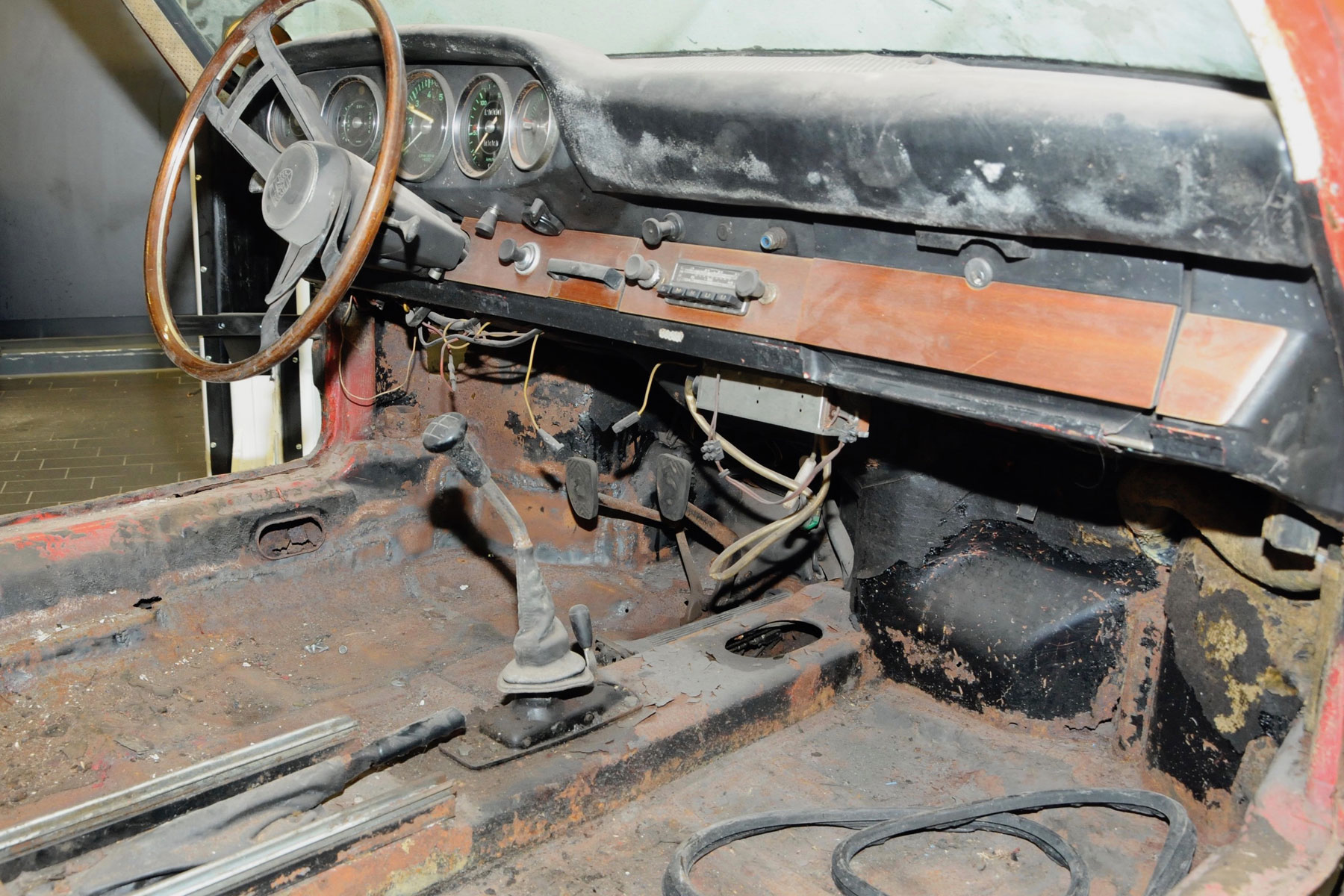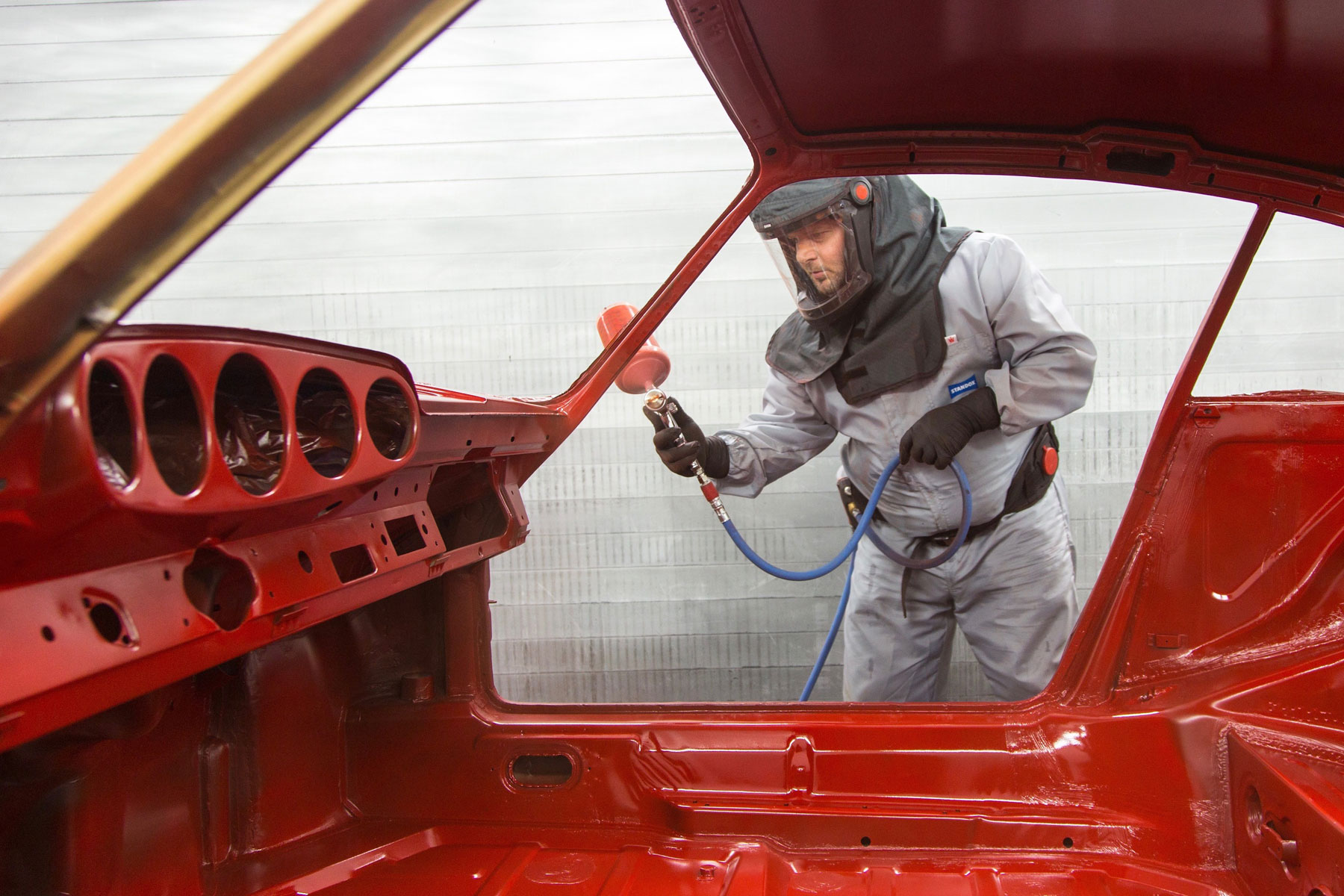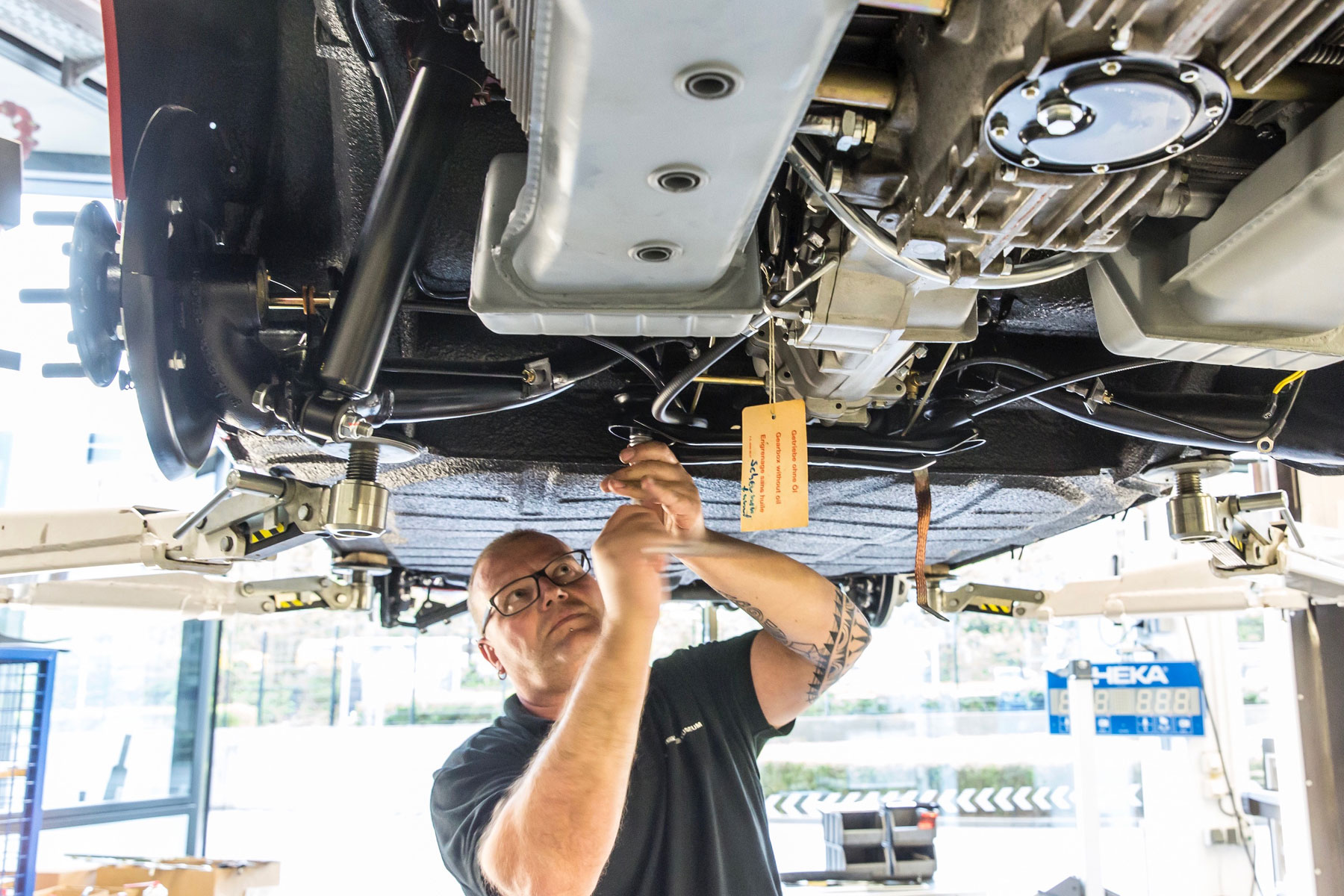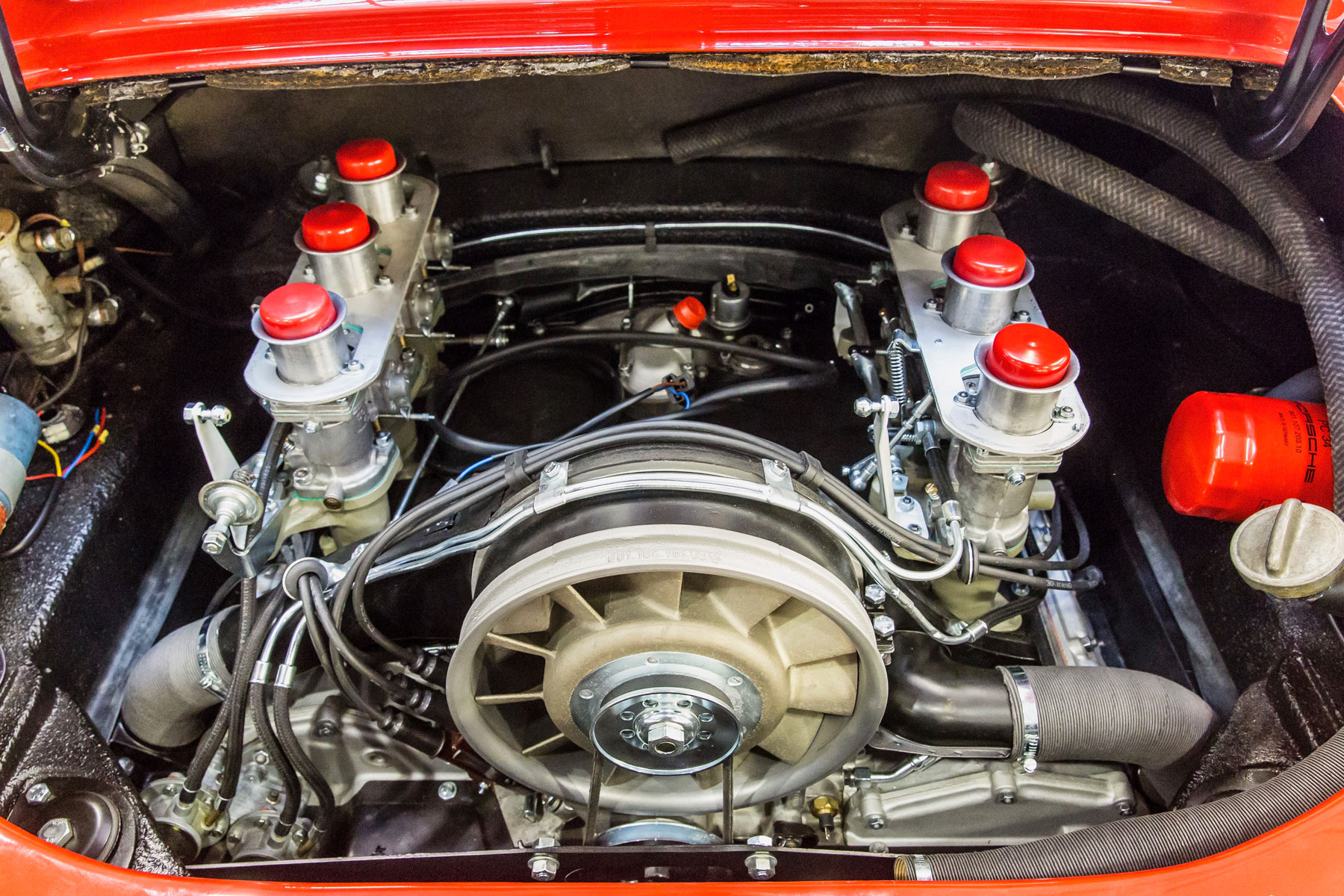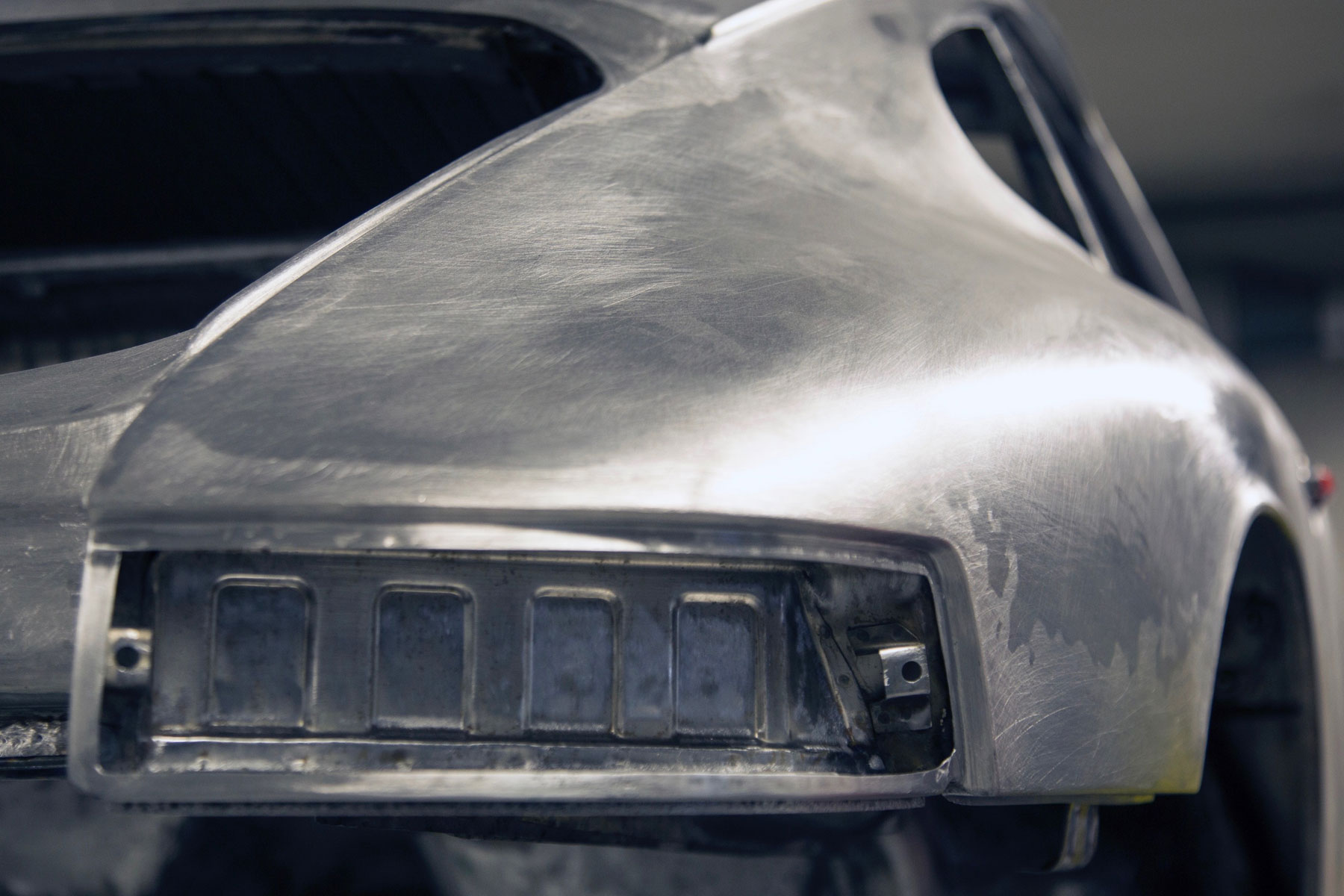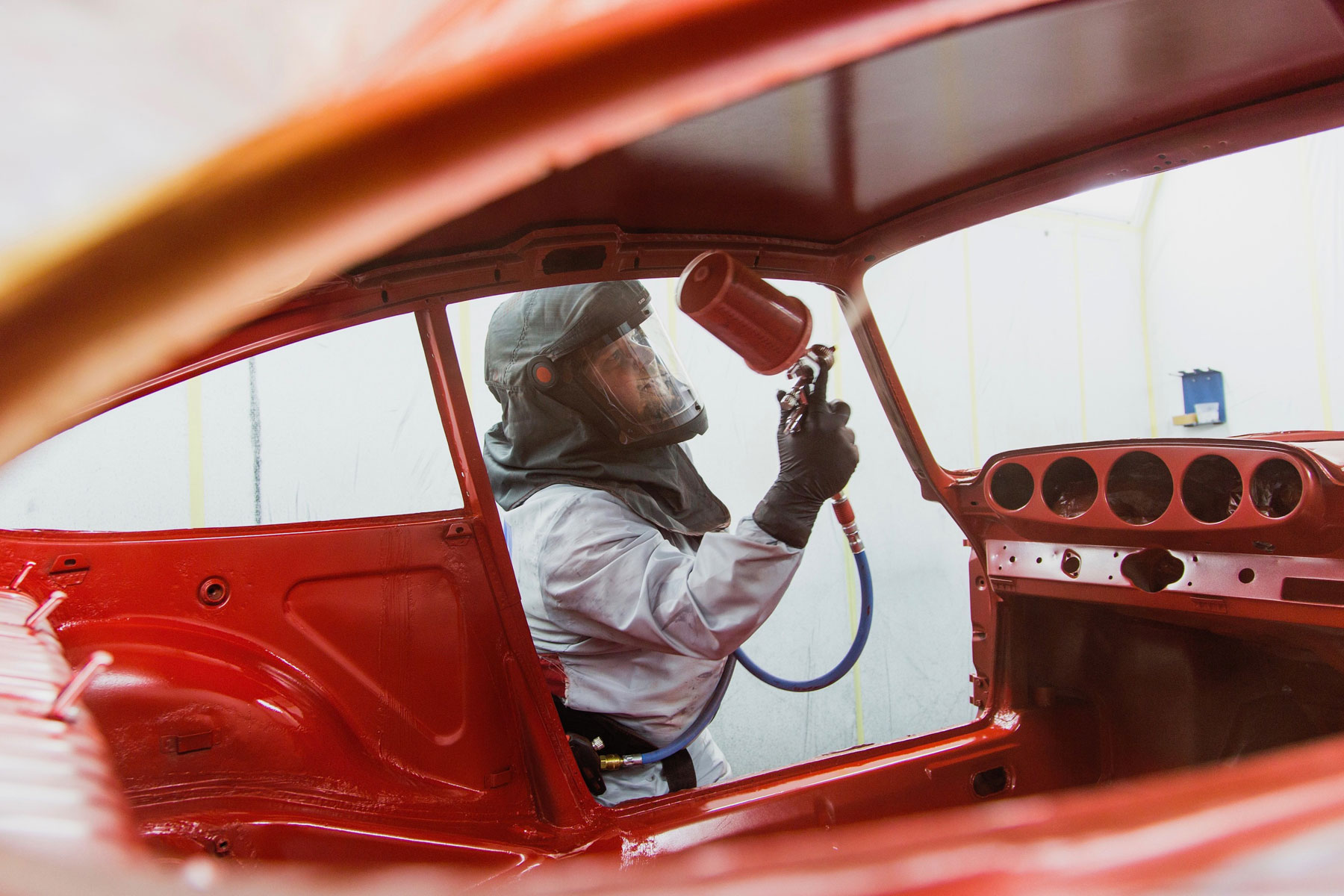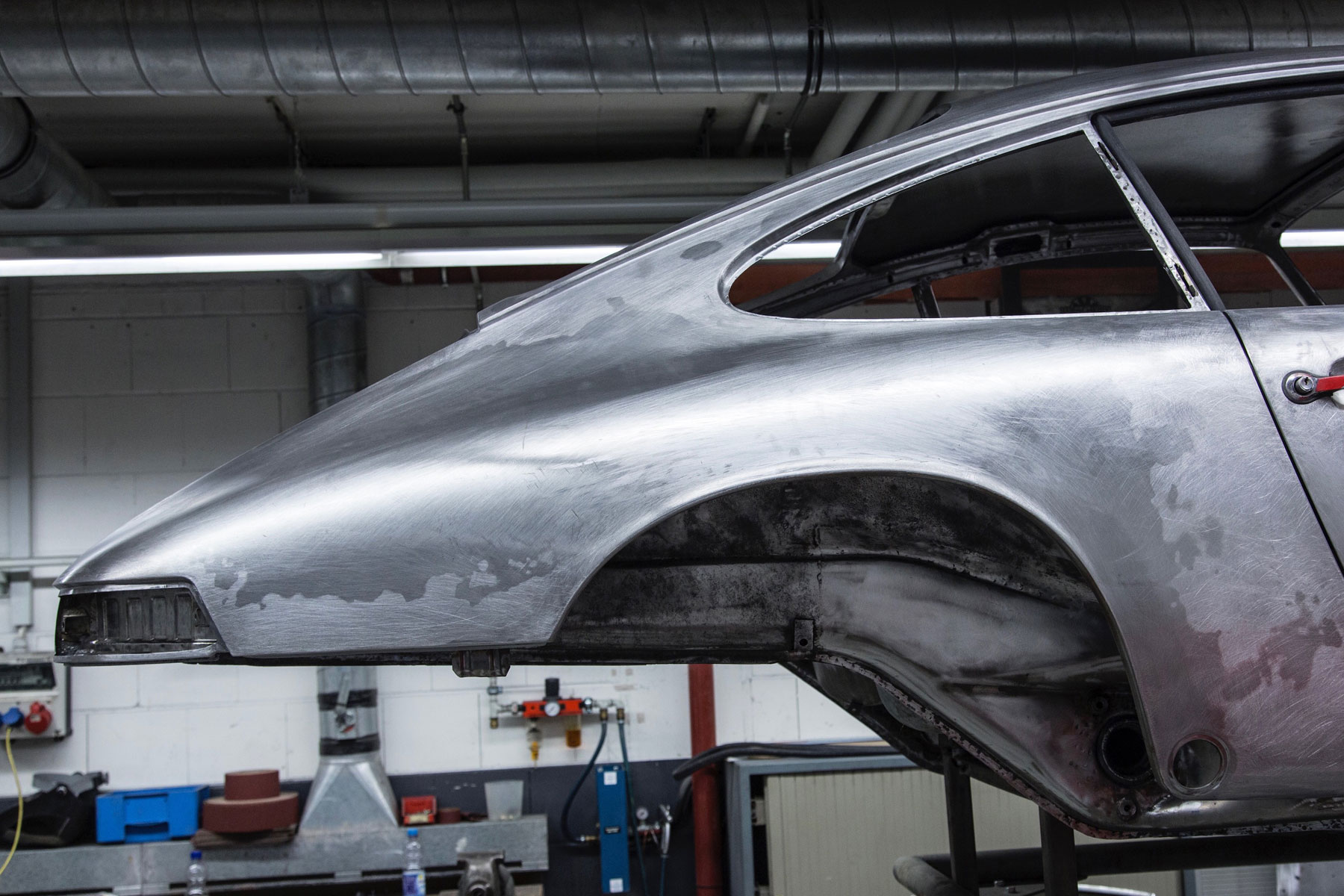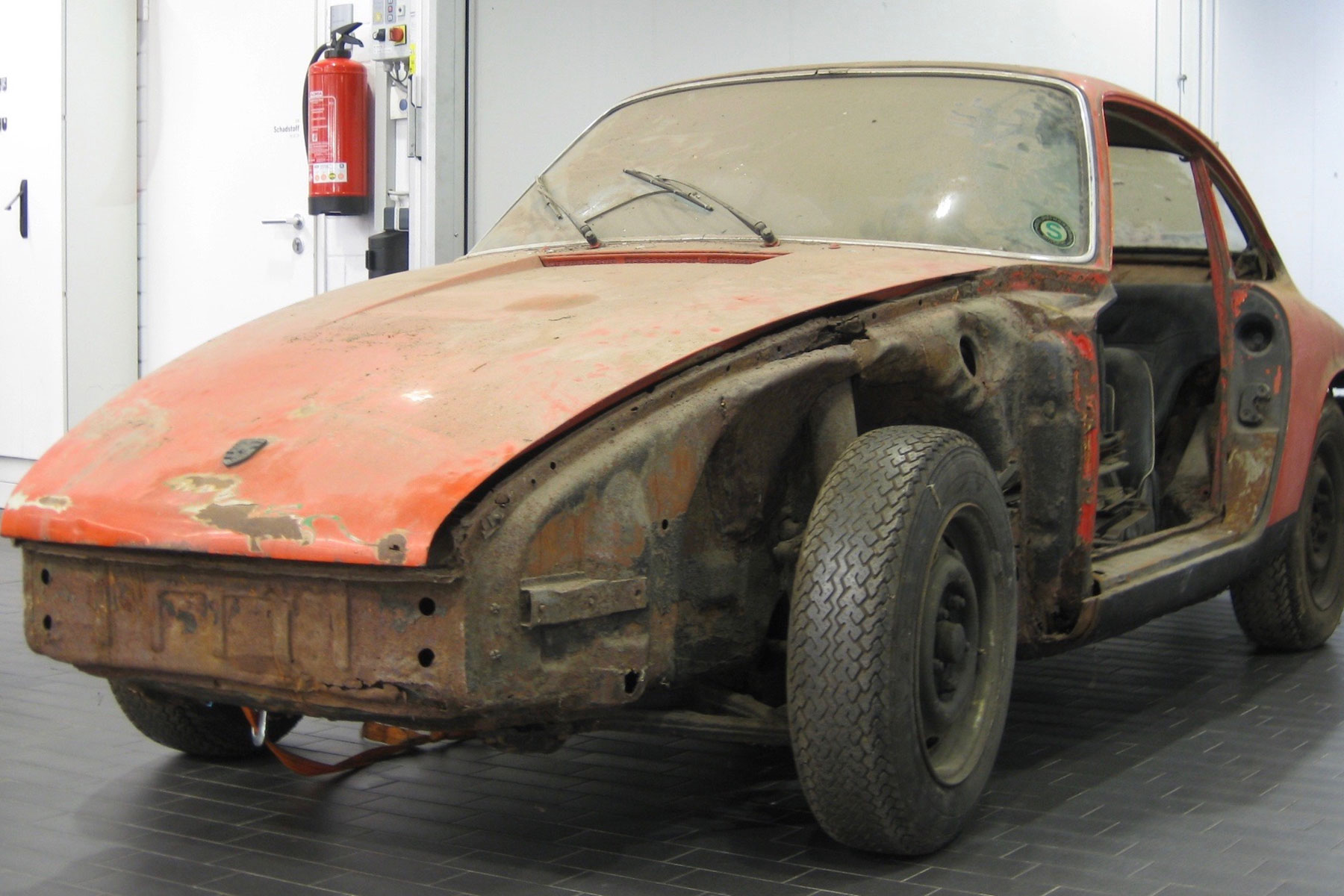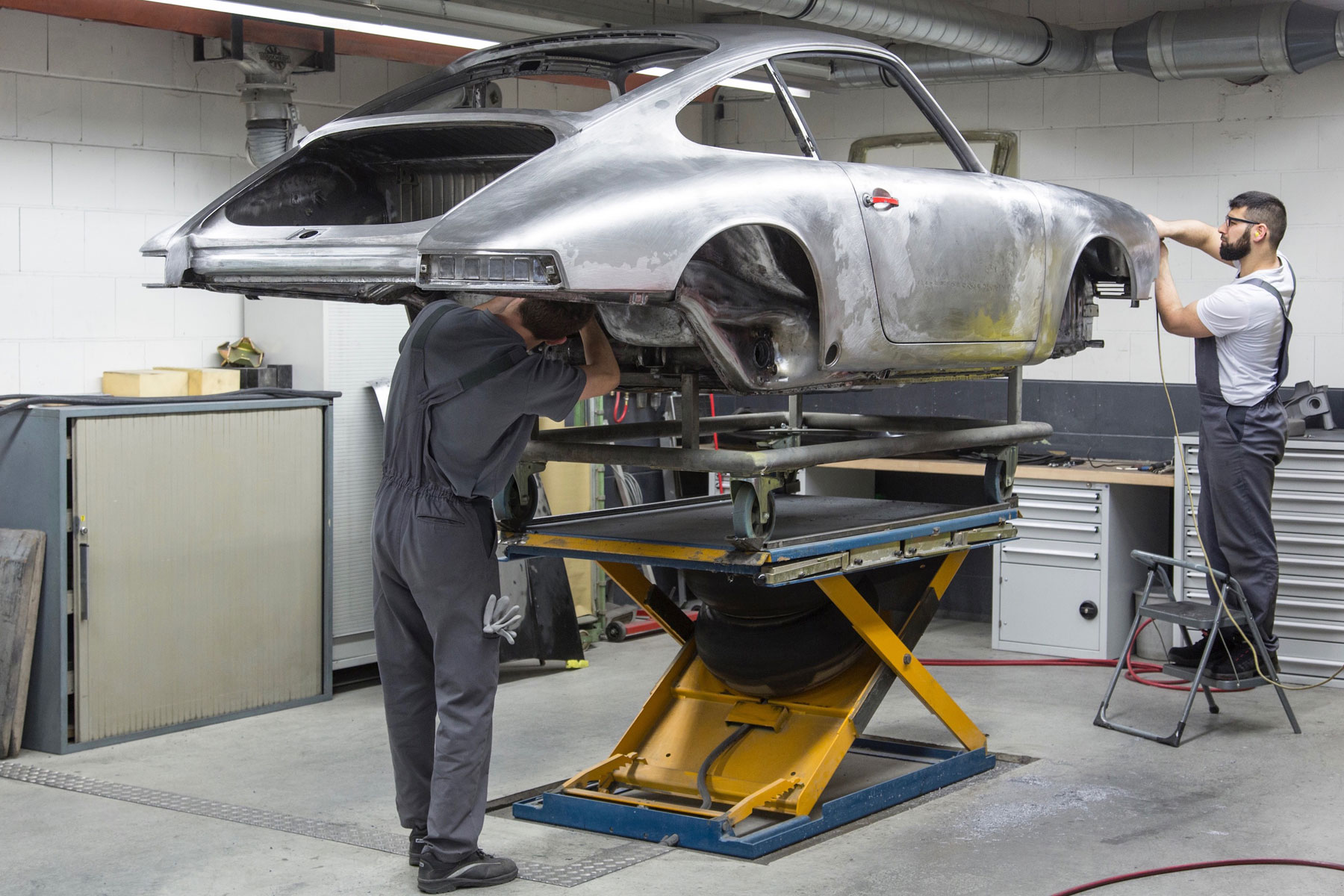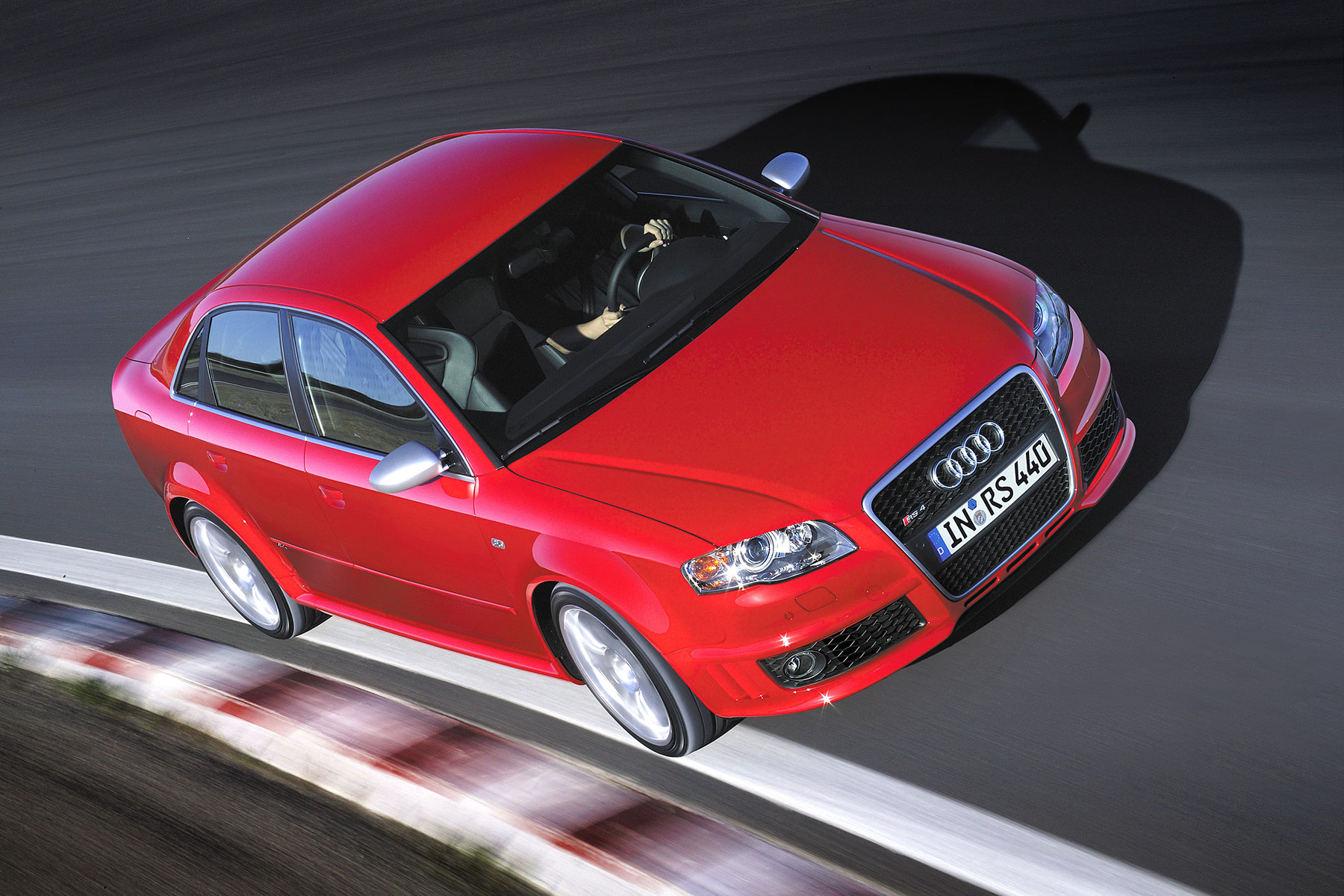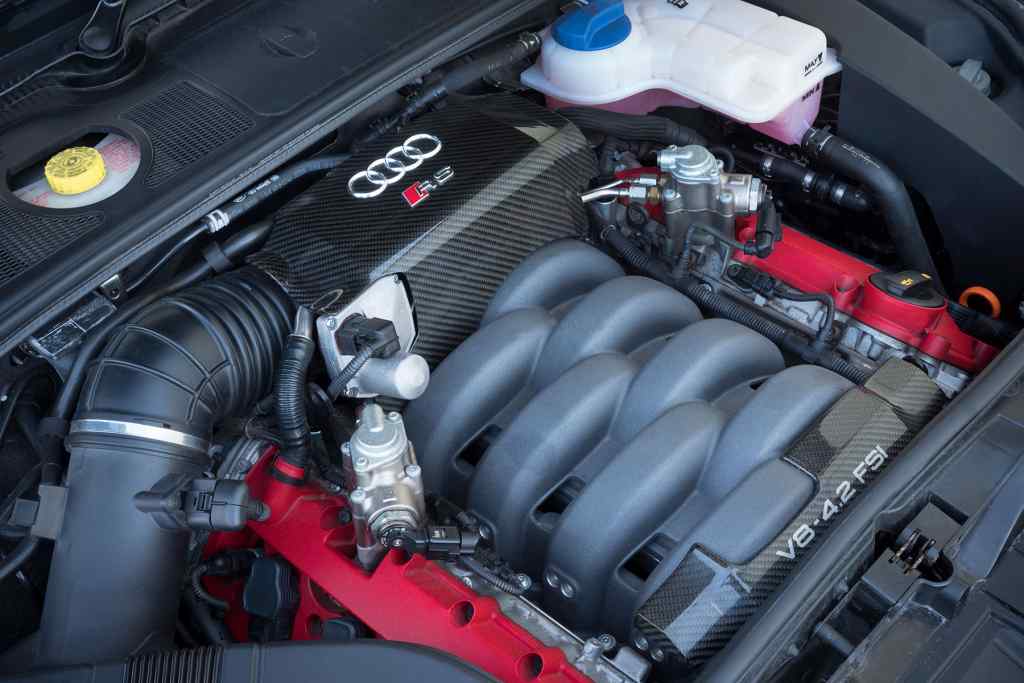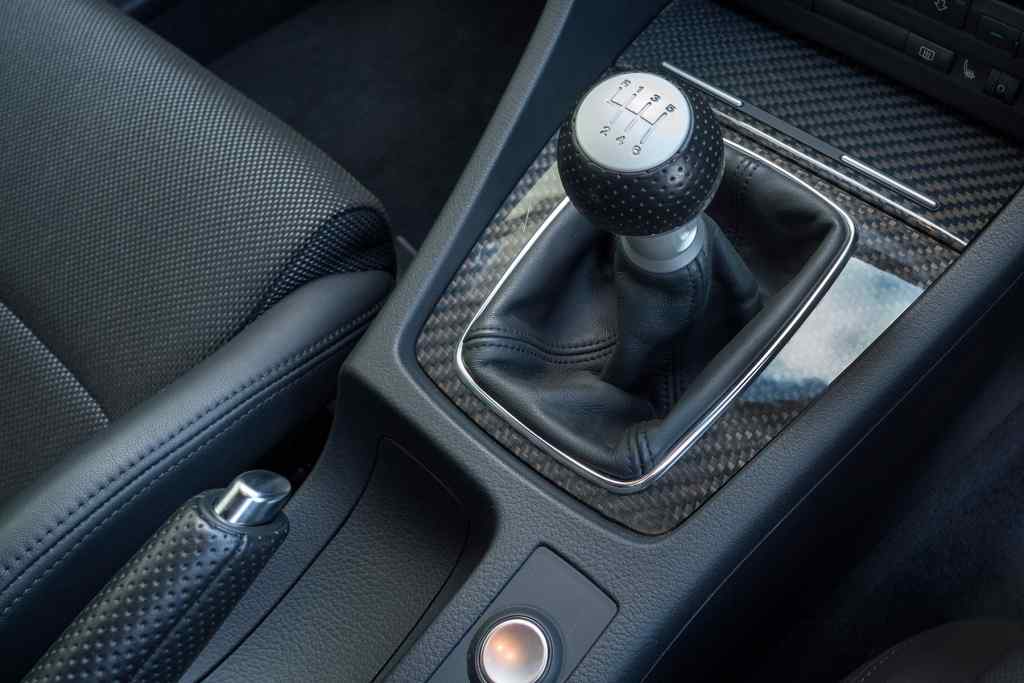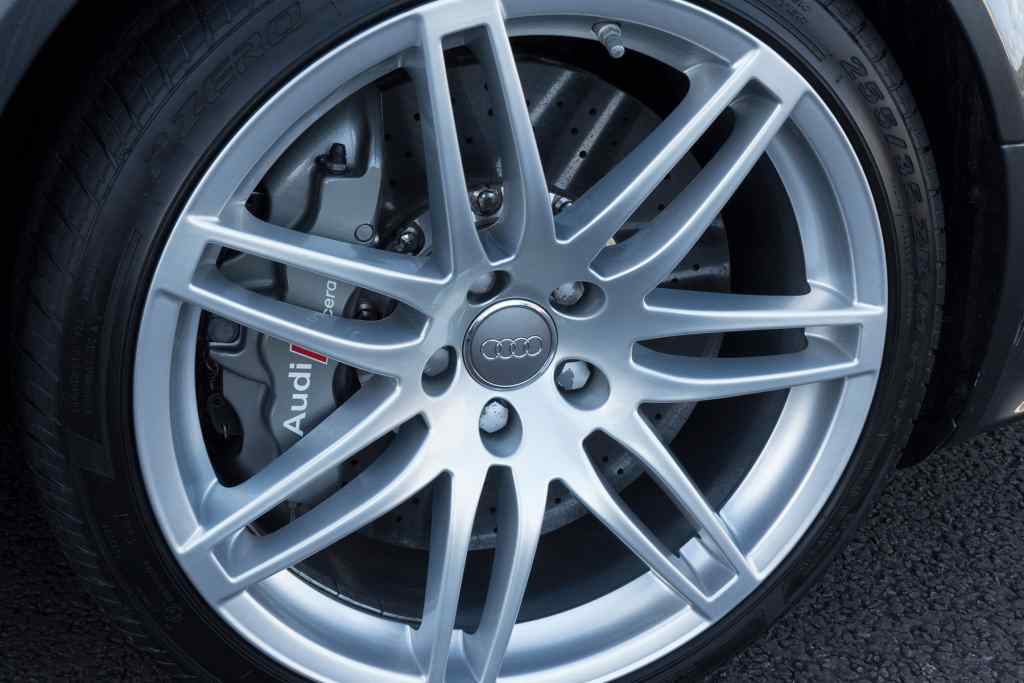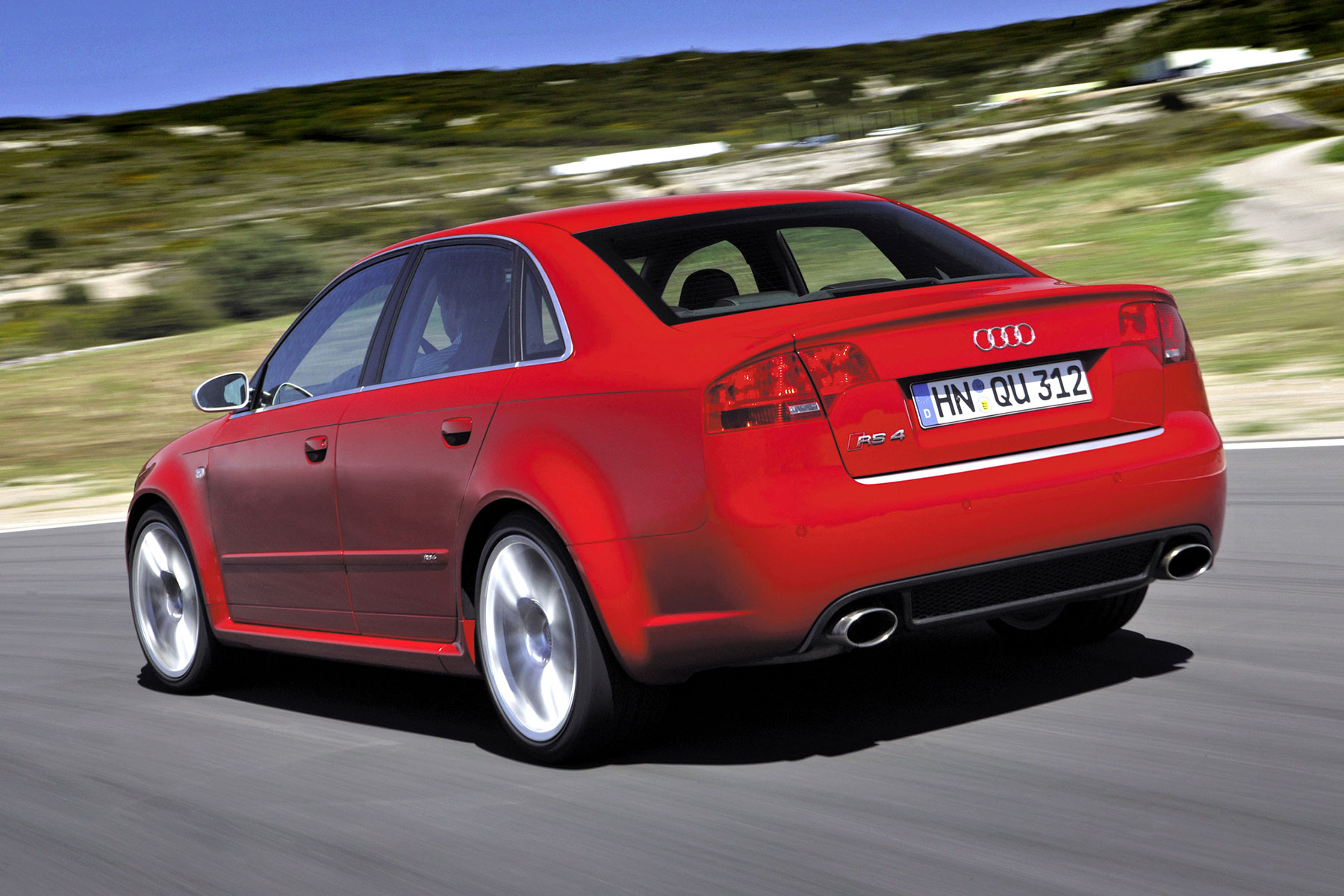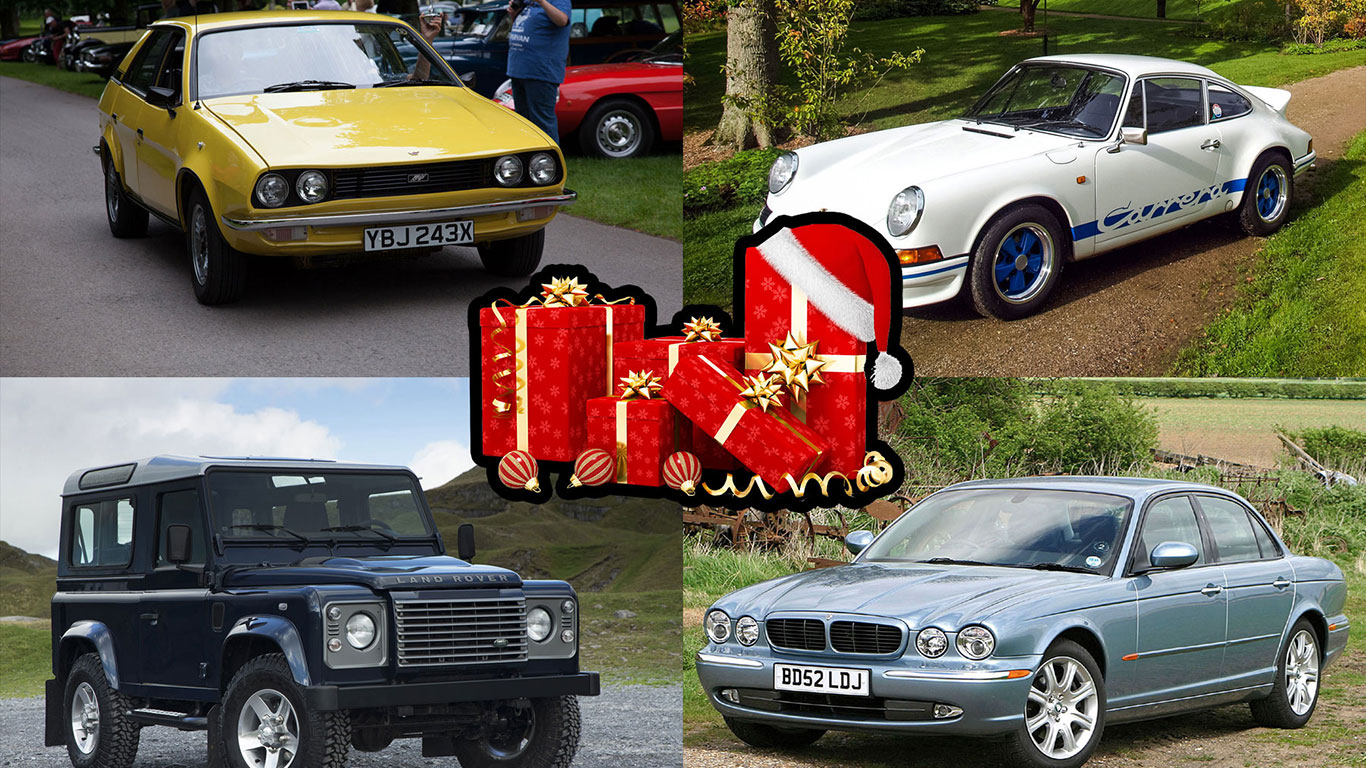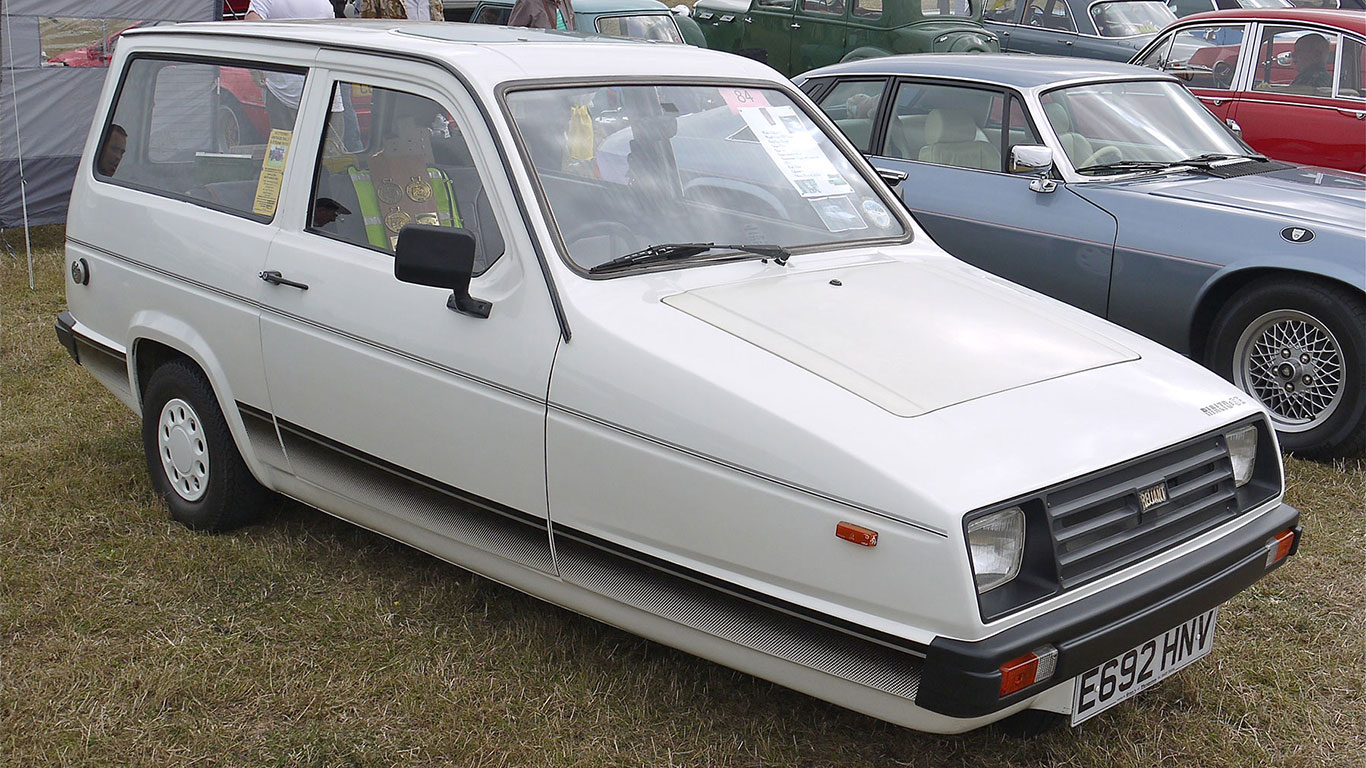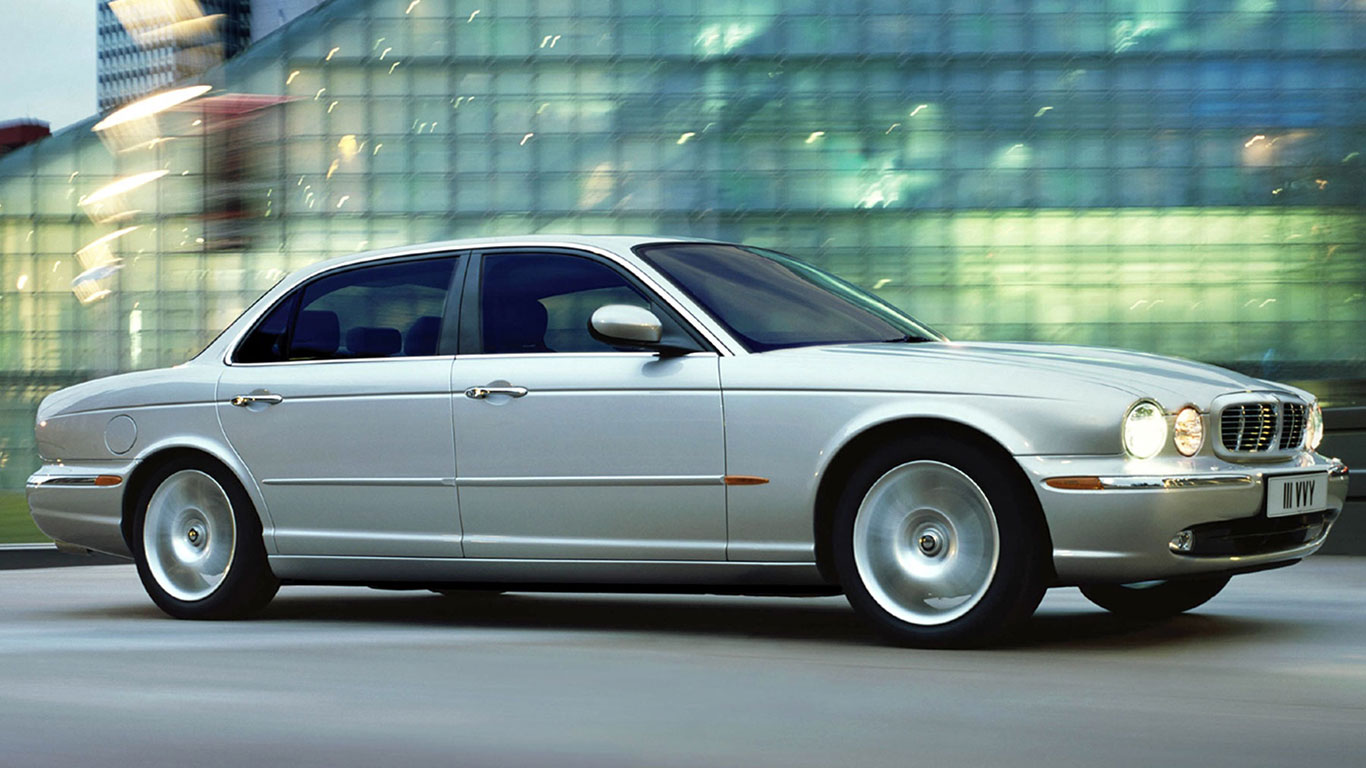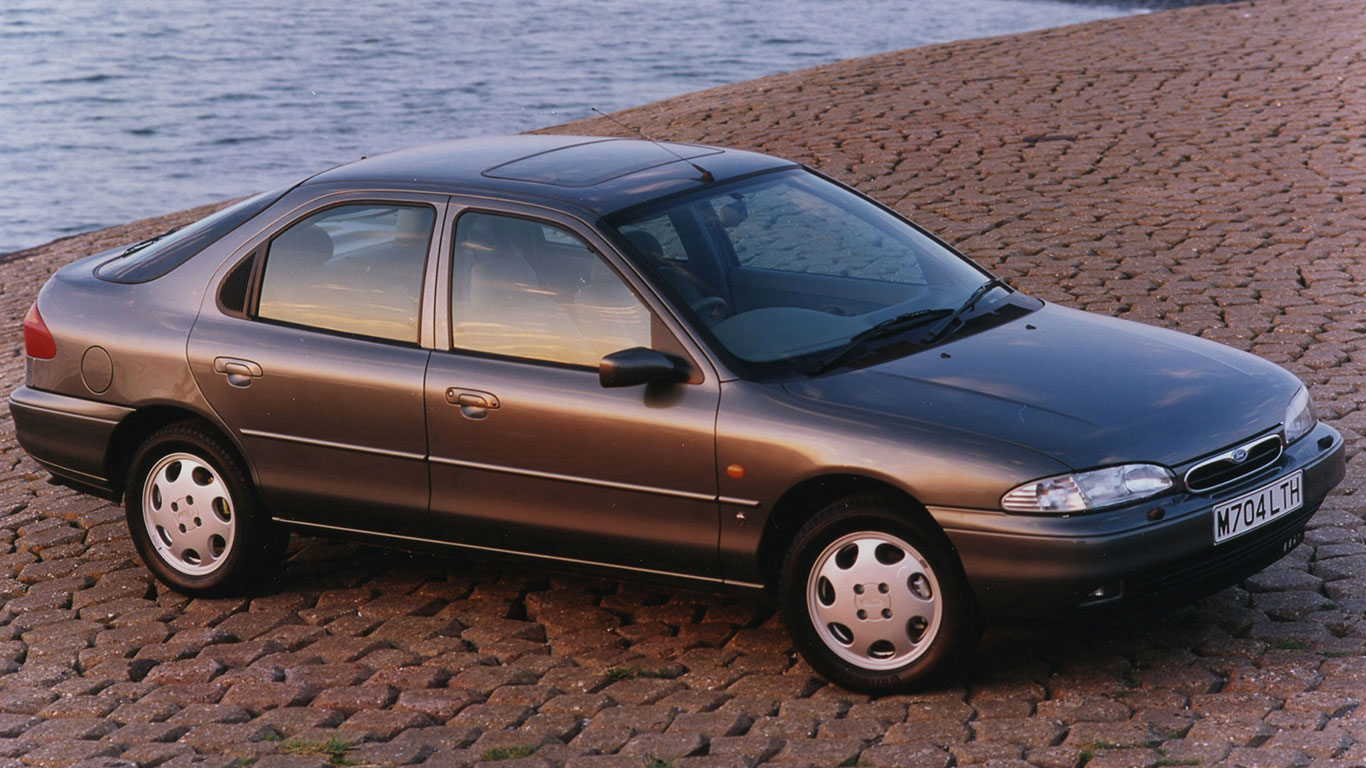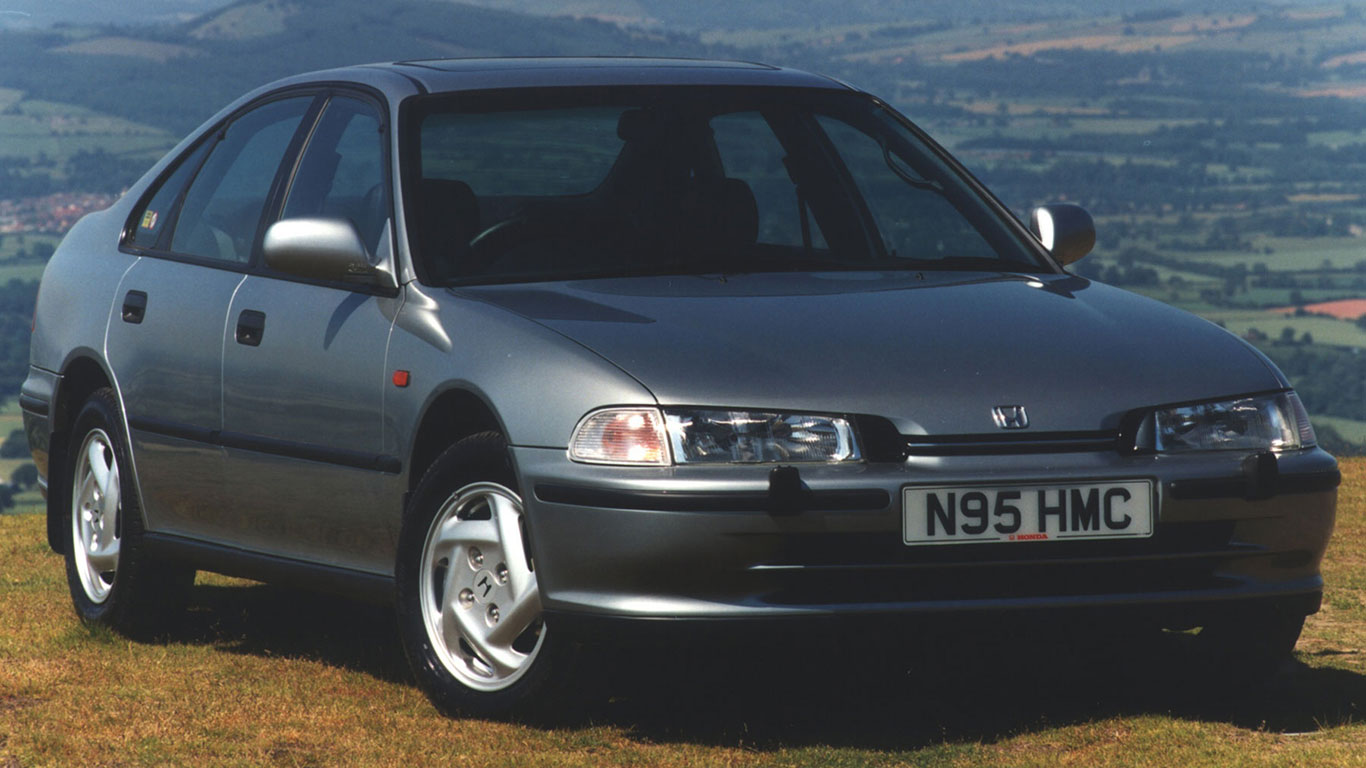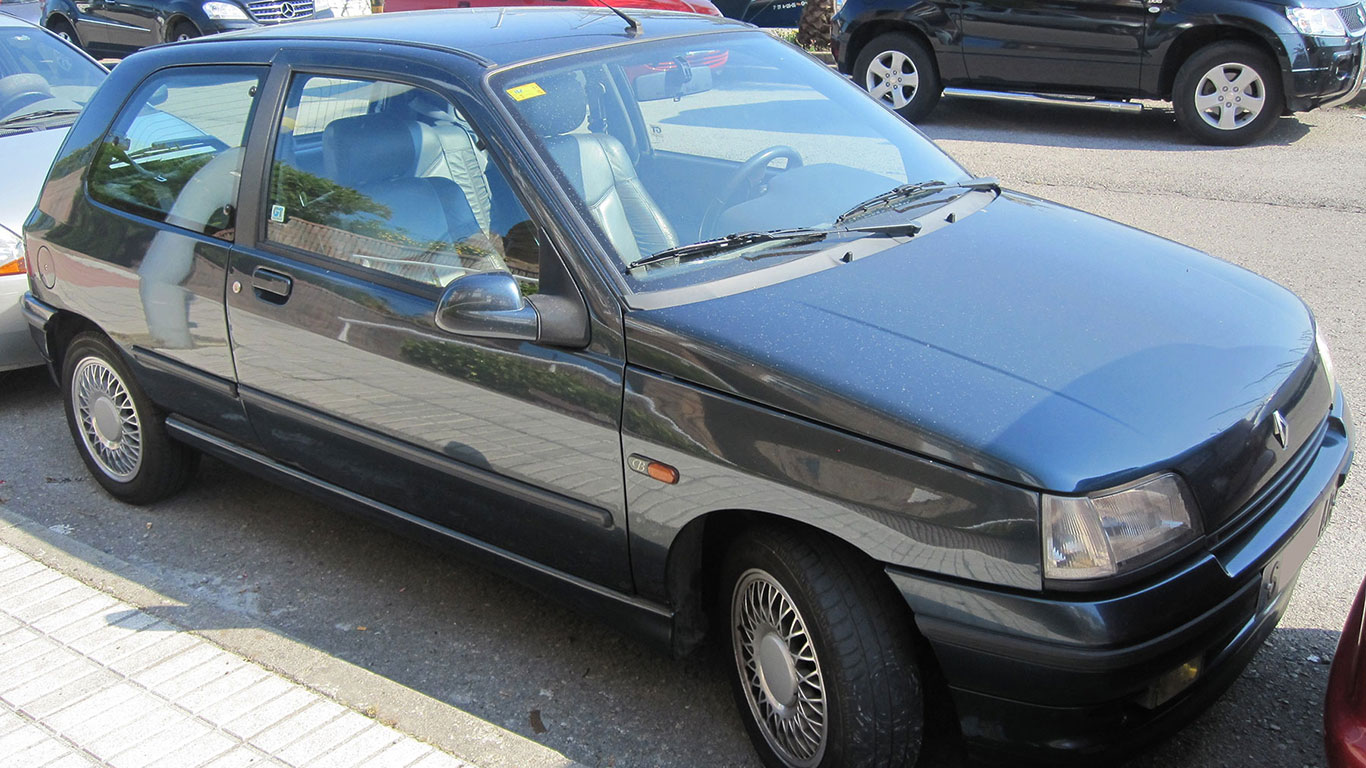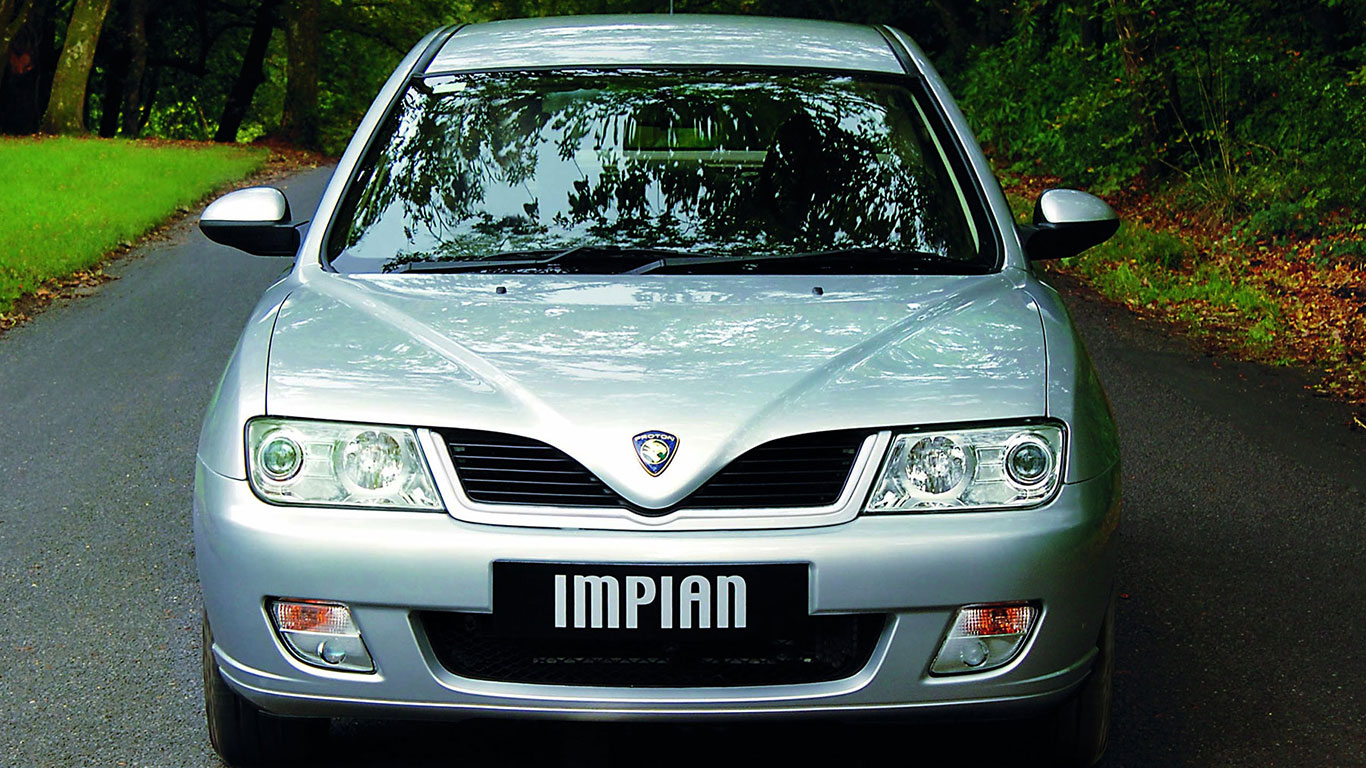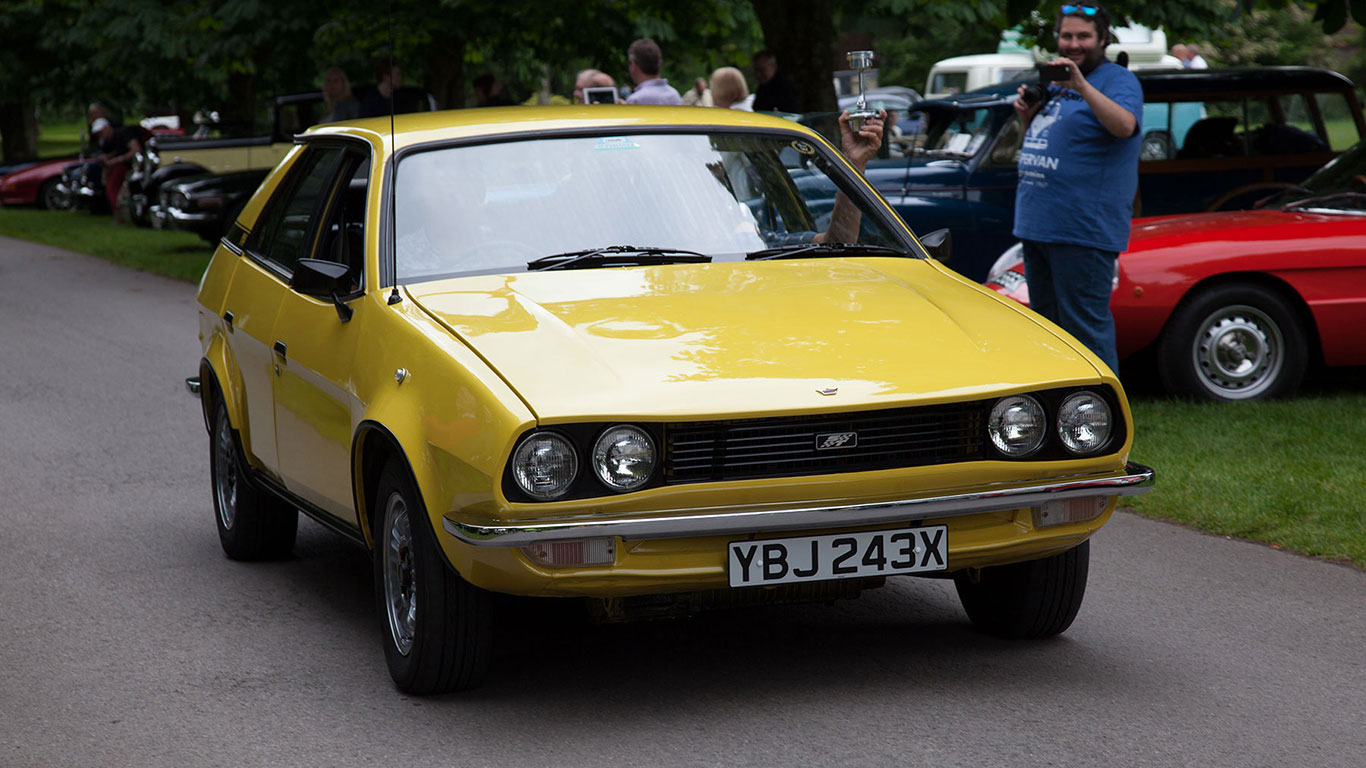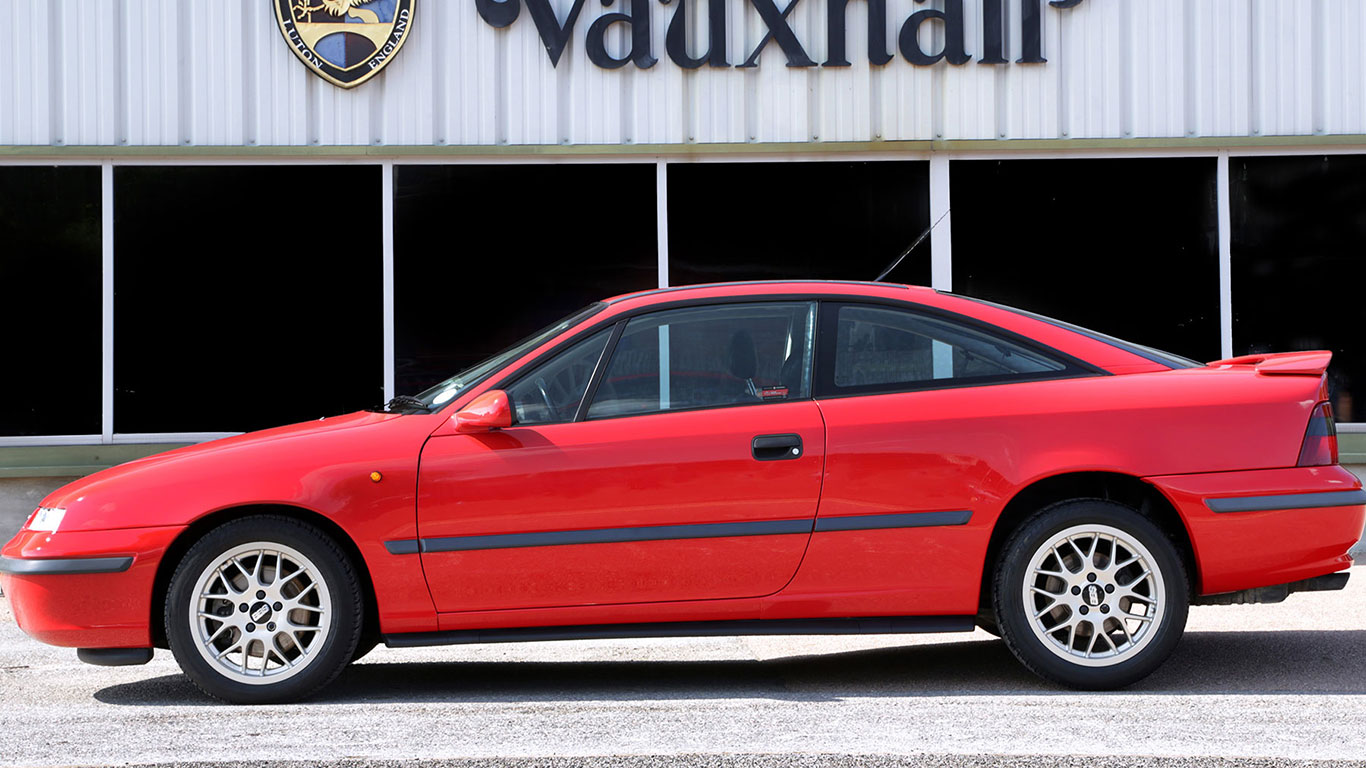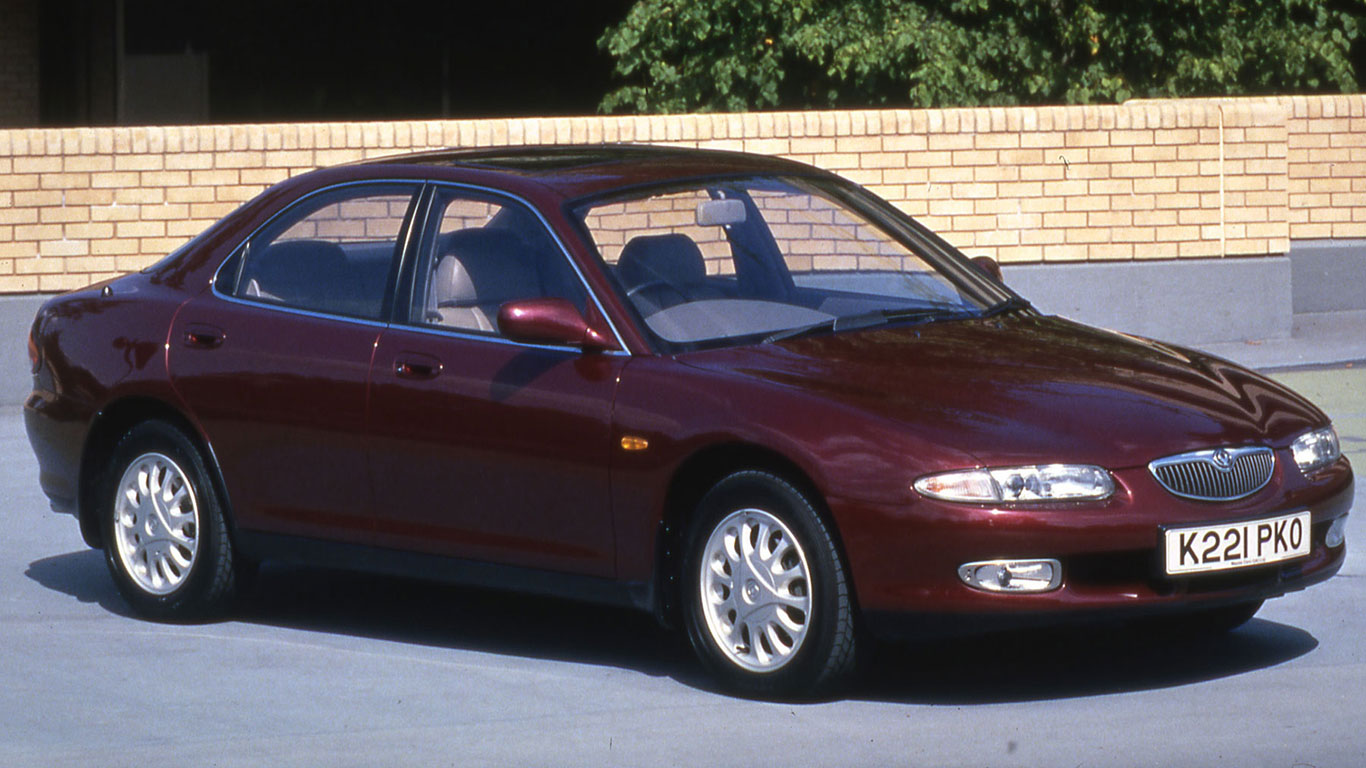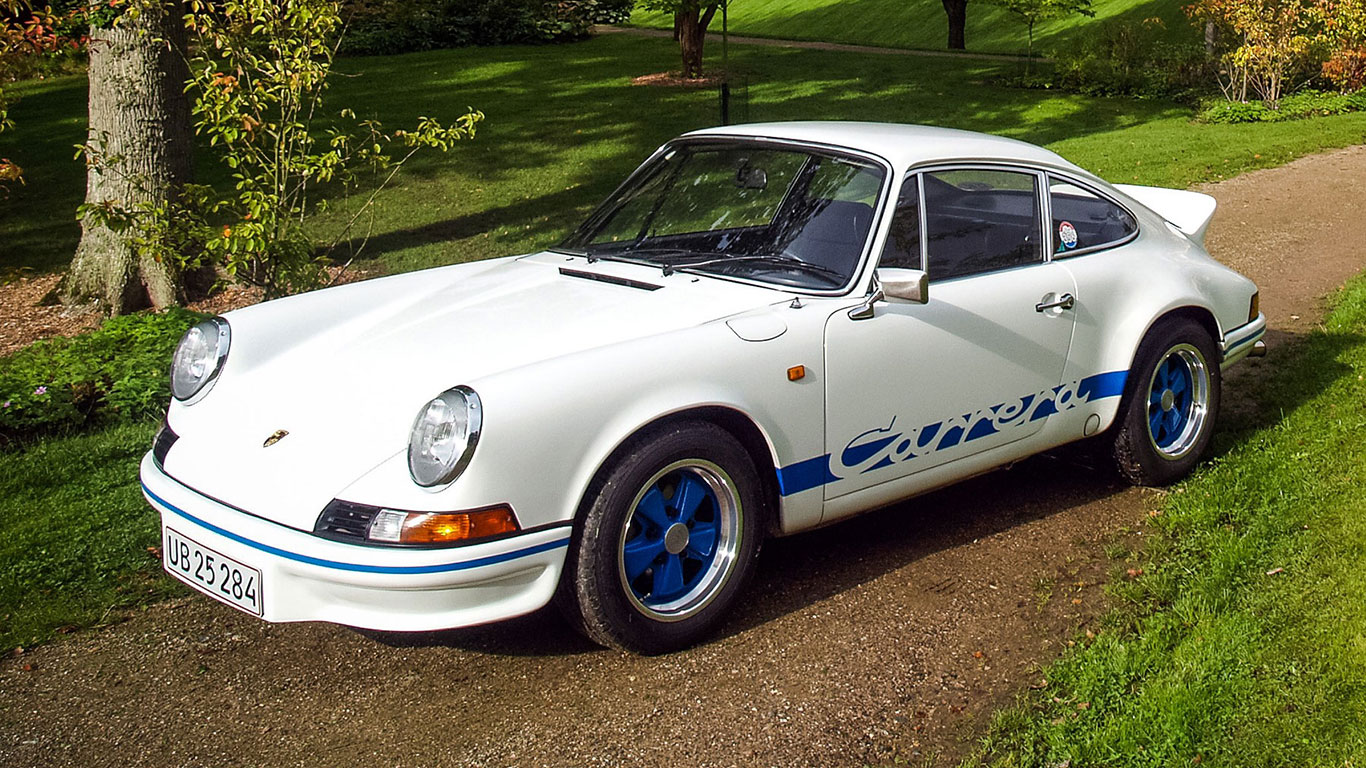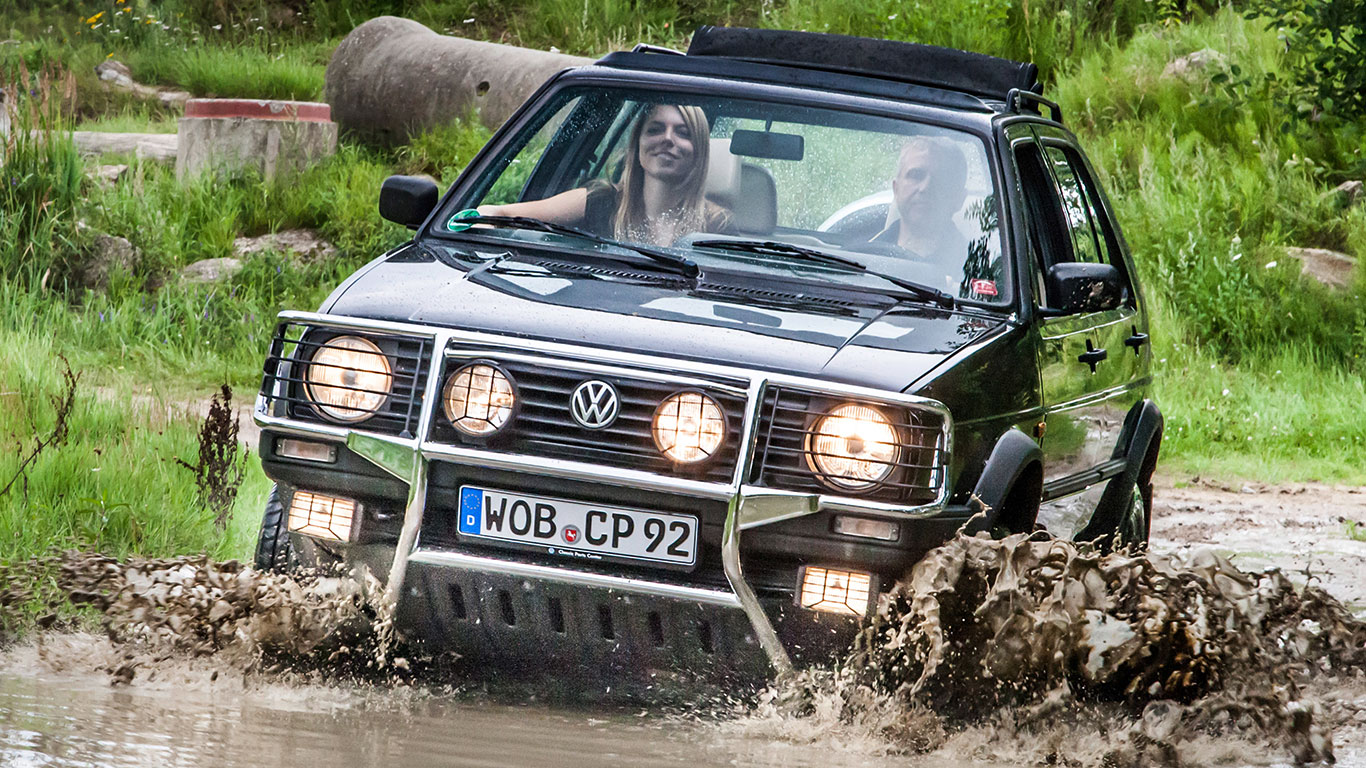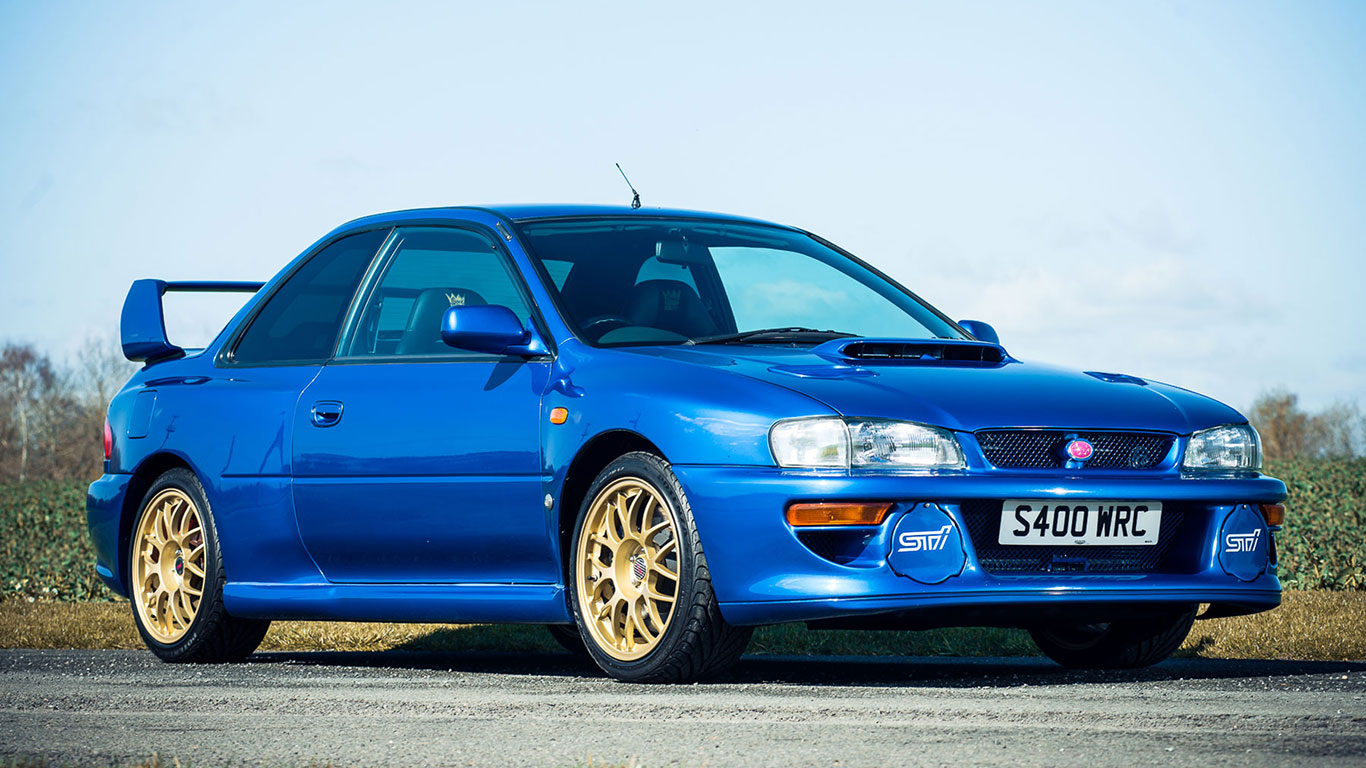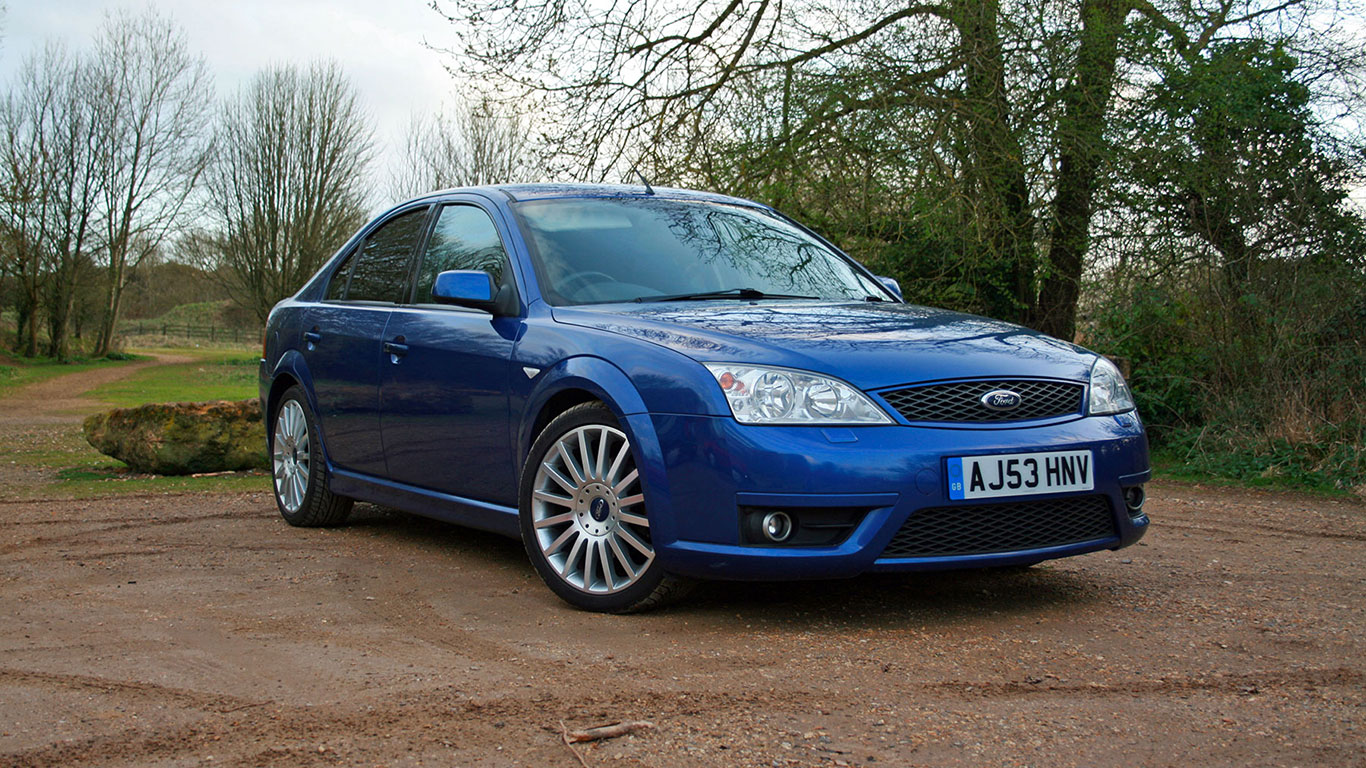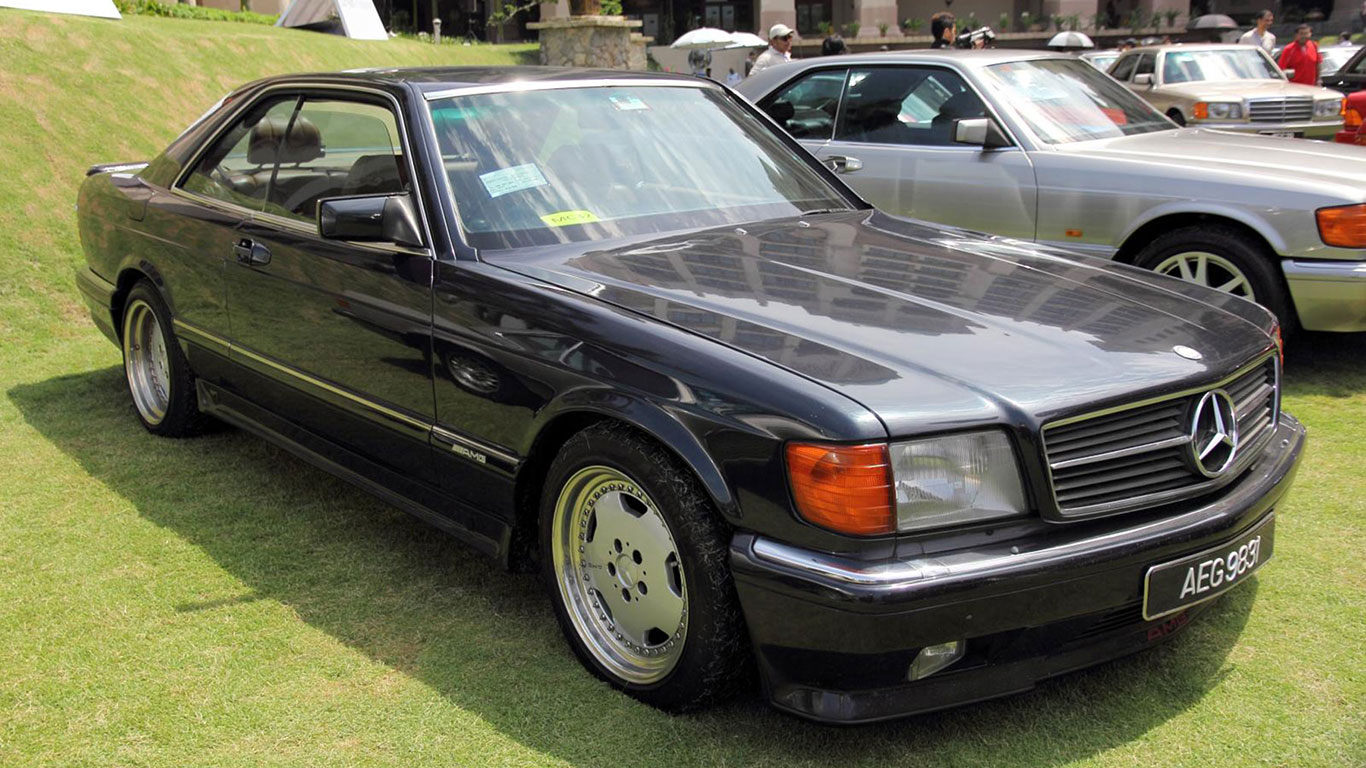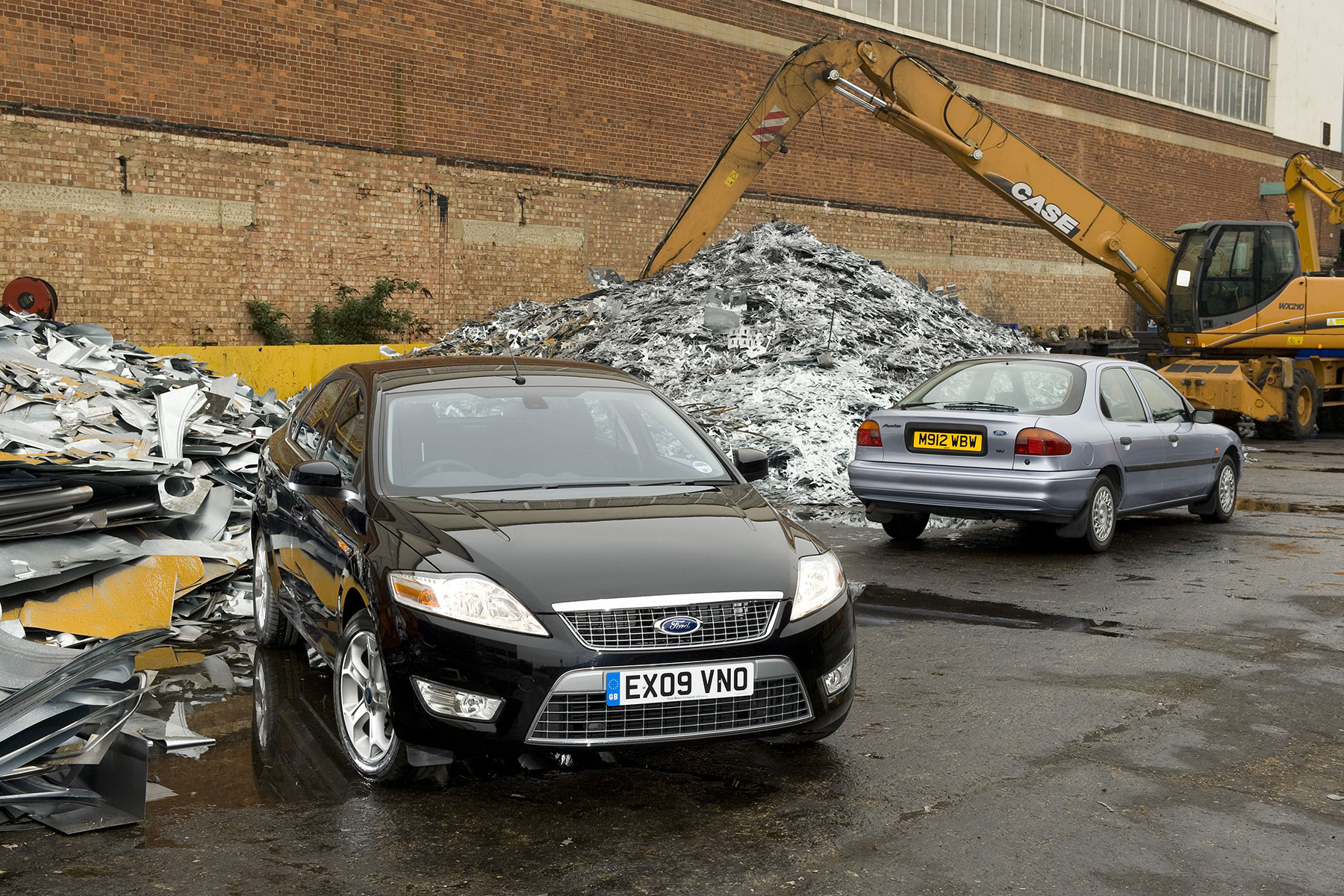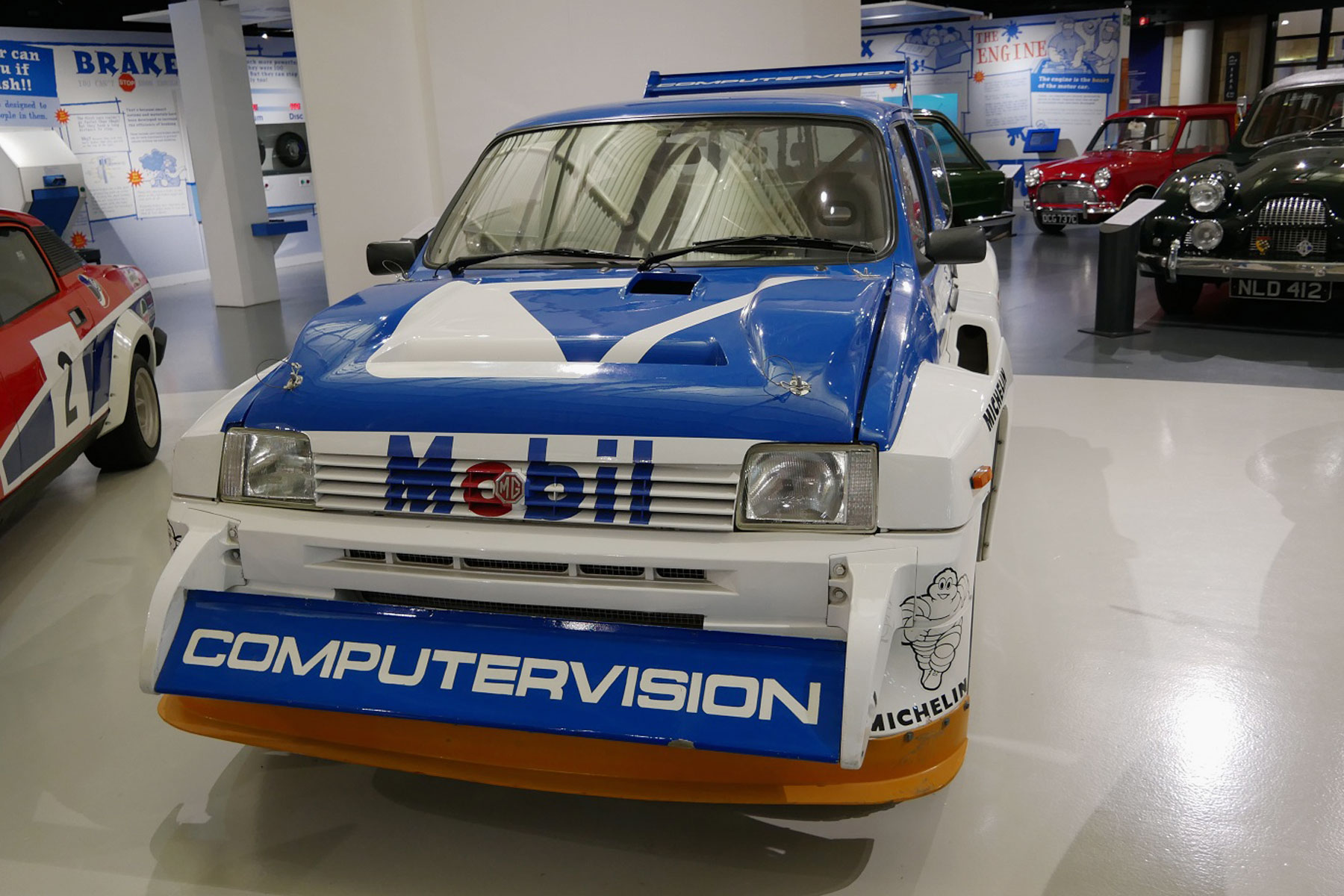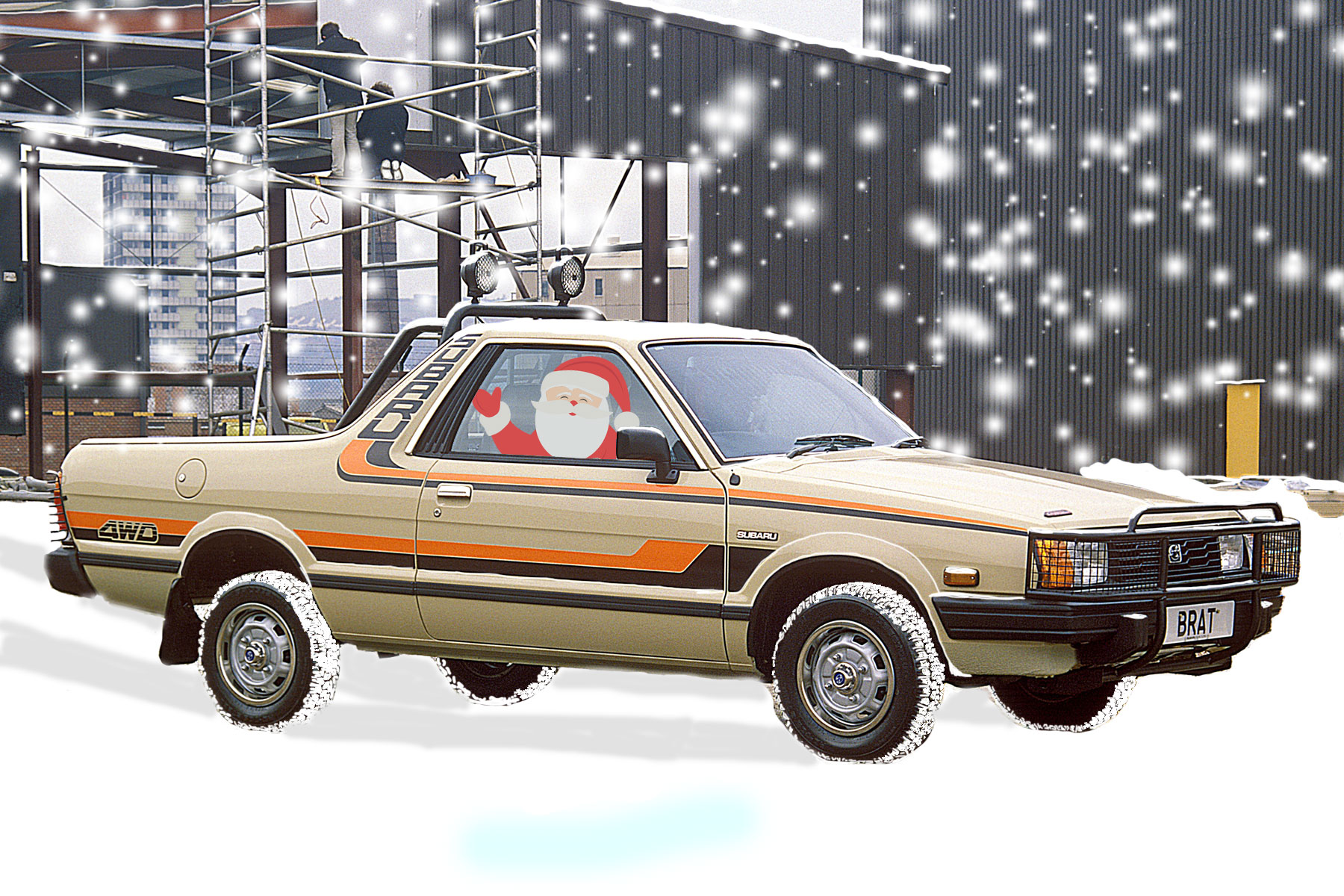
According to a recent festive press release, Santa would approve of the new MG ZS crossover. Really? Pull the other cracker.
Enough of this makebelieve, fairytale nonsense: everybody knows that Father Christmas would prefer to drive a Subaru BRAT. To paraphrase Loyd Grossman: let’s examine the evidence.
You’d think that, with a name like BRAT, the Postmaster General of Presents would avoid this particular Subaru like a child avoids thank-you letters. He does, after all, have a thing against naughty children, favouring kids who appear closer to the top of the nice list.
Of course, Little Saint Nick has delivered enough copies of the Observer’s Book of Automobiles in his time to know that BRAT stands for ‘Bi-drive Recreational All-terrain Transporter’, and is well travelled enough to know that it goes by different names across the world.
Brumby, Shifter, MV, Targa, 284 and MPV are the names Santa may have stumbled across in his epic journey around the globe. But BRAT is the name most people remember with great affection. Santa included.
That’s, er, Santa Barbara, by the way. None other than former President of the United States of America, Ronald Reagan, owned a Subaru BRAT, keeping one on his beloved Rancho del Cielo in California.
For Subaru and Reagan, it was a perfect match. The President had full use of a tough-as-old-boots, go-anywhere pick-up for the 688-acre ranch, while Subaru had its very own test driver, who would provide regular updates on the behaviour of his little BRAT.
Not that Reagan would have scored too many political points for driving a Japanese tax-dodger. His presidency coincided with a time when Japan’s carmakers were trouncing Detroit on its home soil, which is why you’ll never see a photo of Reagan at the wheel of the Subaru.
Oh, and that thing about tax dodging. Subaru fitted a pair of rear-facing jump seats, seatbelts and carpets to the bed of the BRAT, which transformed the pick-up into a passenger vehicle. As a result, the BRAT was exempt from the so-called ‘chicken tax‘, saving the company thousands of dollars in import duties.
Fun, fun, fun, in the sun, sun, sun
Subaru of America was keen to ram home the ‘Fun in the Sun’ message, with the ad team taking the ‘if we keep saying the same thing over and over again it will become the truth’ approach to marketing. Dear American taxman, it’s not a light truck, honest.
Which is why you’ll see promotional literature featuring the BRAT with a set of golf clubs in the back, or a pair of California girls doing the whole Beach Boys thing in the flatbed.
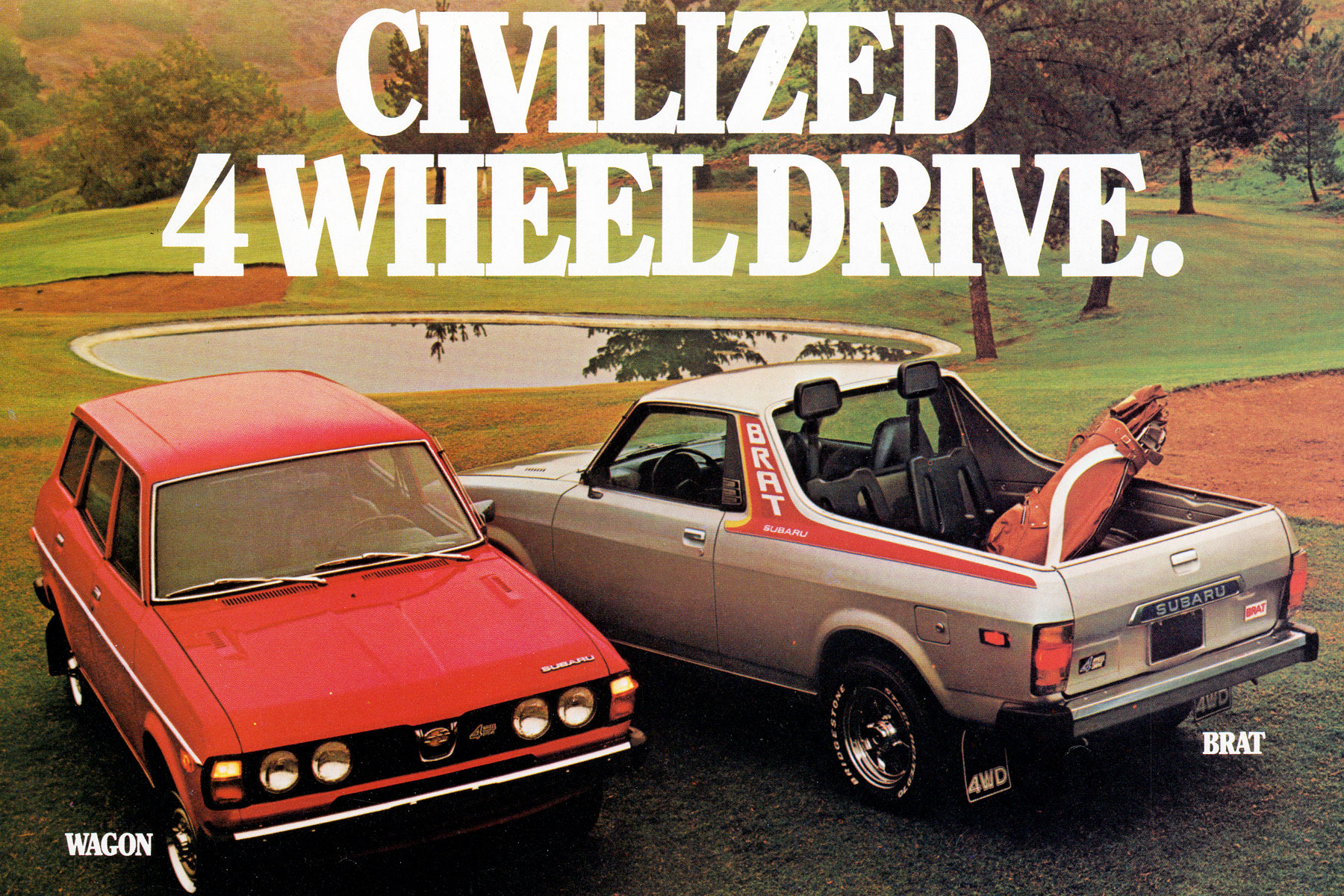
Over here in the UK, the Subaru MV 284 was less about dolls by a palm tree in the sand and more about Mid-West farmer’s daughters. Mid-West Wales, to be precise.
One brochure image showed a Subaru MV tackling a slight incline with a flat cap-wearing gentleman at the wheel. “This really tough one has gentle ways and a generous 570kg payload deck,” proclaimed the headline.
It was about as far away from French bikinis on Hawaii island as you could get. More John Deere overalls and warm beer in Haworth, to be honest.
Thanks to their no-nonsense approach, these selectable-four-wheel-drive pick-ups struck a chord with the rural community. Economical 1.6 or 1.8-litre flat-four petrol engines, a transfer ‘box offering a set of low ratios, and that chuck-in-and-go load bed made them a hit with the nation’s farmers.
And because they looked cool – in a Ranchero or El Camino kinda way – they worked off the farm, too. Stick a pair of Honda trials bikes in the back for a passable impression of Sammy Miller. Although Miller was more of a Triumph 2.5 PI man.
Sadly, the BRAT’s go-anywhere spirit extended to its ability to rust, with corrosion able to take hold just about anywhere. Although many were well maintained, cosmetic sympathy was at a premium, and there’s so only so much tinworm a friendly MOT man in the dales would be prepared to overlook.
Which is why the number of 284’s listed as SORN is more than three times the number of taxed and tested examples. Spend a few hours in the countryside, and it won’t be long before you spot a BRAT, although some won’t have seen a public road in many a year.
Better than a one-horse open sleigh
Which brings us back to the original point: Santa would drive a Subaru BRAT. Consume one too many brandies, squint hard, and the pick-up even looks like a sleigh. And because it’s a Subaru, it will be able to dash through the snow better than any one-horse open sleigh ever could.
It’s more practical and flexible than Prancer, Dancer and whatever the other reindeer are called, and it won’t need mucking out after a night parked in the stable. And remember, a Subaru is for life, not just for Christmas. You can’t say the same about Rudolph, whose glowing red nose – no matter how clever – is only relevant once a year.
Amazingly, Subaru of America even thought to provide transport for Santa’s little helpers, launching a range of ‘Mini BRAT go-karts‘ for the elves. If this isn’t the best period press photo you’ll see today, we’ll eat our Betamax VCR and wash it down with a glass of Brussels Sprout juice.
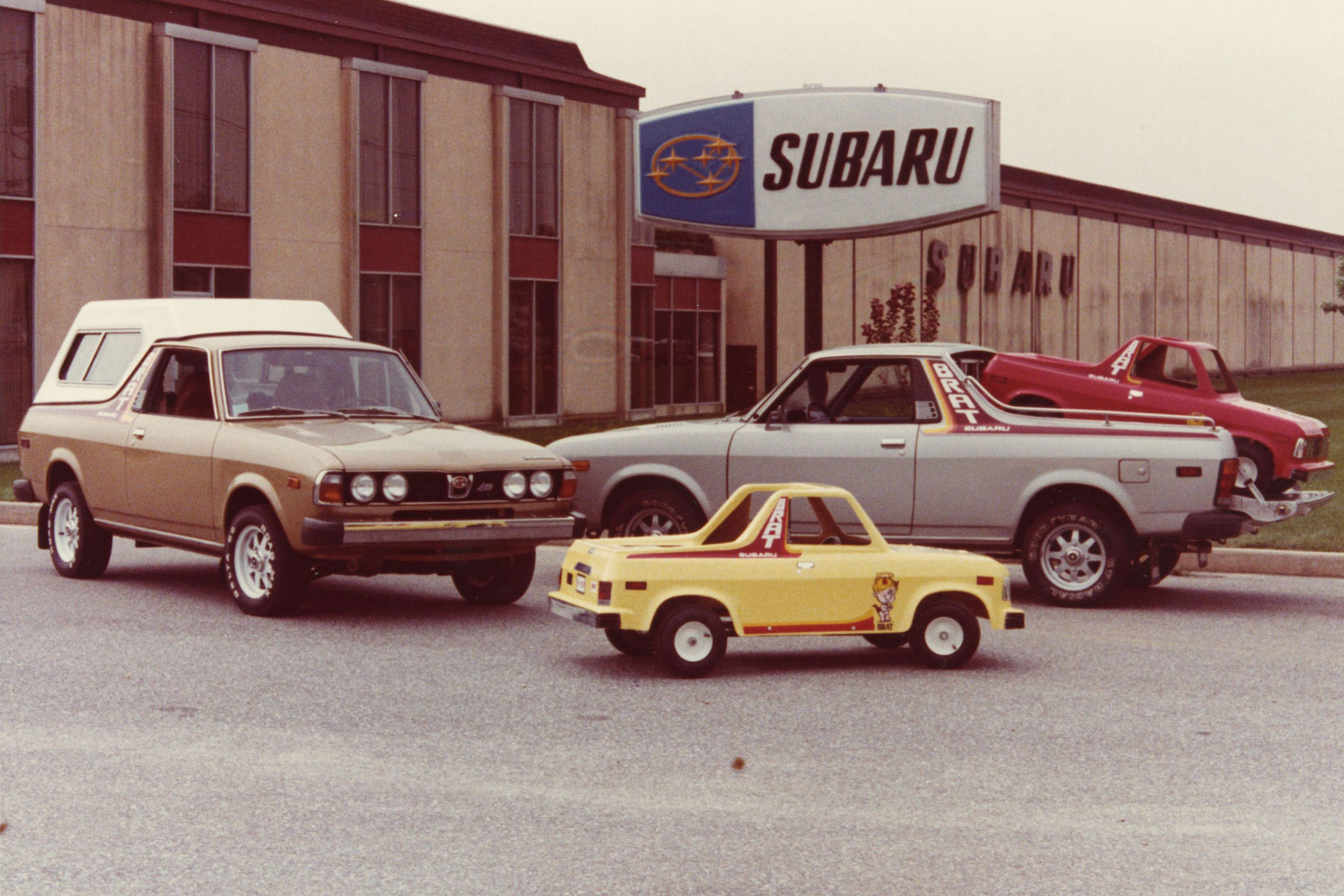
The Subaru BRAT: if it’s good enough for ‘Gipper’, Joy Turner of My Name is Earl fame, and the farmers of Wales and the Yorkshire Dales, it’s good enough for Papa Noël. And it’s good enough for you, too.
Merry Christmas, BRAT lovers.
More on Retro MR
